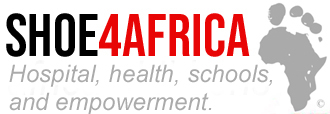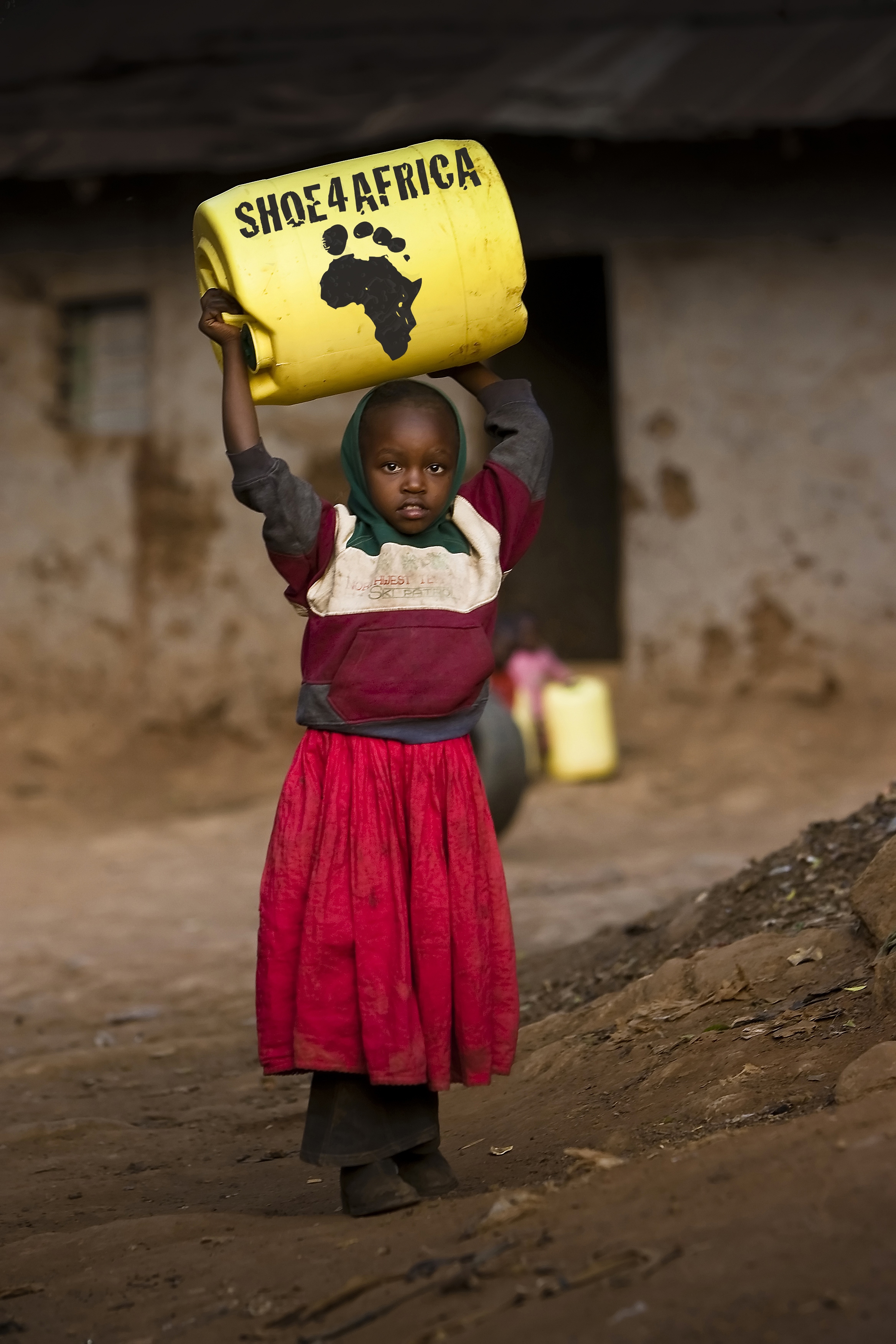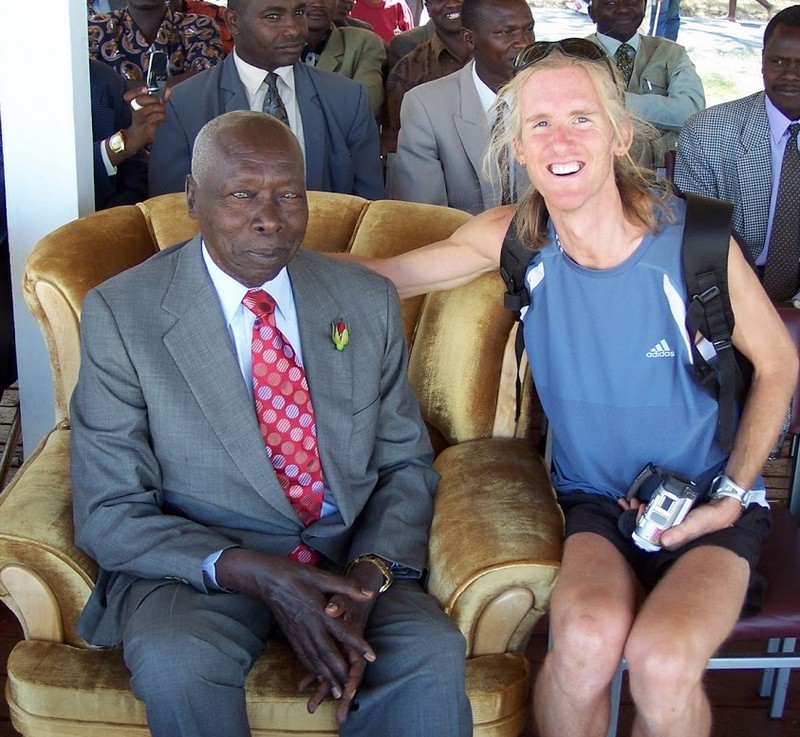People ask me, “What’s your memoir about—and why should I read it?”
In a nutshell (or a shoebox), it’s the story that makes you say, “If he could do it, why not me?”
It’s a crash course in chasing the impossible: a no-nonsense, boots-on-the-ground guide to building a children’s hospital in Africa—without a medical or construction related degree, without deep pockets, just a relentless belief in purpose. It’s about reinvention, finding meaning in the mess, and using whatever you have—your voice, your network, your grit—to change lives. It’s part adventure, part how-to manual, part heartstring-puller—and it ends with something remarkable. This is not just a memoir. It’s a spark. A blueprint. An open door.
Chapter One. The Berk
The book begins as I’m boarding a plane to Kenya—from Sweden. Why Kenya? Honestly, I’m asking myself the same question. My original dream? Albuquerque, New Mexico. A place blessed with modern comforts—electricity, running water, maybe even decent coffee. But then along came Noel “The Berk” Berkeley, a silver-tongued Irish Olympian with a bucketful of bold ideas and absolutely no off-switch. He promised adventure. He promised impact. He promised to change my life.
There was just one small issue: where the heck was Noel?
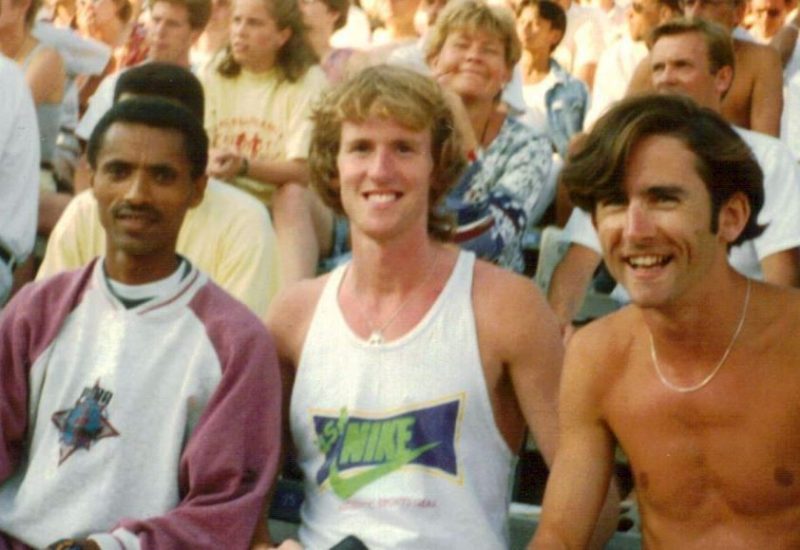
Above: 1994, Noel, (to the right), with Ethiopian Olympic silver medalist Fita Bayissa, whom I had met in Spain two years earlier, and me at a track meet.
Chapter Two. Who do you Want to be?
Every kid grows up with different aspirations and wild ideas. Me? I had plenty—and none of them seemed to stick for long. I had an eclectic childhood, the kind that doesn’t fit neatly into any box. It ended (or maybe began?) with me dropping out of school and running off to live in Amsterdam. Yep, Amsterdam. Not exactly a textbook move, and certainly not in any career guidance brochure.
Okay, we all make mistakes. But was it a mistake? Amsterdam taught me more than any classroom ever could. I learned how to survive in a city pulsing with freedom, creativity, and contradiction. I learned how to hustle, how to adapt, how to live with almost nothing and still feel alive. It didn’t chart a clear path forward, but it cracked open my world—and showed me that I didn’t have to follow anyone else’s map.
Looking back, it was the first step toward a life I never imagined: one of purpose, reinvention, and, eventually, building something much bigger than myself.
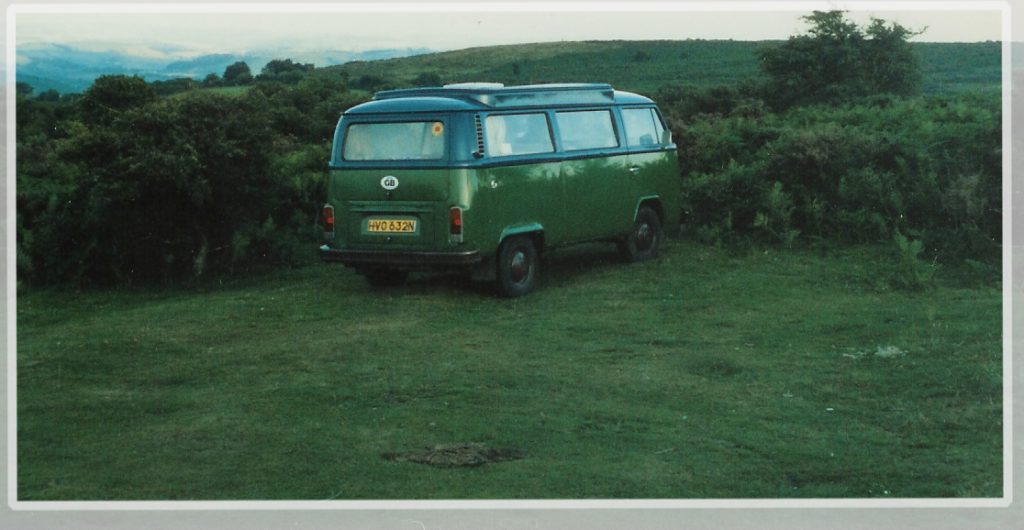
Above: The Green Van, hand painted to blend in for illegal camping purposes.
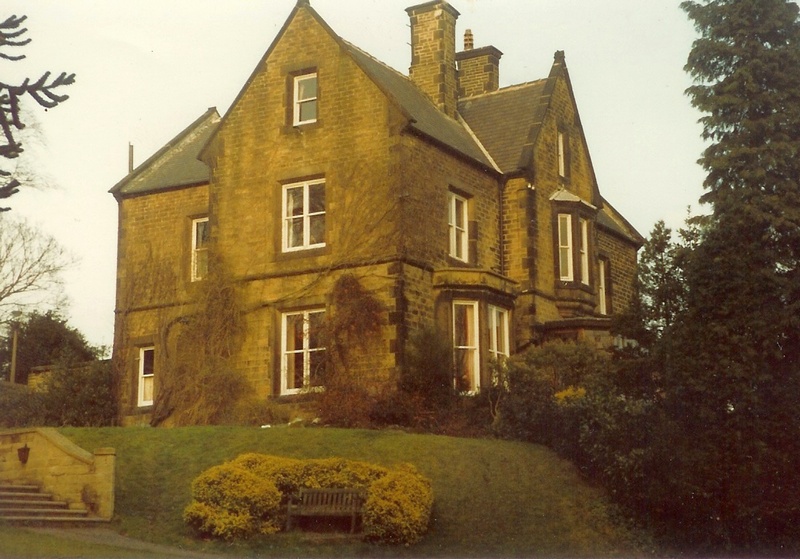
Above: Growing up at Tintagel House, with the enchanting Merlin Theatre just next door on the same grounds, was a true blessing. It felt like living inside a storybook—where every day held a hint of magic, creativity, and the unexpected.
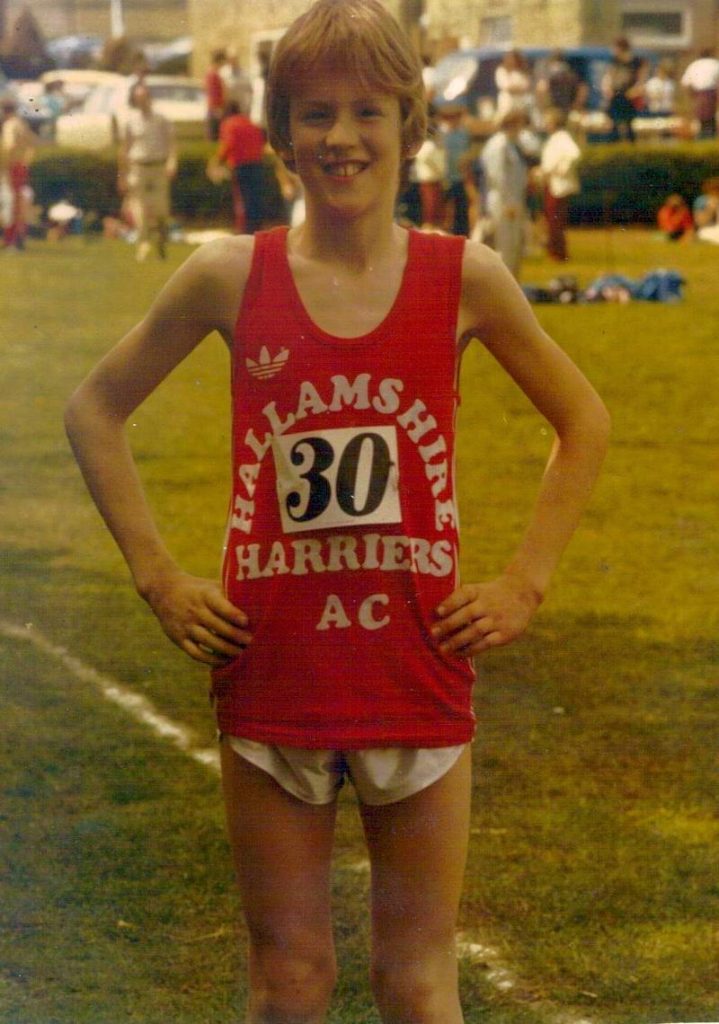
Above: Running With Destiny. At twelve, I began running competitively, and within a year qualified to compete at the prestigious English Schools Championships. The feeling—that rush of freedom, the rhythm of breath and stride—never left me. Nine years later, after a near decade of inactivity, then chain smoking and heavy drinking, I returned to running, not just as a sport, but as a calling that would shape the path of my life in ways I never could have imagined.
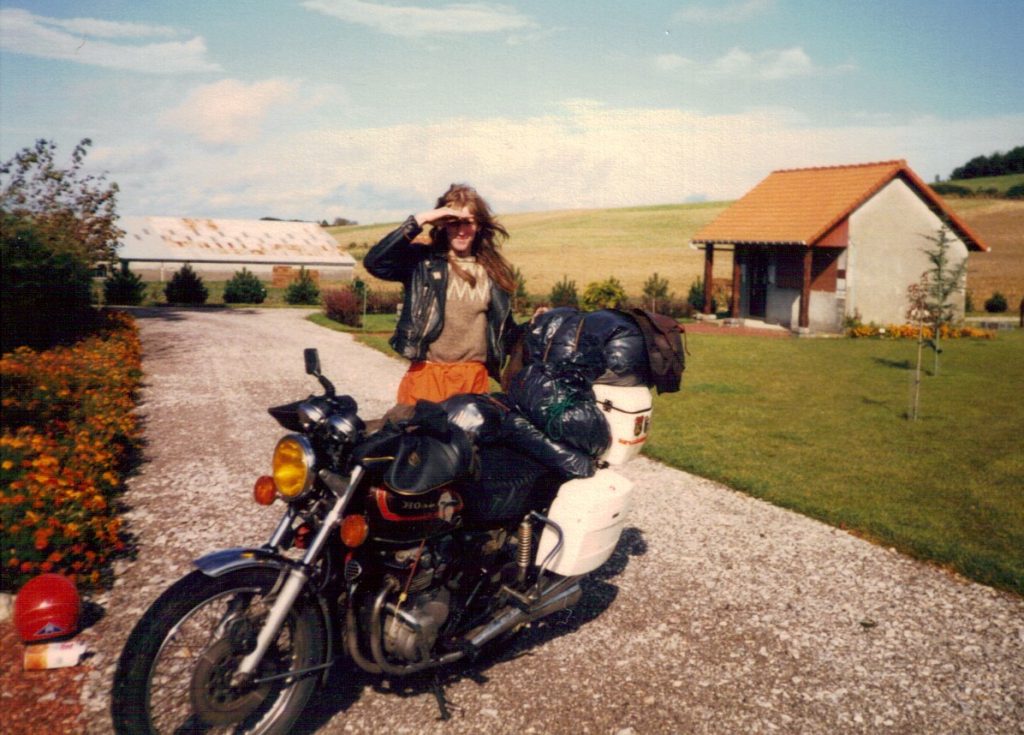
Above: Leaving school, I drifted—no clear direction, just a restless aching, urge to explore. I took off on spontaneous trips across Europe, more than often with no set destination, only with a dream and a backpack. Being out of my comfort zone forced me to grow up quickly. With every unfamiliar city, on every day, every broken conversation in another language, I discovered something new—not just about the world, but about myself. Travel, I realized, wasn’t just movement. It was my transformation and education. It broadened my horizons and quietly laid the groundwork for everything that was to come.
Chapter Three. The Trigger Moment
There comes a time in life when you pause and ask yourself, “Am I stuck? Will I still be doing this in twenty years?” It was during one of those quiet moments—staring at a friend’s television set, lost in thought—that everything shifted. On the screen, I saw a familiar face, someone from my past. That flash of recognition jolted something deep inside me. Soon after, I started jogging, then booked a flight to Iceland—an impulse decision that became the unlikely catalyst for change. I had no idea then, but that trip would jolt me out of the rut and set me on a path I never could have imagined.
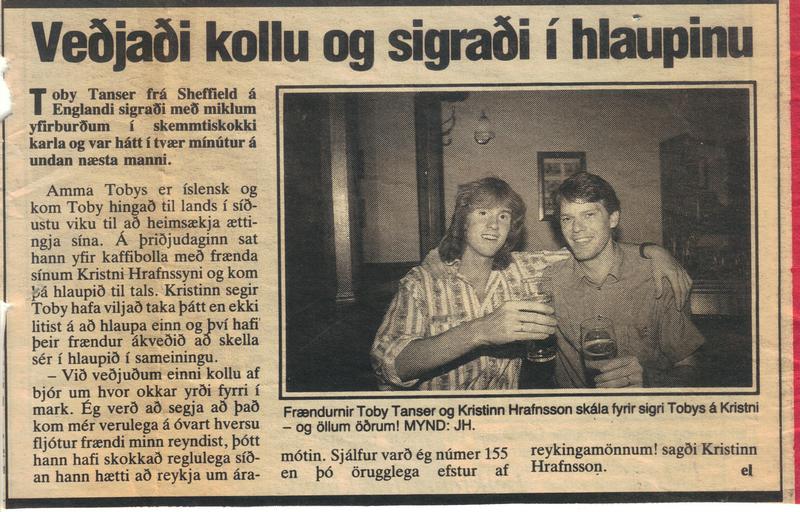
Above: The Trigger Moment in Iceland
When I landed in Iceland, I had no idea I was walking straight into a turning point. My mission seemed simple enough: visit my second cousin, Kristinn Hrafnsson—today an investigative journalist known for his work with WikiLeaks—and try to convince him to quit smoking. I figured the best way was to lead by example. So, on a whim, I challenged him to enter a local road race. The wager? A beer if I won, and hopefully a spark of inspiration for Kristinn to swap cigarettes for running shoes.
I didn’t expect much. After all, it had been a decade since I’d raced seriously as a kid. But something clicked. I ran like my life depended on it—and won, breaking the course record. That impulsive decision, meant to be a bit of fun, ended with a surprising twist: a Nike representative approached me at the finishing line, and soon after, I signed a contract.
What began as a casual bet for a beer became the ignition for a life I never planned, but somehow always craved. It wasn’t just a race; it was the first step to my destiny.
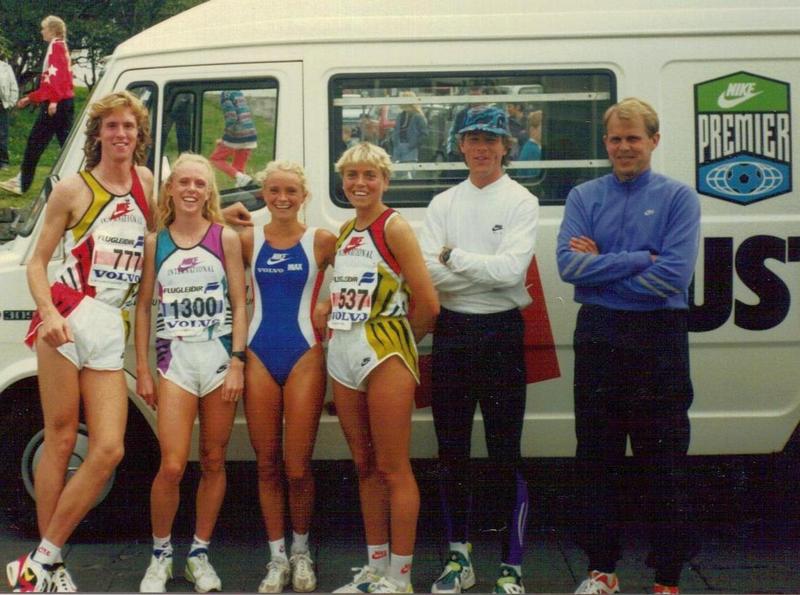
Above: With the Nike Nordics. What an honor to win a NIKE contract!
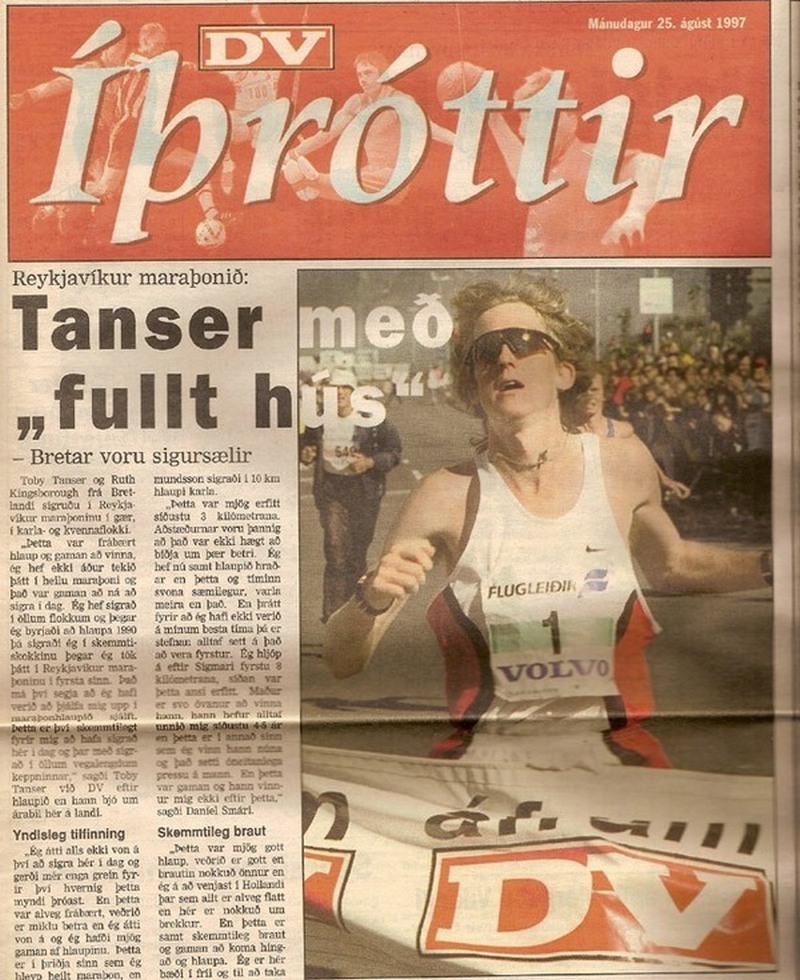
Above: Running in Iceland was a blast! Many doors were opened due to my performance.
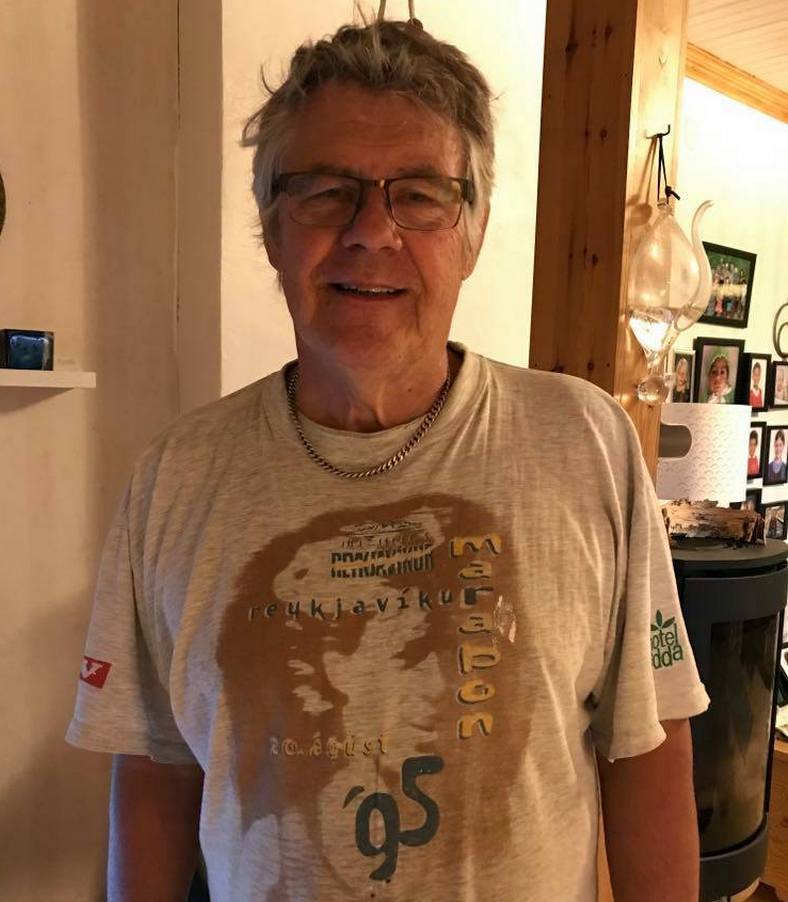
My face appeared on the official Reykjavik Marathon T-shirt! Here worn by Sten-Olof who kindly welcomed me to Sweden in the early nineties.
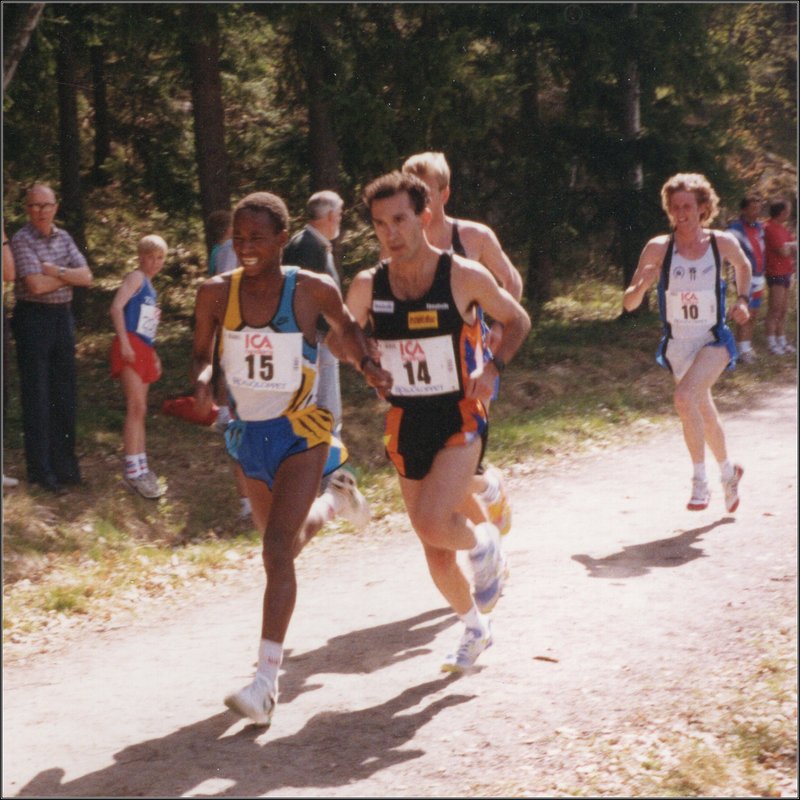
A Brush with Greatness
Two years earlier, I had sat watching Simon Robert Naali on television, winning a championship medal in a thrilling battle against my childhood teammate, Carl Thackery, now racing at the Commonwealth Games. That moment pulled me out of a rut. As Carl—part of my past—faded from the screen, I became transfixed by Simon’s fierce tussle with Douglas Wakiihuri for the gold.
To me, those runners embodied everything I wasn’t at the time: focused, driven, successful—living what I imagined to be a purposeful, exhilarating life on the world stage.
Now, unbelievably, I was running with Simon (bib #15). He was leading, his stride unmistakable. I was just a few paces back, trying to grasp the surreal nature of it all. Before he pulled ahead, we brushed shoulders—a fleeting contact, but one that hit me like a jolt. It felt like a current passing between two lives, mine and his. In that instant, I realized I wasn’t just chasing Simon—I was chasing the lifestyle I hoped to become.
I didn’t catch him that day until after the finisihing line. He placed second, and I came sixth. But for me, the result was more than a finish—it was a powerful validation of direction, of purpose, of finally stepping into my own stride.
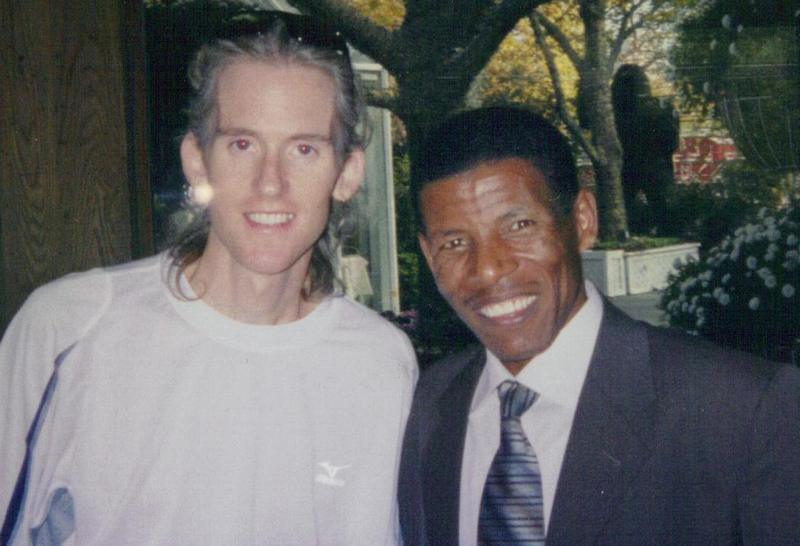
Above: Running opened doors—not just to places, but to people. In 1993, after a race in Europe, I found myself at breakfast with three Ethiopians. One was Fita Bayissa, already renowned for his Olympic silver medal. Another was Worku Bikila, a rising name. The third was a quiet, unassuming man named Haile Gebrselassie. At the time, he was just beginning to make waves. No one could have predicted that he would go on to become one of the greatest distance runners in history.
Years later, we crossed paths again. Despite his global fame and significant wealth, Haile remained grounded—still humble, still kind, still very much the same man I’d shared that breakfast table with all those years ago.
Chapter Four. Into Africa.
Now, the story circles back to its core theme as my journey into Africa begins. Initially, my goal was simple—I wanted to uncover the secrets of how to run faster. I had planned to stay six weeks, train hard, then head back to Sweden. But Africa had other plans. What started as a quest for speed soon became something far greater. The continent offered more than just running—it offered transformation, purpose, and a cause that would change the course of my life.
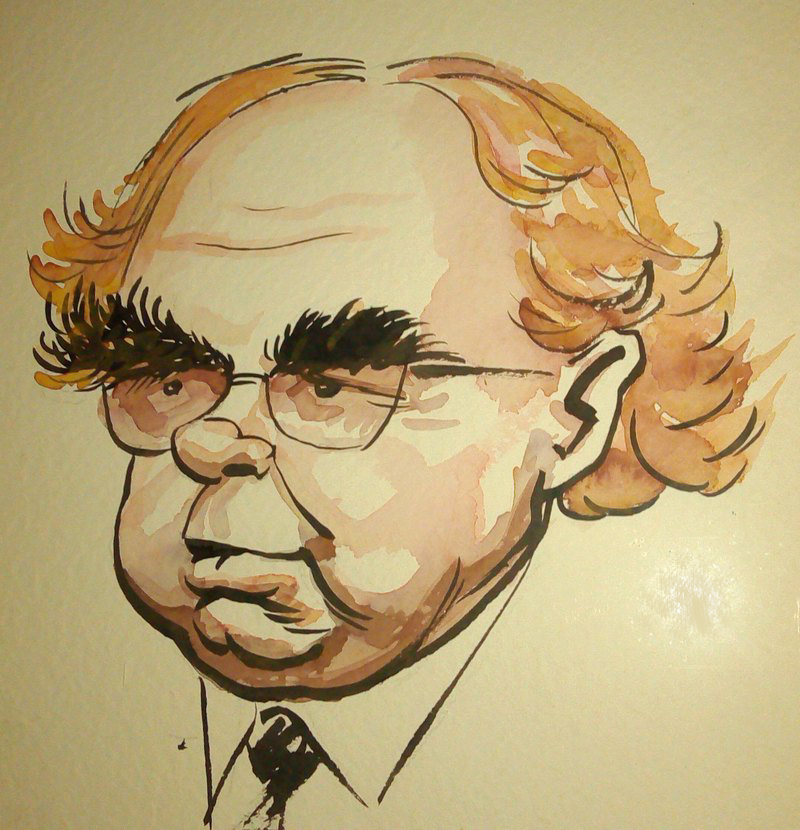
Above: My grandfather, Afi, belonged to a small, exclusive literary circle led and taught by none other than E.V. Gordon and J.R.R. Tolkien. Stories, words, and worlds were part of his everyday conversation. One day, Afi handed me a book that his teacher had written, the Hobbit—not with fanfare, but with quiet intention. I didn’t know it then, but that small gesture carried a powerful message. It became a guiding theme in my life: to begin your own adventure, you don’t wait for permission or perfection—you just start.
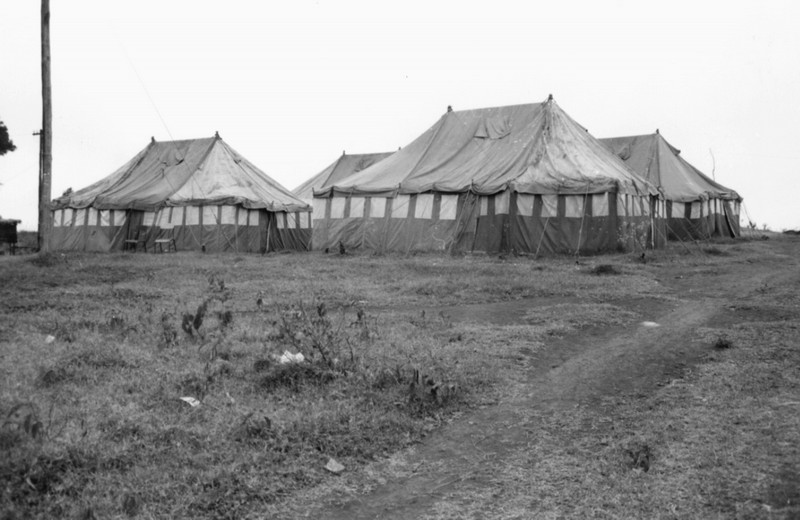
Above: The World’s Best Training Camp — Ngong Hills, Kenya.
In the 1990s, this was home to the fastest runners on the planet. No cutting-edge technology, no electricity, no labs, no VO₂ max testing, or running water—just iron bunk beds, dusty trails, and pure, unfiltered grit. The irony was striking: in a world chasing performance through data and devices, here were hundreds of the fastest ever athletes pushing human limits with nothing but heart, hunger, and hills.
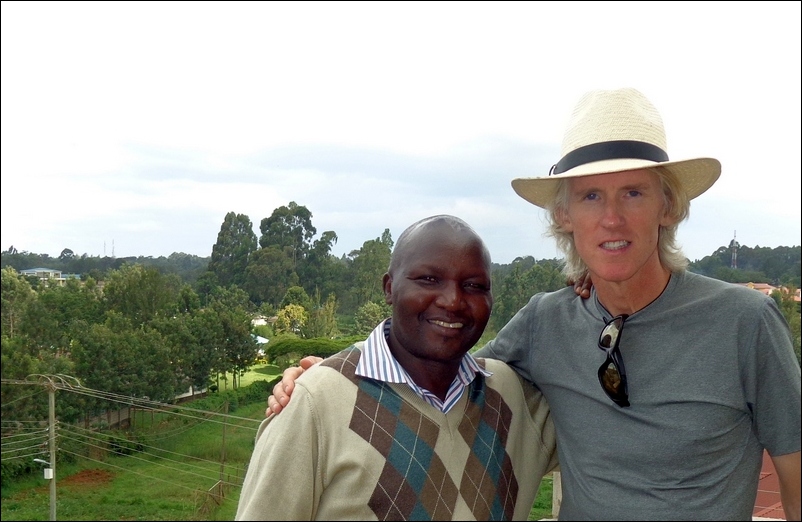
Above: From a Chance Encounter to a Life-Changing Mission.
I met Moses Tanui on my very first morning in Kenya—by pure coincidence—while running on a random road. I had no idea then that I’d later train alongside him as he made history by winning the 100th Boston Marathon in 1996. Years later, in 2008, I was sitting in his café when, out of the blue, I received a message that would change my life: a proposal to build East & Central Africa’s first-ever public children’s hospital.
Here we are, one more decade later, standing on the roof of that same café. In the distance, on the far left, you can see the hospital we built—proof that sometimes the most meaningful journeys begin with a random run and a heart open to oportunity..
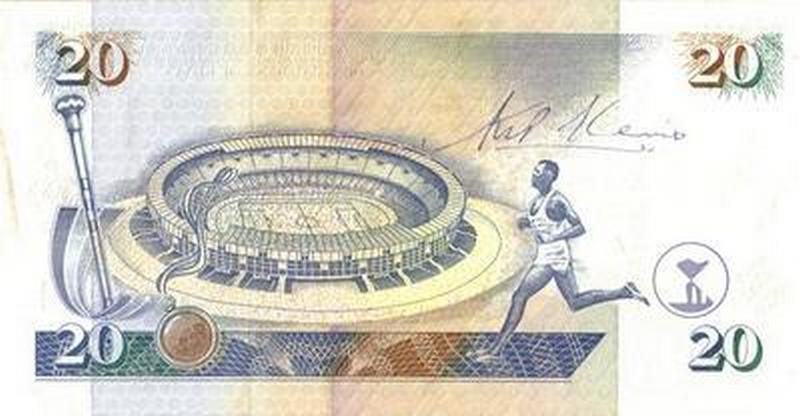
Above: A Legendary Encounter.
On my very first day walking into Eldoret—December 31st, 1995—I stumbled into Sizzlers Café and, to my amazement, bumped into none other than Kip Keino, the legendary Olympic champion. With nothing else on hand, I pulled a 20-shilling note from my pocket, which bears his picture, and asked him to sign it. That scrap of currency, once worth just twenty cents, holds far more value to me now—a reminder that sometimes history finds you when you least expect it.
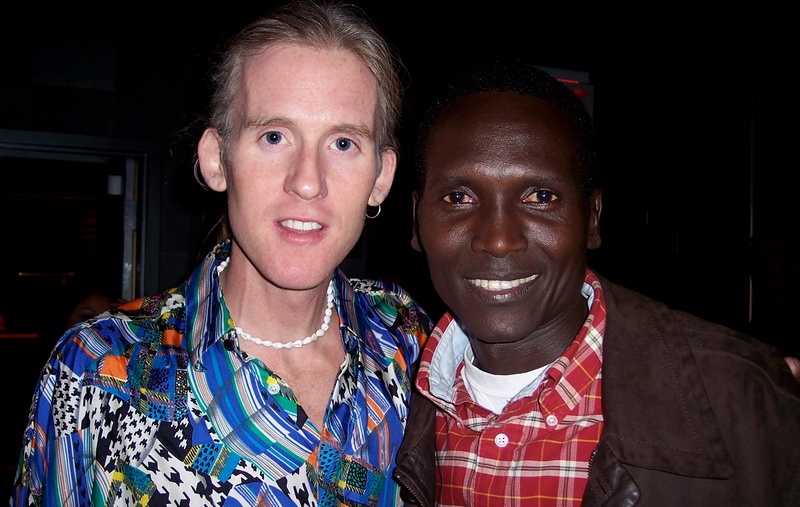
Above: Wisdom in Simplicity.
In 1995, at the training camp in Kenya, I met a young Paul Tergat—then just beginning what would become one of the most celebrated running careers in history. I learned a great deal from Paul, not just about training, but about mindset and clarity. One lesson stood out more than any workout: his “too many chefs” story. Paul believed in simplicity and finding your purpose—too many voices, too many directions to chose from, and your purpose gets watered down. His quiet focus and humility left a lasting impression on me, long before he became a global icon..
Chapter Five. Camp life, Street death.
Life is all interrelated—I’m sure of it.
What began as a simple decision to run with Kenyan athletes became the thread that pulled me into my destiny. I thought I was chasing faster times, personal records, a runner’s life. But what unfolded was something far deeper. Oddly enough, this wasn’t a story about running as a sport. It became a story about purpose, people, and the unexpected places your feet can carry you when you follow your gut and just keep going.
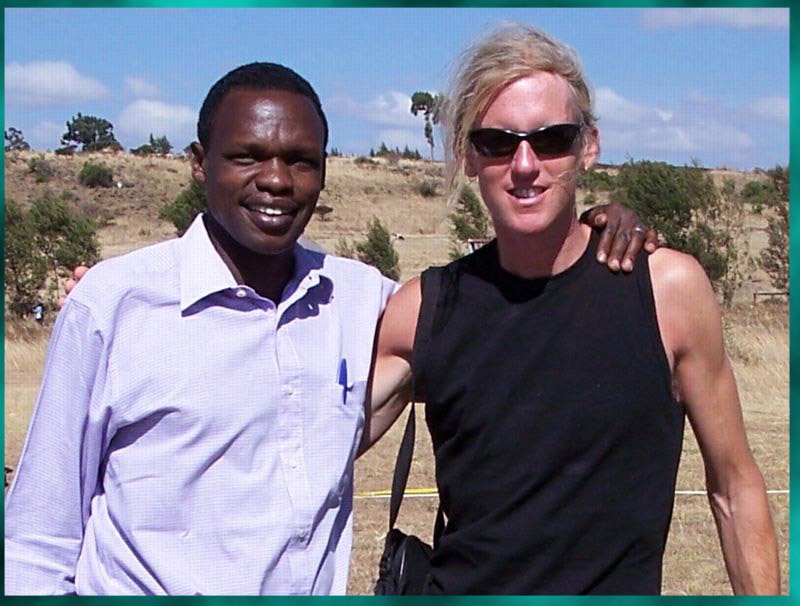
Above: This chapter captures a vivid glimpse into life at a Kenyan training camp and a day spent walking the buzzing streets of Nairobi. One of my early training partners during that first trip was Olympian Patrick “Silver” Sang. At the time, we were just fellow runners—later, he would become my in-law (bomuru), and today, he’s renowned not only as one of the world’s top coaches, but also as one of Eldoret’s most respected businessmen.
It was Patrick who introduced me, back in 2002, to a quiet young man from his village. “He’s a relative,” Patrick said, “and he has talent.” That young man was Eliud Kipchoge. Just a year later, he became a world champion.
Here we are in 2007. Eliud (below) would go on to become the greatest marathoner of all time—and in 2015, he graciously accepted the role of our first hospital ambassador.
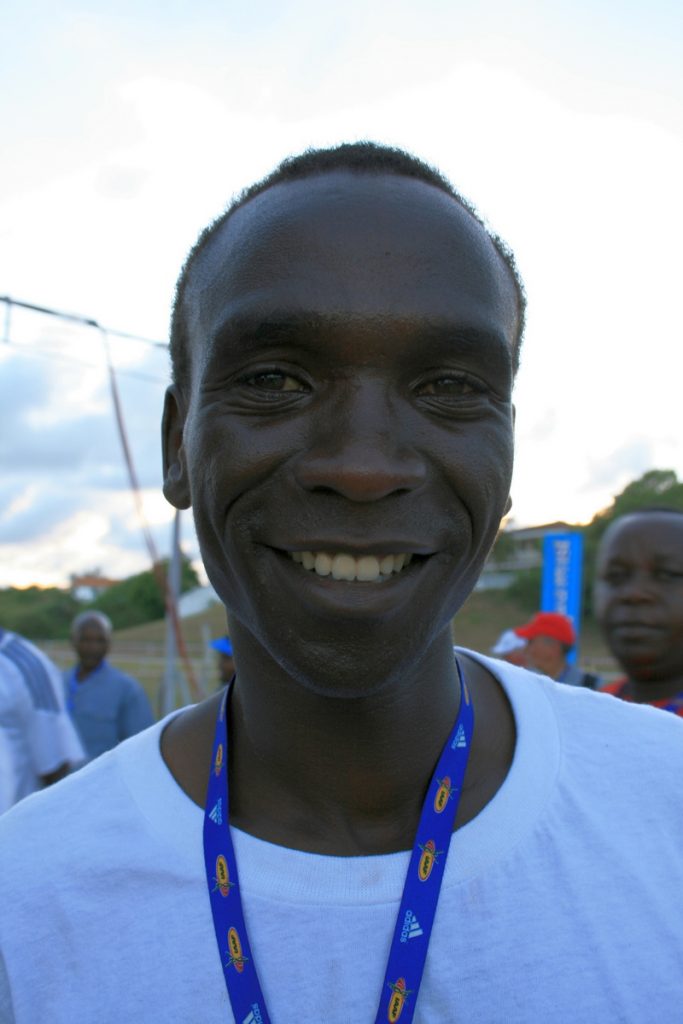
Chapter Six. Kibera, Koitalel & Crocodiles.
What was meant to be six weeks in Kenya stretched into over six months—each moment unfolding like a stepping stone guiding me toward purpose. There were pivotal experiences that changed everything: staying deep in the heart of Kibera Slums, where resilience lives in every alleyway; crossing a crocodile-infested river on Christmas Day, clinging to faith and instinct; and joining a competitive race in Machakos Town, surrounded by Kenya’s finest champions.
It was no longer a running story. It was all about transformation.
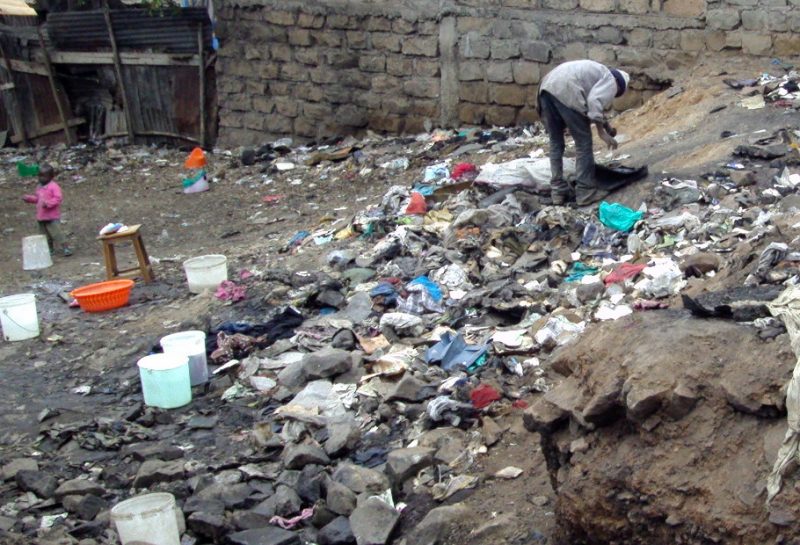
Above: Haunting sights —men in the slums sifting through the discarded waste of those who already have so little. When the poorest you know are met by the even poorer, it reshapes your sense of what poverty means. It’s a moment that doesn’t just break your heart—for me it galvanized me to make change for those born into these circumstances.
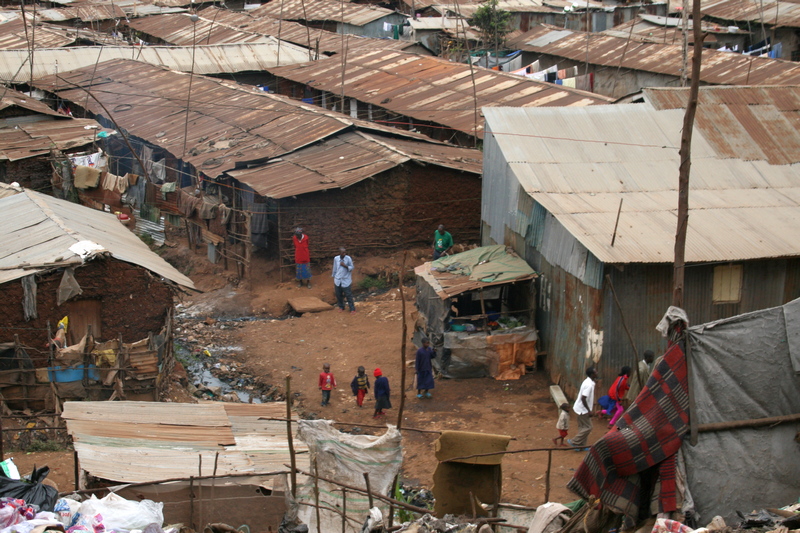
Above: Rivers of sewage snaked through the streets, cutting through the makeshift mud and tin-roofed shacks, a stark reminder of the deep divide between survival and a loss of hope. In these conditions, life becomes a battle—one where dignity can be a casualty.
Chapter Seven. Shoes to Africa, Airport Experience, & a Swedish Angel.
Above: How I got arrested at the Paris Airport and ended up barefoot in the snow at Arlanda Airport in Stockholm might sound like the worst travel story ever—yet, looking back, these moments of chaos were the unexpected catalysts that led me to something much greater.
The arrest in Paris was a result of my own carelessness, and its repercussions, that left me standing barefoot in the snow in Sweden, was all my doing. But in the midst of these blunders, I met an angel—a person whose act of kindness changed the course of my life.
Sometimes, it’s through the roughest patches that the brightest blessings reveal themselves. And, though these were mistakes that could have easily broken me down, they became the stepping stones to something far bigger than I could’ve imagined.
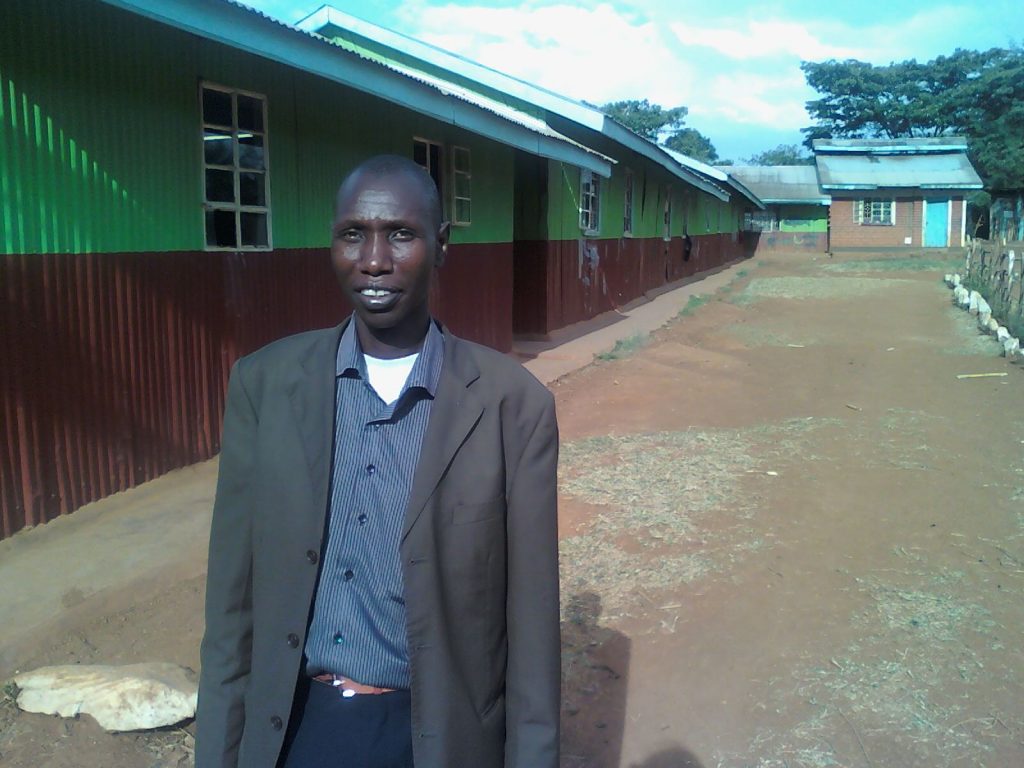
Above: One of the first athletes I ever gave shoes to was a beginner runner named Simon. At the time, he was just starting out, unsure of his potential. Simon began to improve at an astonishing rate. He went from being an unknown to becoming world famous, eventually winning marathons and a world championship medal. Proof that sometimes, all someone needs is that initial spark—the right opportunity at the right time. And in his case, those shoes were the beginning of an incredible journey. Watching him rise from a humble beginner to a world champion was nothing short of inspiring.
On the picture below are two of those original shoe recipients. The man on the left well, he became the first runner in history to run ten sub-2:09 marathons. This incredible feat cemented his place as a legend in the running world. His name is Sammy Korir. Not only did Sammy become a marathon superstar, but he also paced Paul Tergat for 26 miles during a race, helping Tergat to break a world record with an astonishing 2:04:56 marathon time. Sammy Korir’s journey from those humble beginnings in N’gong town to global recognition is a testament to what a small act of kindness—like donating shoes—can achieve. And Simon, as mentioned, to the right of shot below. He became a World Championship Marathon Silver medalist and won prestigious races around the globe, including the Berlin, Rotterdam, Paris, Milan, and Mexico Marathons. Twenty years ago, Simon ran a world-class time of 2:06, and his incredible achievements placed him among the elite runners in the world.
Both men helped to shape the legacy of what began as a small, humble effort to help a few athletes and has now blossomed into a life-changing movement. Their stories are woven into the fabric of Shoe4Africa’s history, and their success is a powerful reminder of the impact that even the smallest acts of generosity can have. Undoubtedly, they would have made it in another way, but it was reinforcement this program worked.
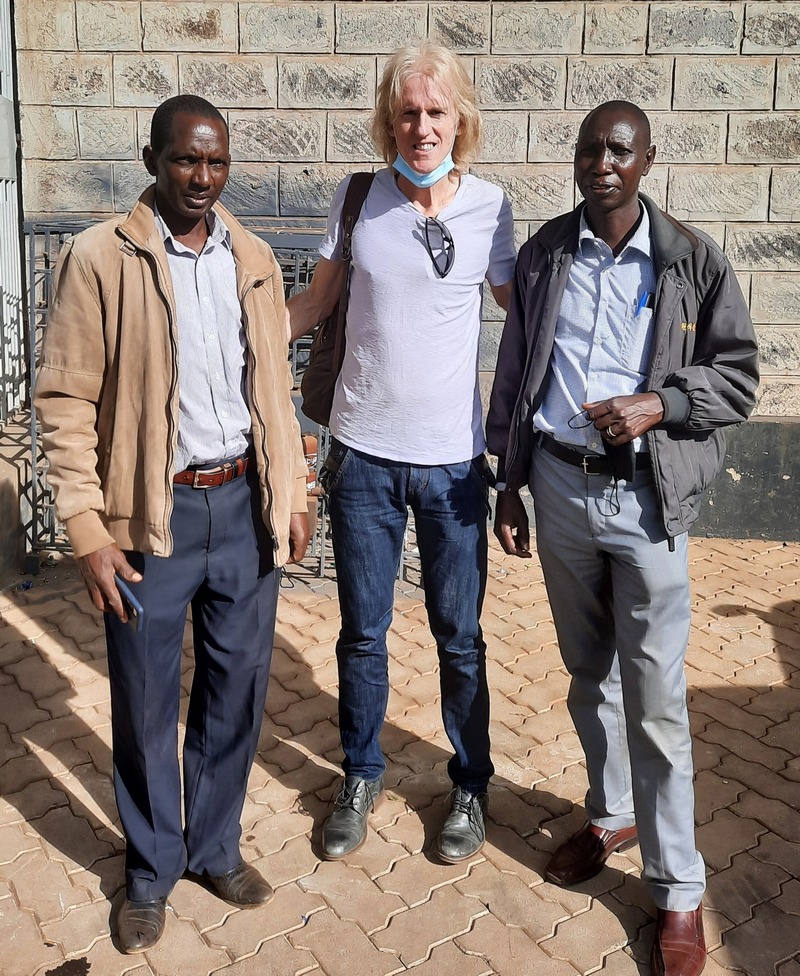
Chapter Eight. Wordsmith, Wind Running, & The Way Forward.
When your own life is transformed, there’s no room for looking back; you move forward, embracing what’s ahead. New opportunities began to unfold in Sweden, each one leading to unexpected adventures. One of the most surprising twists came when I became a bestselling author—not by plan, but by sheer chance. It was an accident, a serendipitous moment that changed my life once again. And as a result, I found myself reaching a new audience and sharing my story in ways I never thought possible. Life, it seems, has a way of guiding you toward your purpose, and once you’re on the path, you simply have to keep walking or running, no matter where it leads.
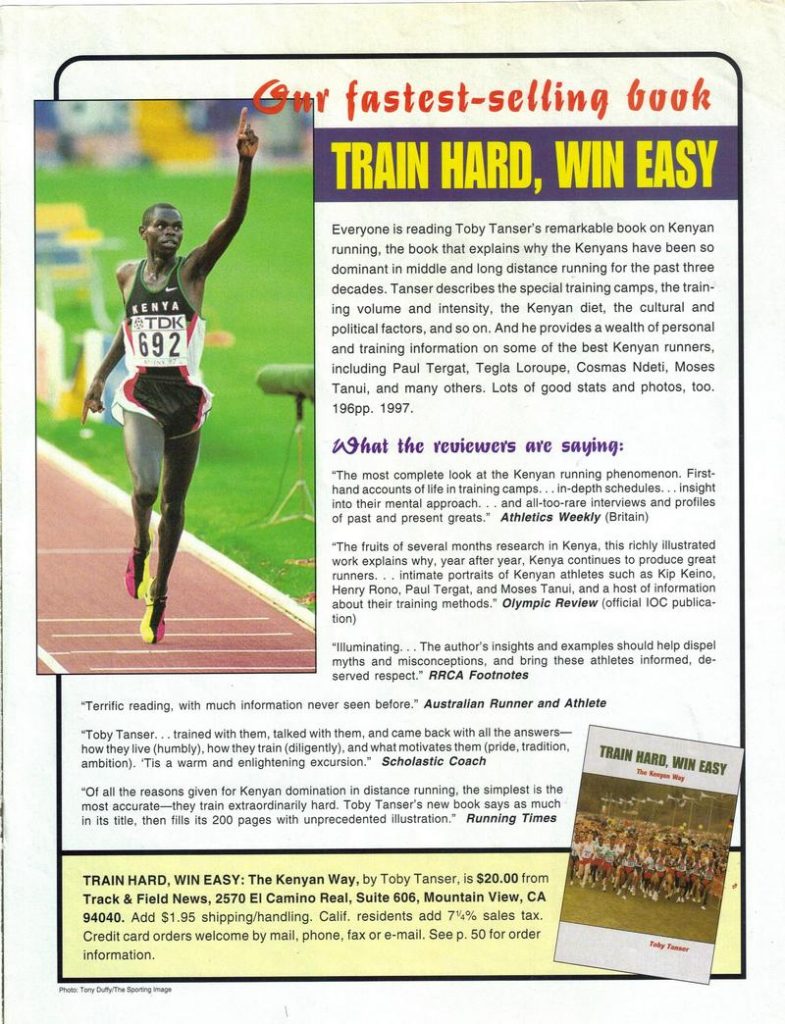
Above: I had decided to try and write a book after friends told me I had a goldmine of scribbled notes and I got fed up reciting ‘what I saw’ on my Kenyan adventures. Could I be an author? Doubtful. I sent off a manuscript to a publisher.
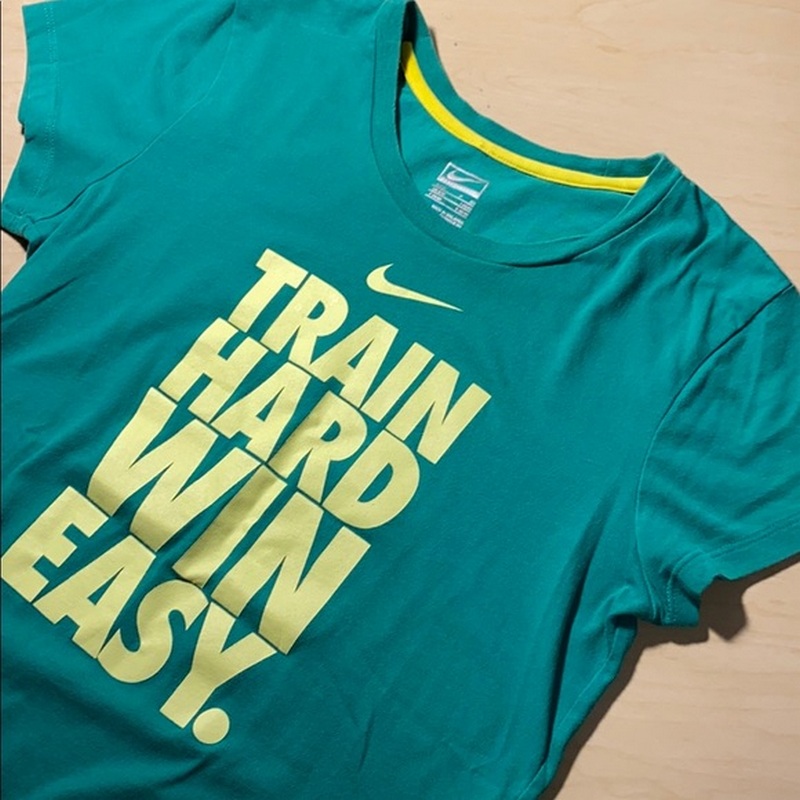
Above: For a novice author, it was a thrill, an honor, to see that Nike, the NIKE, produced Train Hard, Win Easy T shirts!
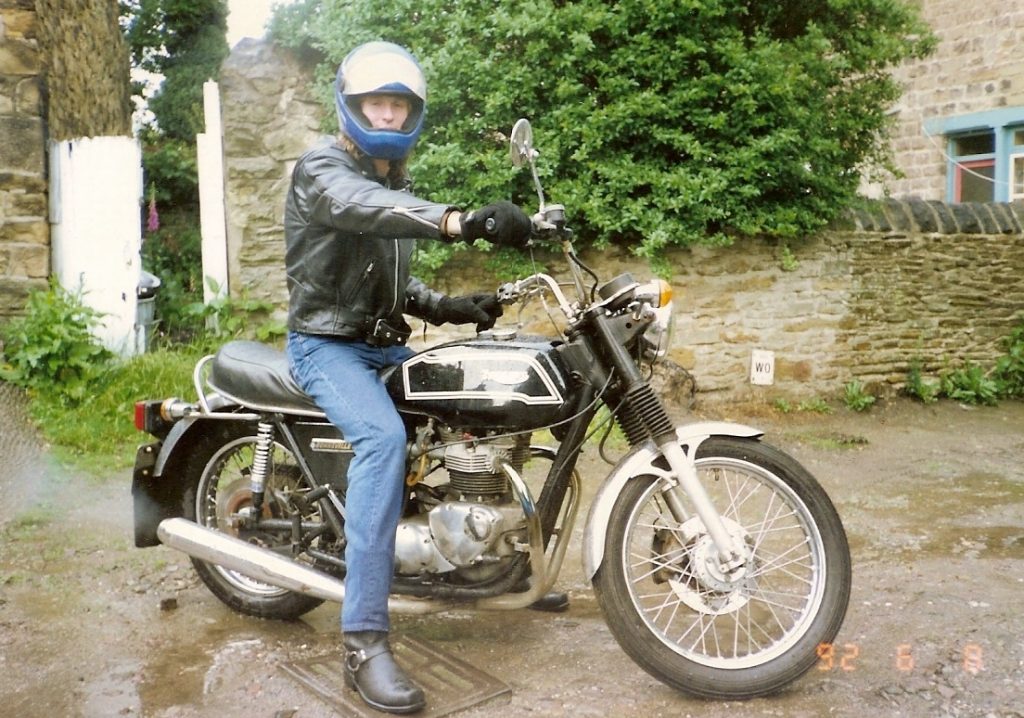
I grew up owning, and on motorbikes, and I bought this bike, when living in Sweden, to leave in England—just in case I ever decided to holiday there. However, after my return from Kenya, I found myself in a very different mindset. I blush that I had expected my friend to forgo replacing the hubcaps on his car and instead donate that money to feed a homeless child I knew. I had completely forgotten about this… erm, non-essential purchase! Kenya had a way of shifting my perspective, making me way too vocal and judgmental about what really mattered. It was one of those moments when you realize how your experiences change you, sometimes in ways you didn’t expect—and how, occasionally, you need to laugh at yourself for it. Today I realize a happy person is a person that is more likely to help others, so go get the hubcaps!
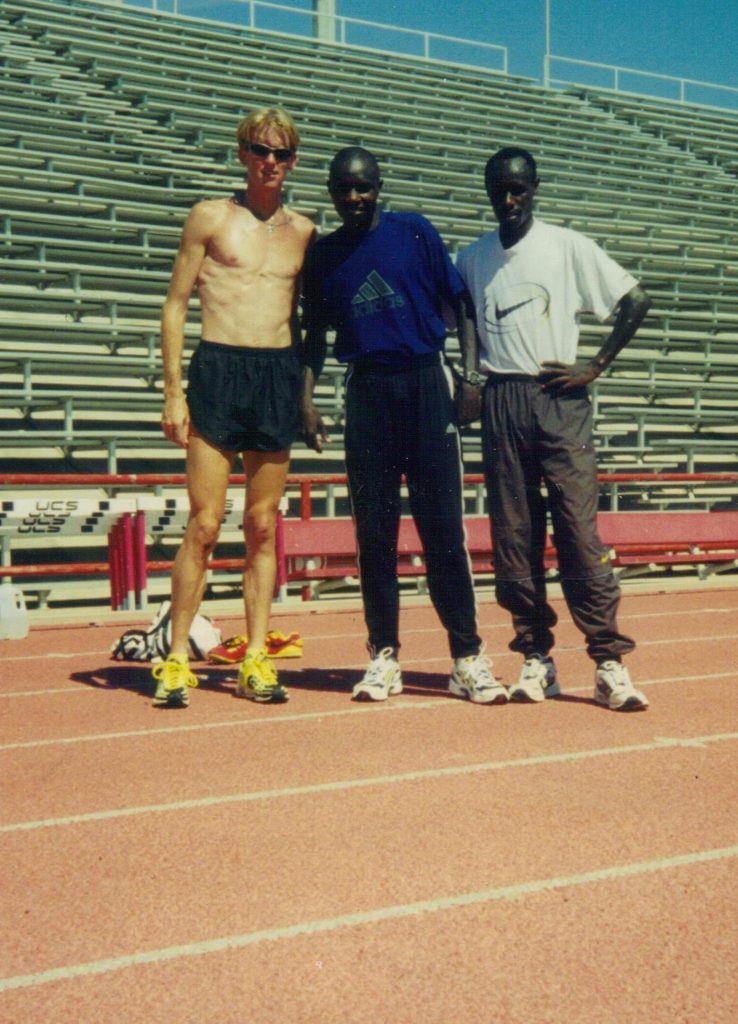
Coming back from Kenya, I initially quit serious running, but I couldn’t shake the joy it brought me—mainly the opportunity to travel and meet new people. Originally, I had dreamt of heading to Albuquerque, a place that seemed to promise more of the travel I was craving. After a few years, in 1997, I finally made it to New Mexico. There, I had the incredible chance to train with Jackson Kabiga, the first Kenyan to win the Fukuoka Marathon, and Zac Nyambaso, the winner of the Mombasa Marathon. We ran sessions together on the University of New Mexico track, connecting over running and Kenya, and I couldn’t help but marvel at how far my journey had taken me—from before I started running.
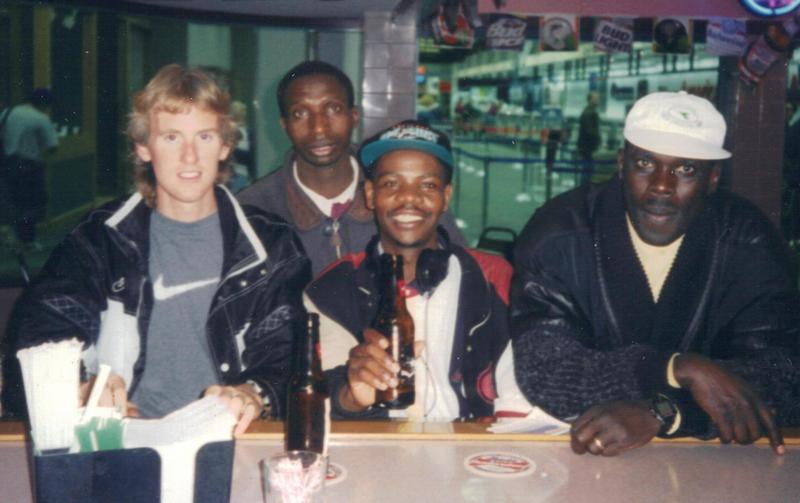
Every competition I attended, I found myself naturally gravitating towards the Kenyans. Here, I’m with World Champion Benson Masya (holding the bottle), Patrick Muturi, and Peter Koech (on the right), the former world record holder in the steeplechase. Benson and I first crossed paths while traveling to a race in Holland back in 1993. He was a former boxer who transitioned into running and went on to become a world champion. Over the years, we became close friends, often training together in Albuquerque, Sweden, and Kenya. Unfortunately, Benson’s life was cut short when he passed away in 2003. His legacy, however, remains with me, as his friendship and story were a powerful reminder of the dedication, discipline, and determination that defines athletes—and people—in general.
Chapter Nine. Cracking my Cranium & The Message of The Millennium.
What happened on the cusp of the millennium, in Zanzibar, should have ended my life. With yellow puss seeping out of a cracked skull, teetering on the edge, a mentor of mine delivered a strange message. He said something that seemed cryptic at the time, something I couldn’t fully grasp. “You’ll understand this when the time comes, but there was a meaning why you came to Africa (and had this near death experience)” he said, and those words stuck with me.
Eight years later, I would hear those same words again, but this time, I would finally understand their meaning. The message, which felt almost like a warning, wasn’t just about survival; it was about my purpose.
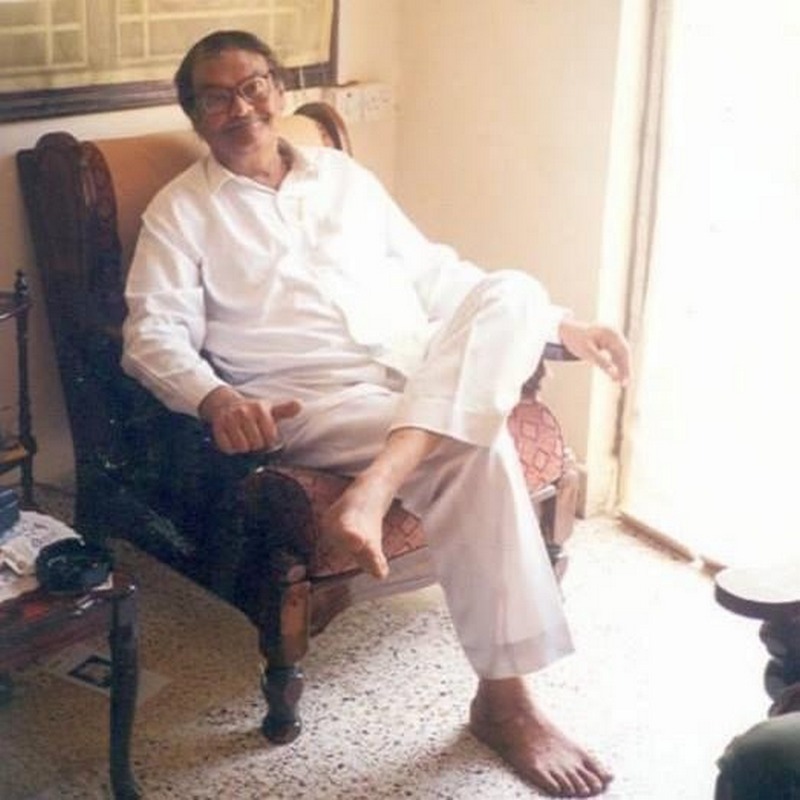
Above: The Message of the Millennium giver, the wonderful Dr. Gaurang Mehta.
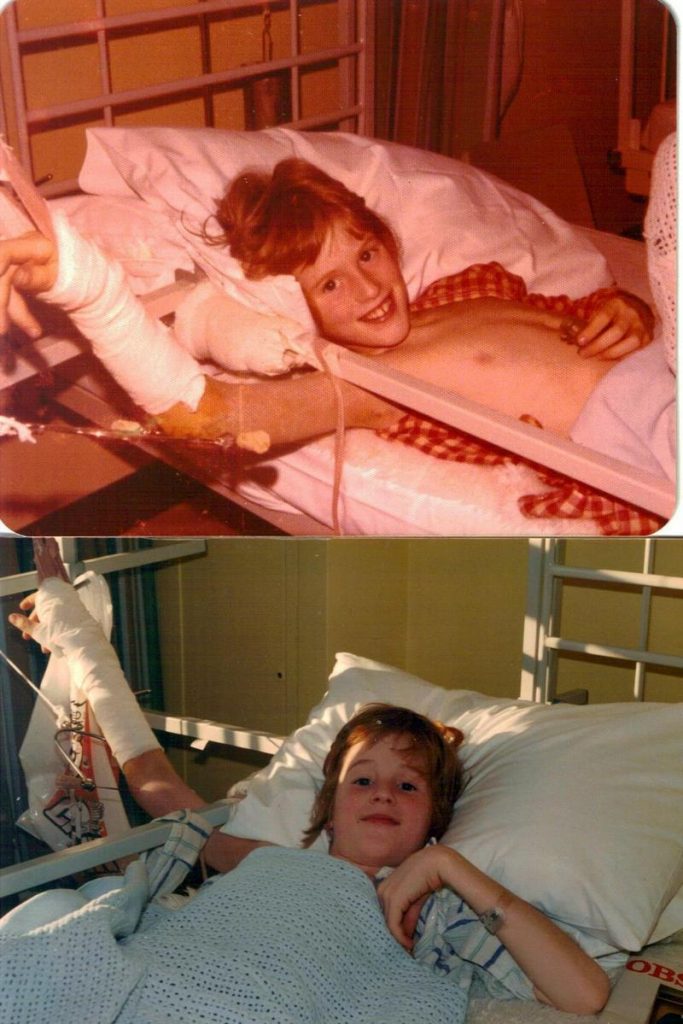
Lying sick in a clinic in Zanzibar, with no antibiotics or anesthetics, I couldn’t help but recall a far more comforting experience from my childhood. At the age of eleven, I had been treated at a public children’s hospital in England, a place I actually loved so much, I didn’t want to leave. My parents, who were hippies, banned the TV and had some pretty unconventional eating habits. But the hospital, with its normal diet and the luxury of a TV, felt like bliss. It was there that I first learned about the importance of a KIDS-ONLY PUBLIC HOSPITAL, a place designed for children, where their specific needs are prioritized.
Years later, when I discovered there was no such thing in East & Central Africa, I was stunned. It felt like a cruel irony. That experience in Zanzibar—lying in a clinic with minimal care—made me question whether all the struggles and hardships I had faced, including that painful injury with a metal pole through my elbow and now this cracked skull, had led me to this moment for a reason. Had I spent all those years running, fighting, and struggling just to be in the right place at the right time to make a difference? It certainly felt like the universe was pushing me toward a mission far greater than I had ever imagined.
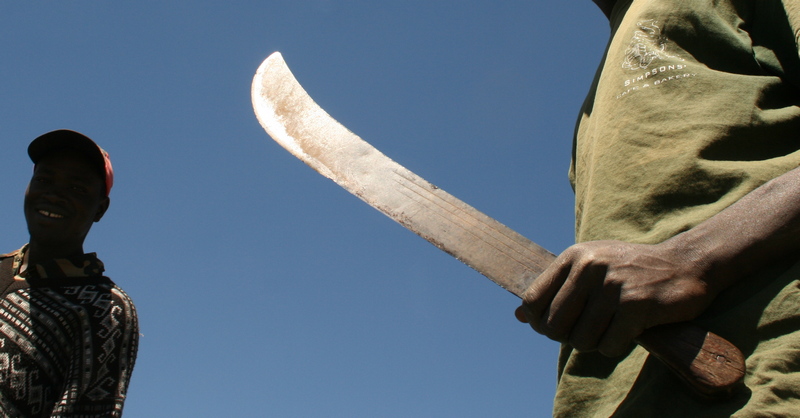
Above: Exactly like the ugly machete I was attacked with in Zanzibar—when someone tries to hack your head open with one of those, it’s incredibly nerve-racking. The experience was as terrifying as it sounds. It was one of those moments where, in the midst of chaos and fear, you find yourself just trying to survive. And survive I did. Though the attack left its scars and metal plates, it also left me with a deeper understanding of life and a renewed sense of purpose. As I picked myself up from the beach after the attack it was as if the universe had decided that I wasn’t finished yet, that there was still something bigger for me to do. That’s how these experiences work—they reshape you, even when you don’t realize it at the time.
Chapter Ten. Veni, Vidi, Velco. I came, I saw, I stuck around NYC.
Arriving in New York City, I knew no one—absolutely no one. I thought I knew one girl, but after she made off with all my possessions, it became painfully clear that I didn’t know her at all. But that’s New York for you—brutal, unforgiving, and yet the greatest city on the planet for fresh starts and wild opportunities. Within a month, I knew hundreds of people. Connections came fast, doors opened, and momentum built. It was as if the city recognized hustle and heart, and rewarded it with a bulls-eye prize. Things just took off from there.
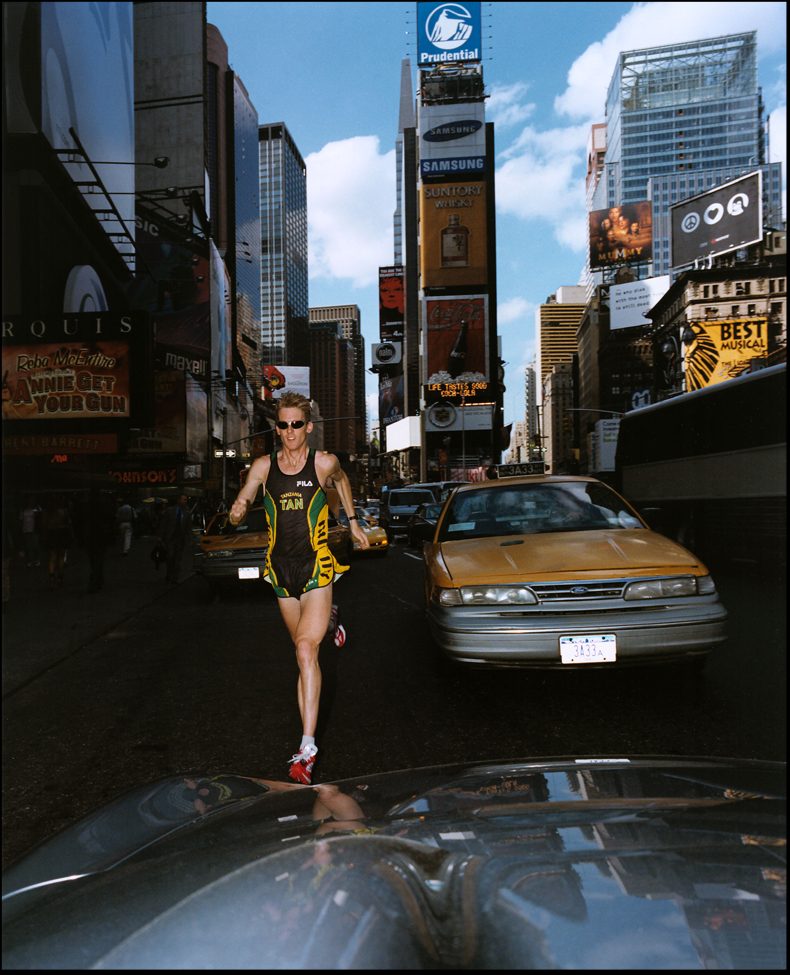
Above: Immediately, I gravitated to the electric pulse of NYC. Here I race through Times Square. Credit: Mike Kobal.
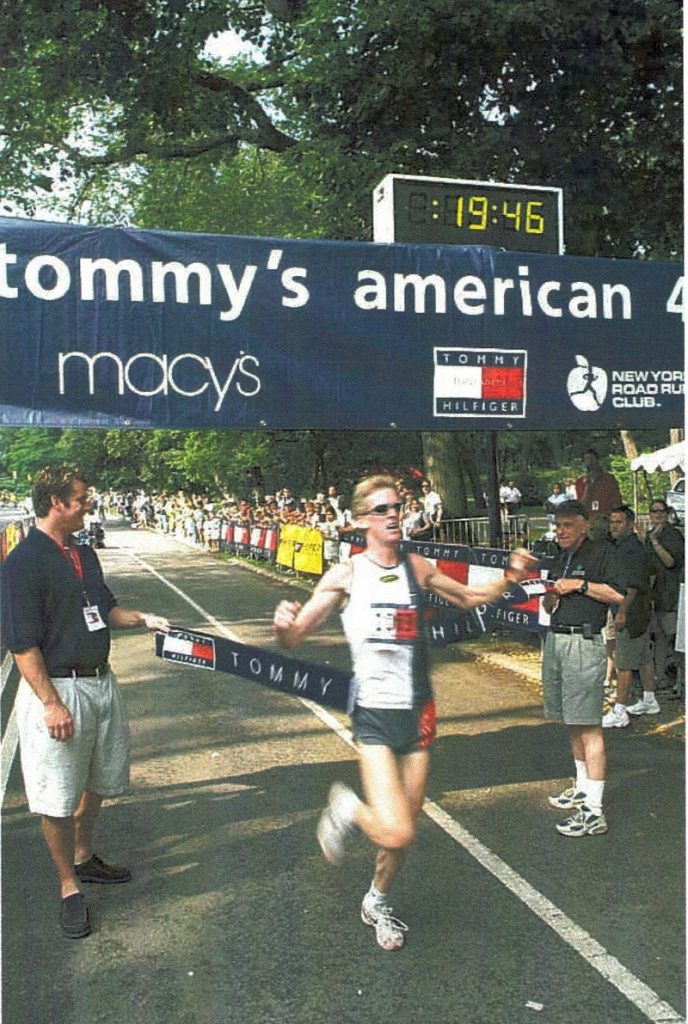
Above: The race that introduced me to the world of Charity Running. In the year 2000, after winning this event, I was honored to be nominated as the NYC Marathon Elite Comeback Runner of the Year. But instead of running for personal glory, I was asked to run for a charity—an entirely new and eye-opening concept to me at the time. What if running could serve a greater purpose? That race planted a seed. Holding the finish tape above was Henry Stern, the Commissioner of the New York City Department of Parks and Recreation, and a man who would become a good friend and a key figure in another important chapter of this story.
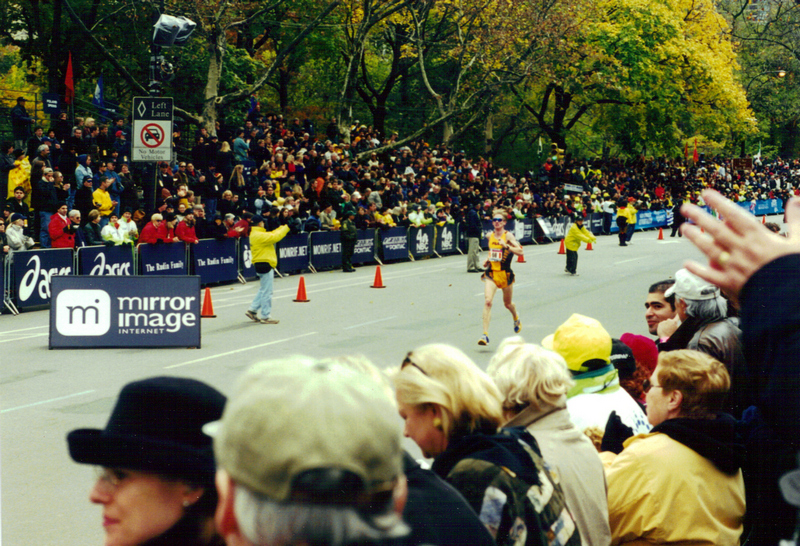
Above: Looking like I was running backwards—and quite possibly I was!—this photo captures the moment I crossed the NYC Marathon finish line just ten months after undergoing brain surgery. I’d been named the Comeback Runner of the Year by the race organizers, and although being the first Manhattan finisher was a nice bonus, my thoughts during that race were elsewhere.

Above: An article in the New York Post following my attack.

Above: You meet all kinds of people in NYC, and one day, that included President George Bush. He was visiting Harlem to discuss education for all, and during our conversation about African development projects, he told me his philosophy for America was the same for the world: education is paramount if you wish for any development. He was pleased to hear about the scholarships we were offering school girls. Funny enough, I had actually first met him a few hours earlier, at 5 a.m. out running in Central Park. I often share that story when someone says they’re too busy to exercise. “Well,” I tell them, “if the President of the United States can find time to run, why can’t you?”
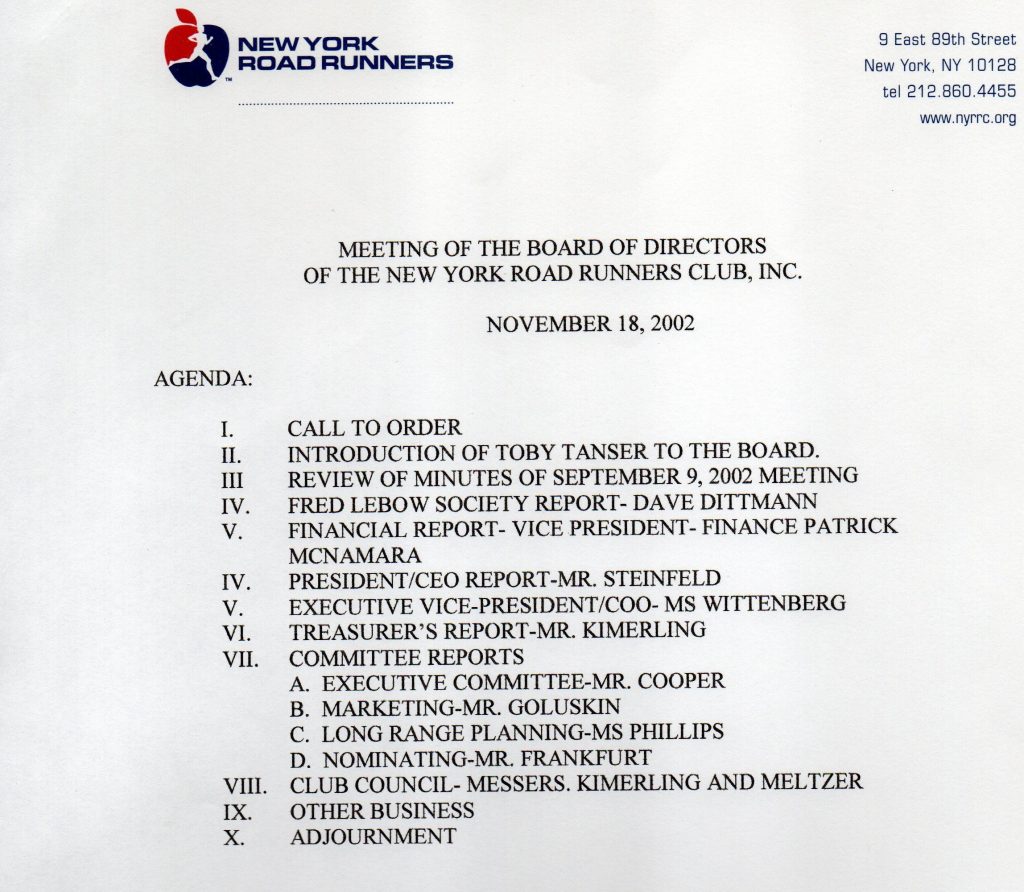
What turned out to be a tremendous help was when I ran for a Board seat on the New York Road Runners Club. I became the first—and to date, the only—person to unseat a sitting board member (the full story and the reason why that never happened again is explained in the book). I was honored to be endorsed by a wide swath of the NYC running community. One standout supporter was Judge Denny Chin. Years later, he’d become nationally known as the judge who handed Bernie Madoff a 150-year sentence.
Chapter Eleven. A Smelly Shoes Charity.
I was not the kind of person you’d expect to start a charity. In fact, I did everything I could not to start one. I was disillusioned by the model—especially how some US-based African charity leaders earned salaries thousands of times greater than the people they claimed to serve. It felt wrong. But then I realized: I could create a different kind of charity—one where nobody got paid. No salaries, just service. It worked for a surprisingly long number of years, until it didn’t.
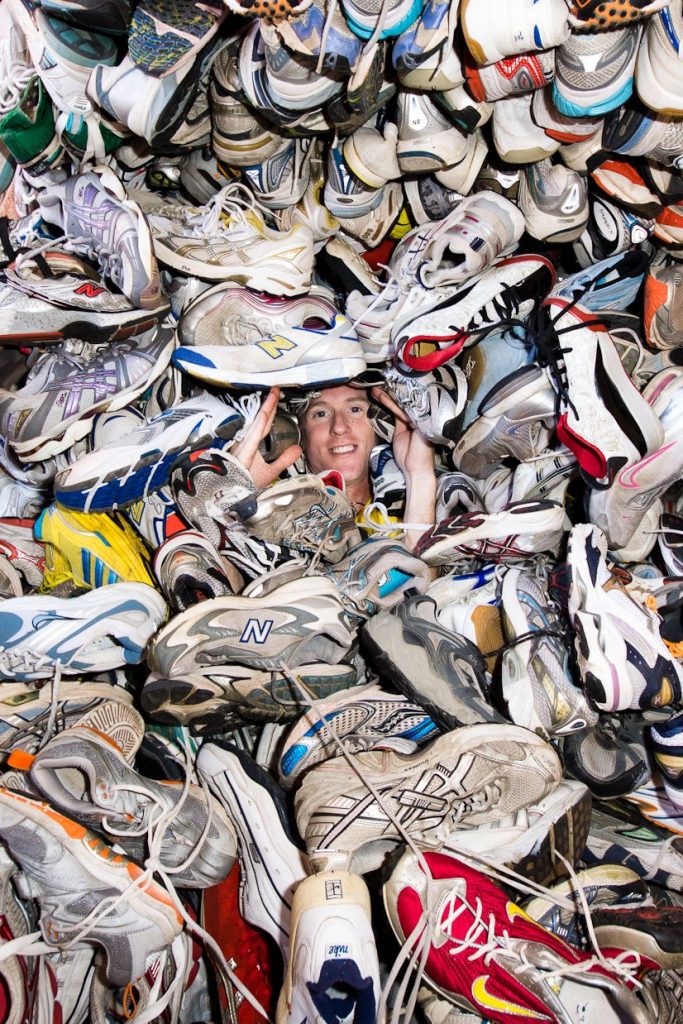
Above: In my shoe store! Credit: Mike Kobal.
Nobody knows the smell of old shoes better than me. I once read that Celine Dion owns 10,000 pairs of shoes, neatly stored in a Las Vegas warehouse. Me? I think I’ve actually lived in an apartment with 10,000 shoes in NYC—but trust me, these weren’t pristine Jimmy Choos. Nope, these were dusty, battered, sweat-soaked trainers, each with a story, a journey, and a dream inside that were collected and donated. I was determined not to waste money on storage when I had living space.
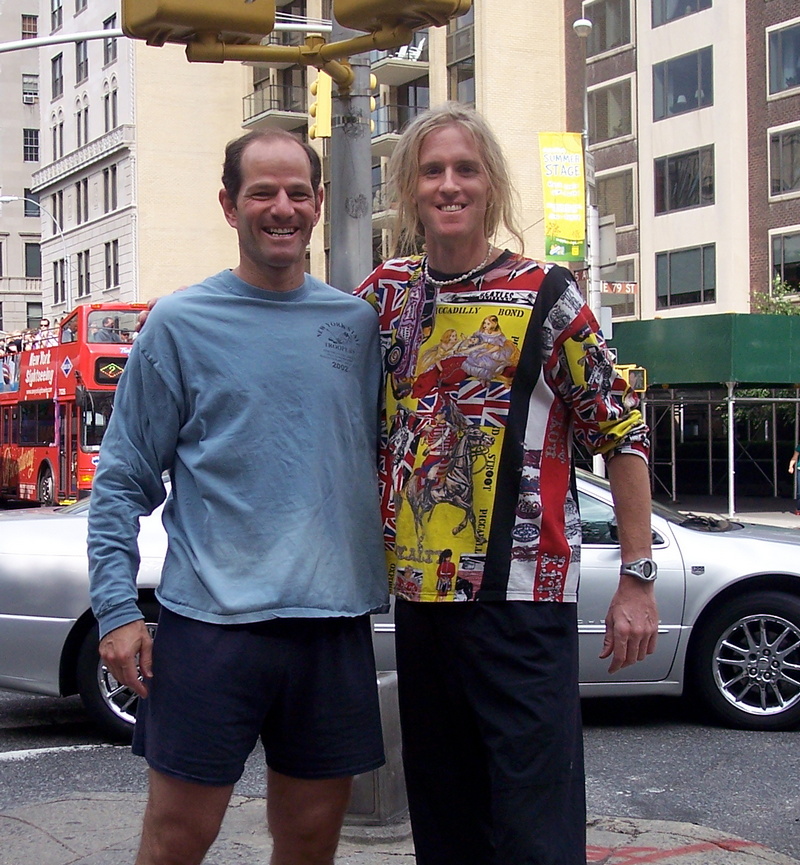
Above: Going for a run and interviewing NY State Governor Spitzer for a Runner’s World article I was writing when he had just been elected. Being a runner journalist was a lot of fun—I had a column in Metro Sports, New York Runner, and contributed to several newspapers both national and international. It gave me the chance to meet fascinating people, often while sharing a run, which somehow always made interviews more authentic. This chapter of my life unexpectedly paved the way for what was to come—shifting from covering stories to living them, and eventually, to chasing down charity dollars.
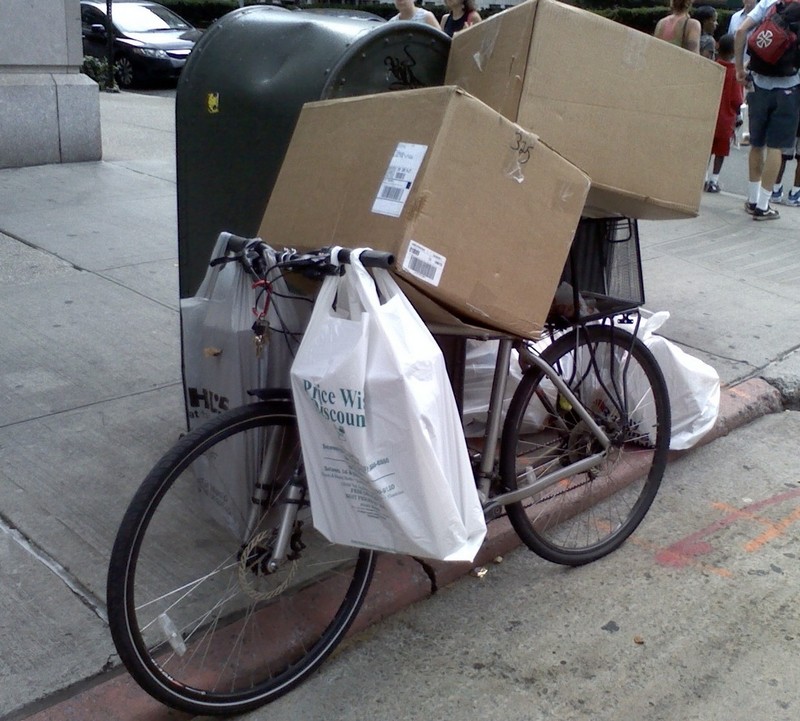
Above: My two-wheeled ‘company car’ for collecting shoes in New York. Once I overloaded my bike so badly the rear axle actually snapped!
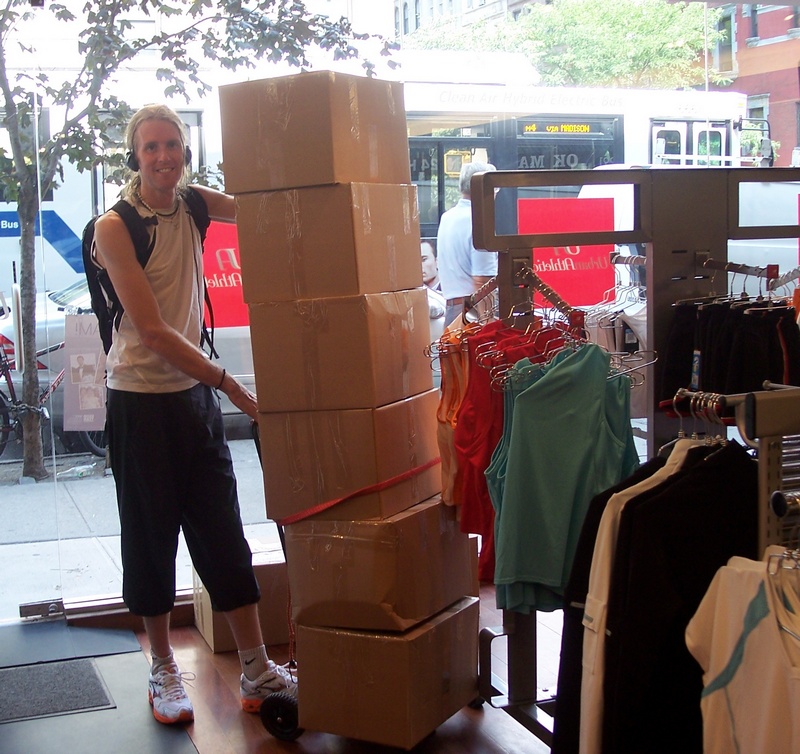
Above: Shoe collections were basic; going to running stores and picking up discarded items was a method that definitely worked. I knew everyone in the Upper East Side Post Office by first name.
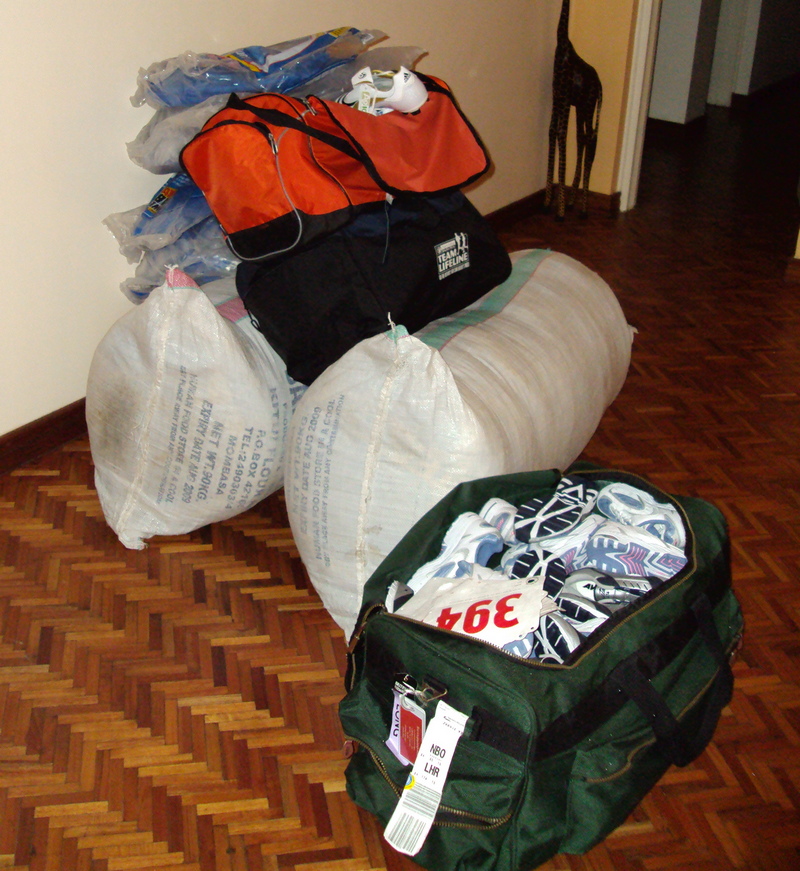
Above: This is how I used to travel—with lots of baggage. On this trip, I was carrying not just running shoes but hundreds of mosquito nets for a malaria awareness race. Airport staff were rarely thrilled to see me coming, but strangely enough, I was almost never charged for the excess luggage. I’d explain the mission in painstaking detail, then drop to my hands and knees—literally—to beg for leniency. Turns out, even in the chaos of a busy airport, a little humility and a big cause can go a long way. Check out the video
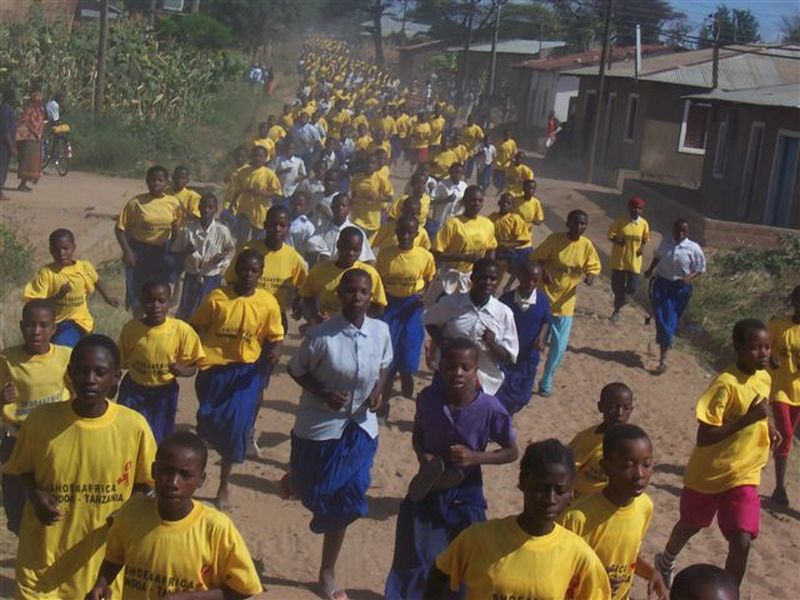
Above: A Shoe4Africa aids awareness race for girls in Kondoa, Tanzania.
Above: Here, receiving a commendation from President Daniel Arap Moi, who thanked me for the work that Shoe4Africa had accomplished in Kenya. Later that day, I was gently informed by security staff, “Urm, you aren’t really supposed to touch or hug a president.” Who knew? Sometimes, you get caught up in the moment and forget about the protocol!
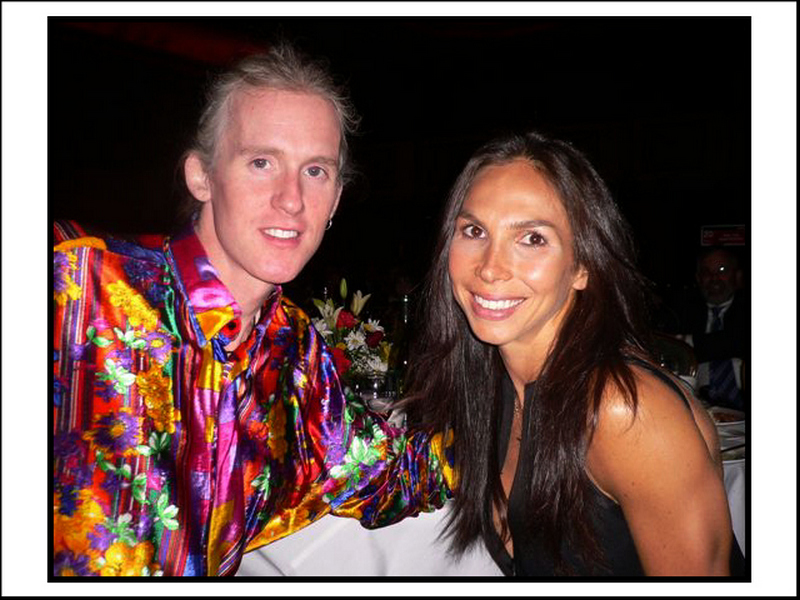
Above: When forming Shoe4Africa as a charity, I needed two other people to make the organization legit, so I asked my friend Joy Dushey. She became a wonderful supporter and the first board member! Having Joy on board from the start made all the difference in helping to establish the foundation for what would become a life-changing organization.
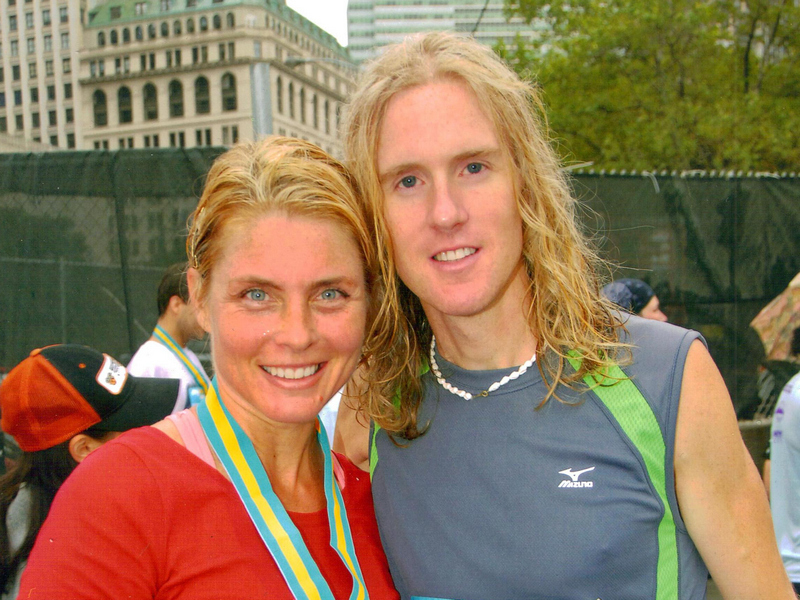
Above: And former supermodel, Kim Alexis, became our first advisory board member, alongside the nine-time NYC marathon winner, Grete Waitz, whom I met as a twelve-year-old at an international cross-country event and had remained friends ever since, and, also Kathrine Switzer, the Boston Marathon legend. At the time, I had no idea what an advisory board really did, but I noticed that other charities had them, so I thought, Why not me?
Having these incredible individuals lend their support, name, and expertise helped shape the early days of Shoe4Africa in ways I never anticipated.
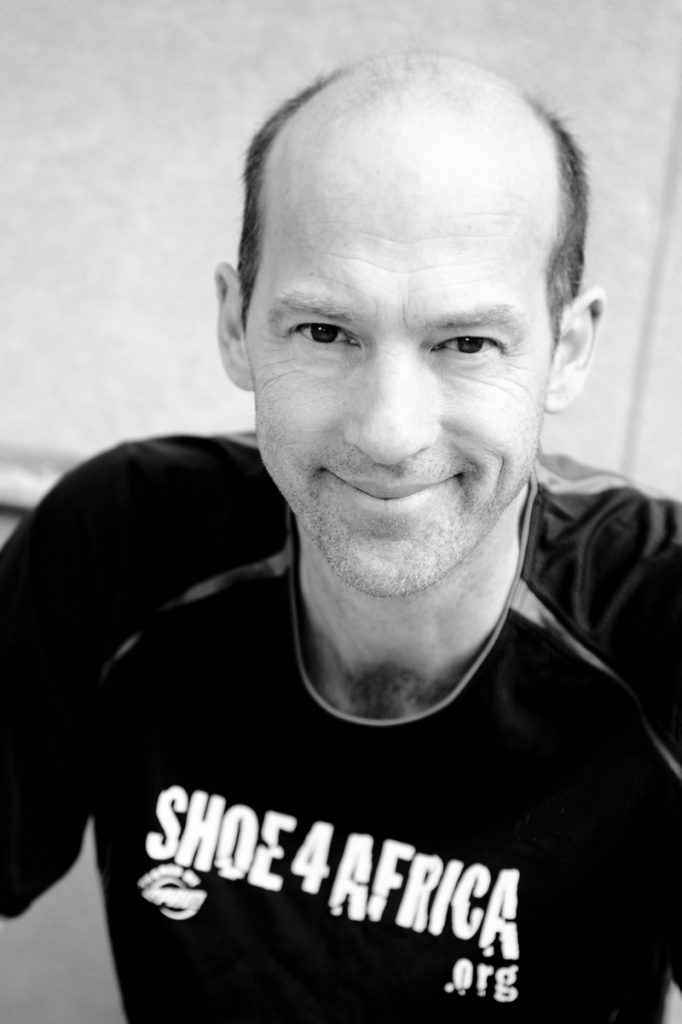
Above: A great friend who got involved in 2006, after a lengthy conversation in a coffee shop. In 2007, after he returned from his 310-day around-the-world trip, he joined the Shoe4Africa board of directors as the Chairman—Anthony Edwards of Top Gun and ER fame.
For eight years, we spent a lot of time together, and I virtually lived in his kitchen after we dropped his kids off for school. He described us as Frick and Frack, a partnership that was both a source of humor and incredible collaboration. His support and guidance were invaluable as we navigated the ups and downs of building the charity, and his friendship remains a cherished part of the journey. He’s a man who didn’t just lend a name, he rolled up his sleeves and did the work even following me to Kenya. I will forever be grateful for his presence in this adventure.
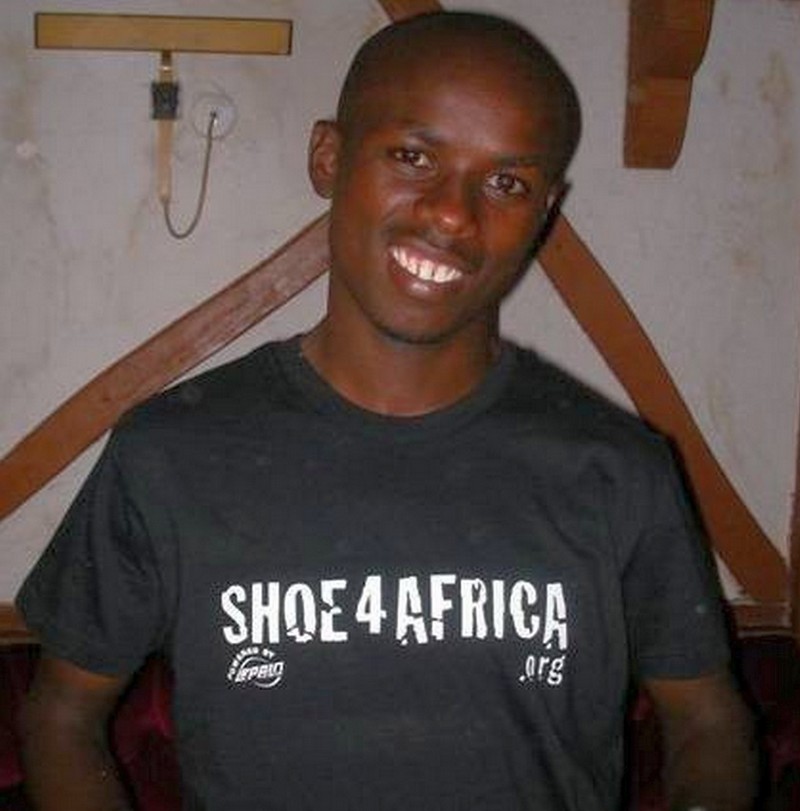
Above: In 2006 a young runner came to us asking to be an ambassador; one of the first. Two years later he became Kenya’s 1st Olympic Gold medalist in the marathon, Sammy Wanjiru.
Chapter Twelve. Women Run Iten, and The Manhattan Marathon.
Above: Talk about a dream. A tiny charity with no paid staff somehow gets the world’s most prolific footballer as an ambassador. How? And I want to start the Manhattan Marathon in NYC, and somehow, I get a billionaire partner. Then the Mayor’s office, the FDNY, the Police all support… it seems like a dream. Oh, and I want to collect 12,800 pairs of shoes at the finish line of the NYC Marathon too, to test a new idea for collecting shoes all in one day so as to save me time.
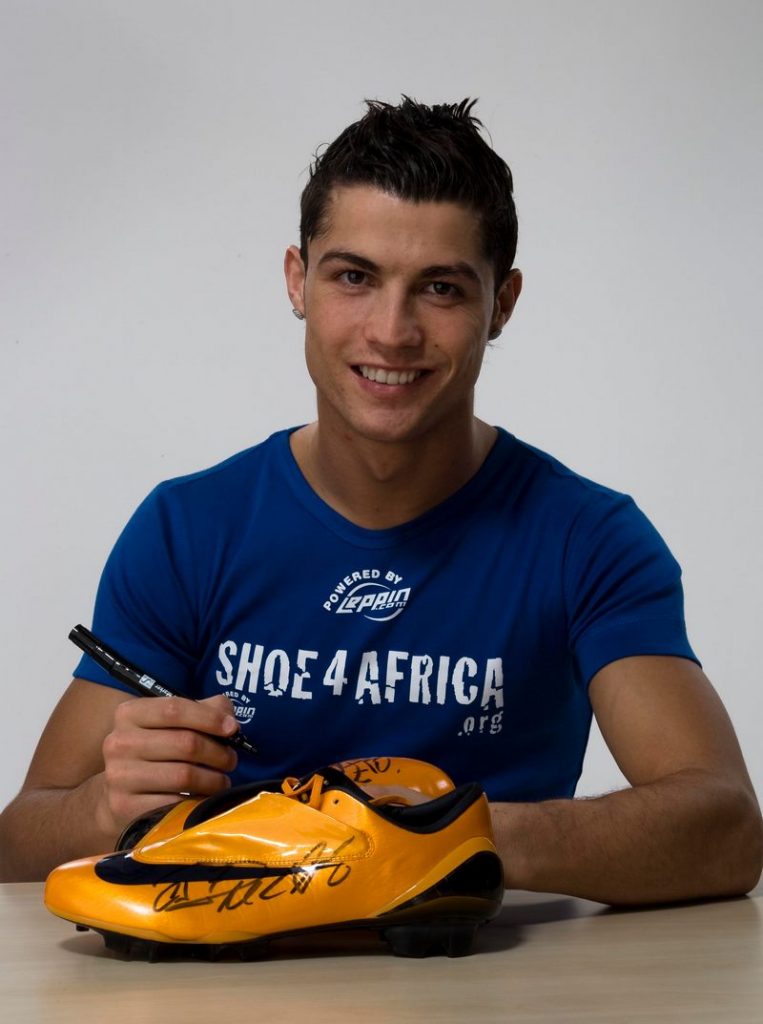
Above: Shortly after forming Shoe4Africa, we got a great celebrity ambassador. Not mentioned in the book, but when he won some (major) global soccer award, he donated the winnings to our cause!
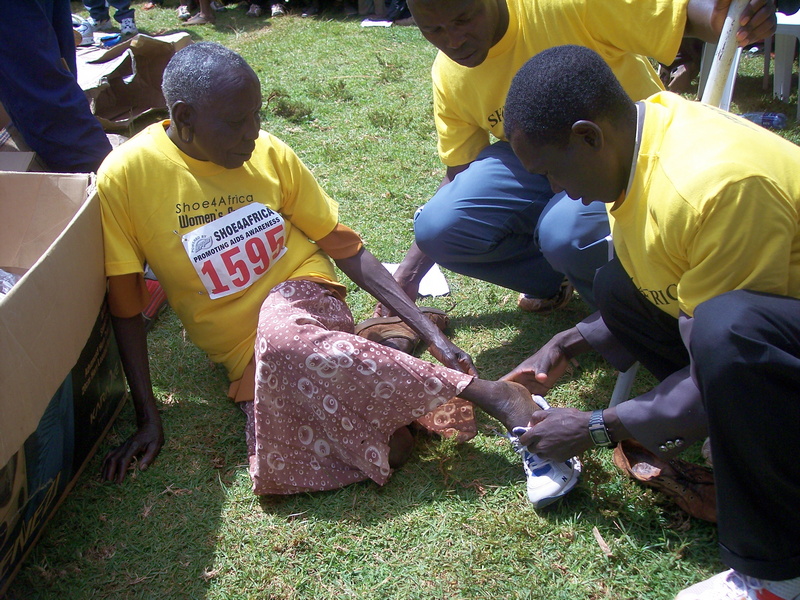
Above: This Great Grandma finds there is even footwear for her at the free Shoe4Africa event we held to Promote Aids Awareness that had over 2,900 women sign up in Iten village, Kenya.
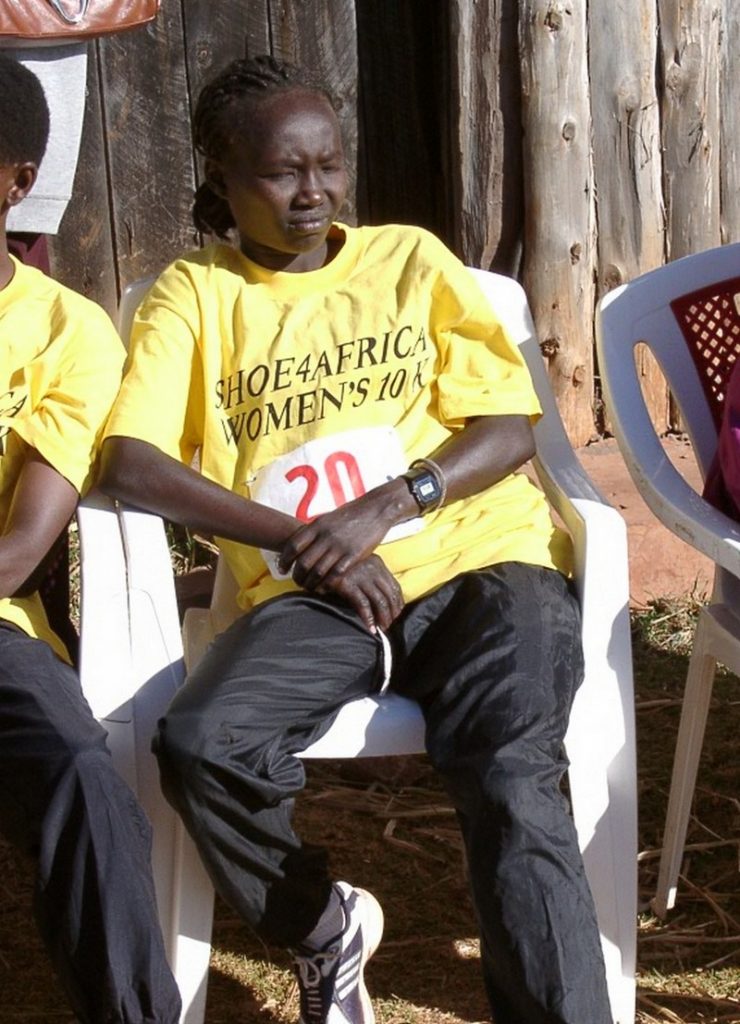
Above: This lady, Mary, was short on funds and staying in a room with four other athletes when she entered our free-to-enter event in 2005. She missed the prize money by just one place—finishing 21st. She told me the result was her validation that if she trained harder, she could make a career from running and vowed never to miss the prize money again! Luckily, a coach, Philip, saw her potential that day and suggested an Italian manager send her to a half marathon in Portugal. She won that race, and since that day, she’s earned money in every race she ran, all the way until her retirement in the summer of 2021.
Mary Keitany went on to become one of the greatest marathoners of all time—winning the NYC Marathon an incredible four times, the London Marathon three times, and breaking the Women’s only World Marathon record. Today, she owns two hotels and is the patron of our 5th School—the Shoe4Africa Mary Keitany School. A true testament to hard work, determination, and the power of believing in someone when they’re just starting out.
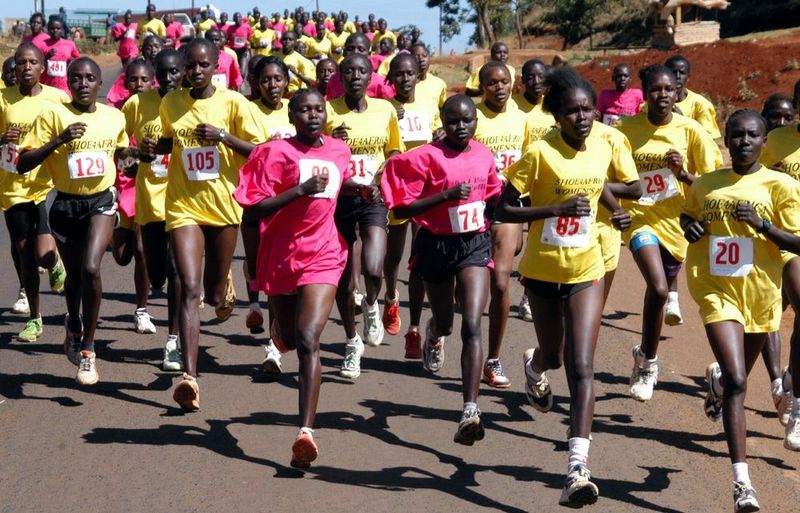
Above: And as the race started, Mary Keitany (far right #20) sprints right to the front! Middle of the picture is Edna Kiplagat, #31, who would go on to win the NYC marathon five years later. Sharon Cherop who would win Boston… many ladies were discovered in S4A races.

Above: Pieter Langerhorst was a source of help. Not only did he offer me accommodation at the High Altitude Training Centre to help cut down on trip expenses, but he also was there helping as we organized running events. And, it was Pieter who had been approached with the hospital plans although, understandably, he didn’t want to take on such a project.
In this picture, he’s handing out prizes to disabled athletes as I wanted to do something I had never seen at any Kenyan race; recognize the disability community. On the right is Loice Bunei, who is blind but managed to complete our Kibera run a year later winning Paula Radcliffe’s shoes. Today, Loice who worked for Standard Chartered, is now a resident of Manhattan and continuing to shine and inspire others. In the background is Jeroen Deen, another good friend and supporter who helped us organize these events in the early days.
It’s moments like these that remind me of the people who believed in this mission from the very beginning. Their contributions, both big and small, helped shape the vision of Shoe4Africa and the lives we were able to touch along the way.
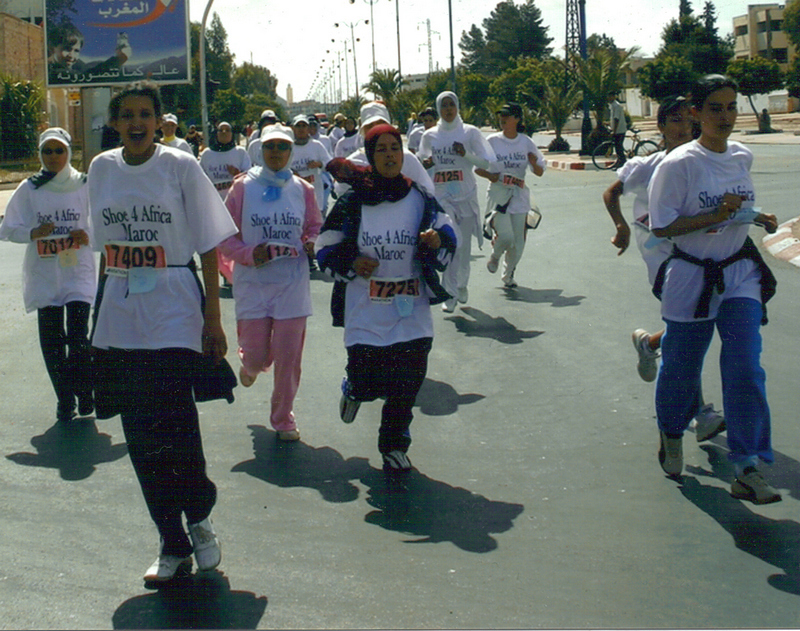
Above: Meanwhile, further West…A Shoe4Africa road race empowering women in 2006 in Morocco. Hundreds of non-competitive women took to the street to embrace empowerment!
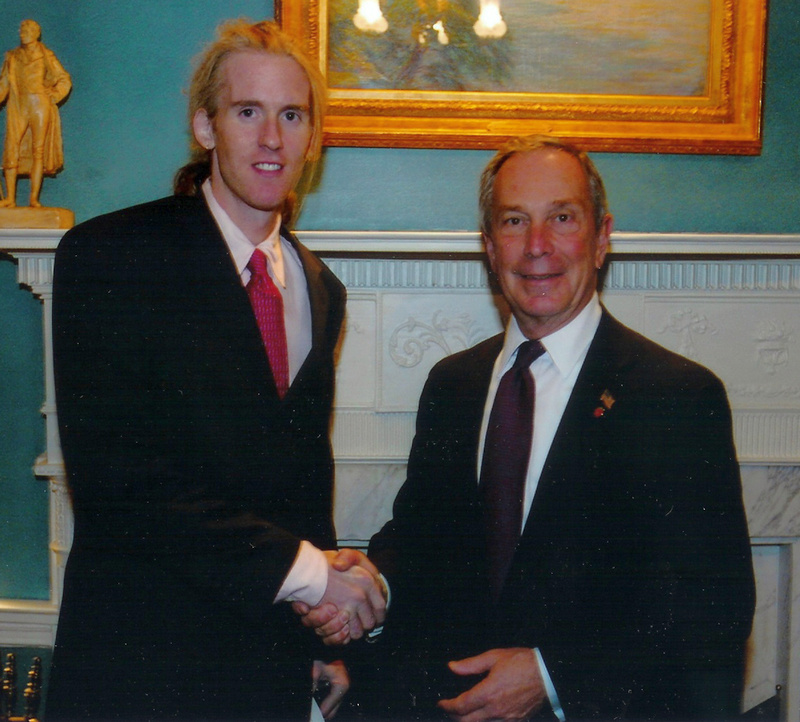
Above: To launch the Manhattan Marathon concept, Mayor Bloomberg would be a key player. I did not have a suit or tie; I was ‘loaned’ one at his door!
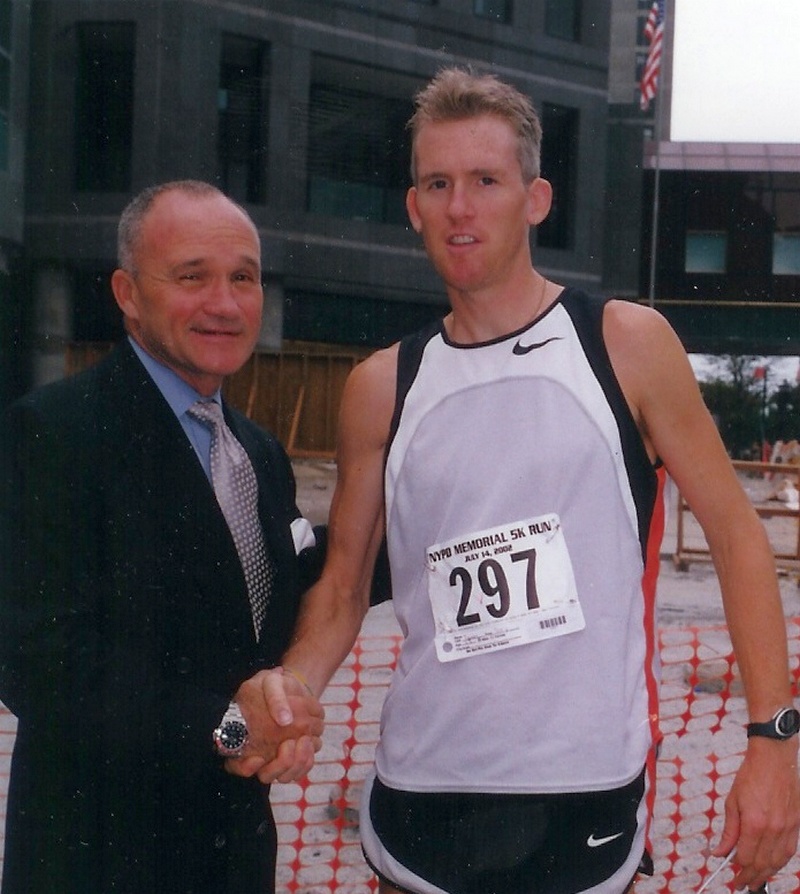
Above: And, of course, I needed the endorsement of the NYPD Commissioner Raymond Kelly to make it happen.
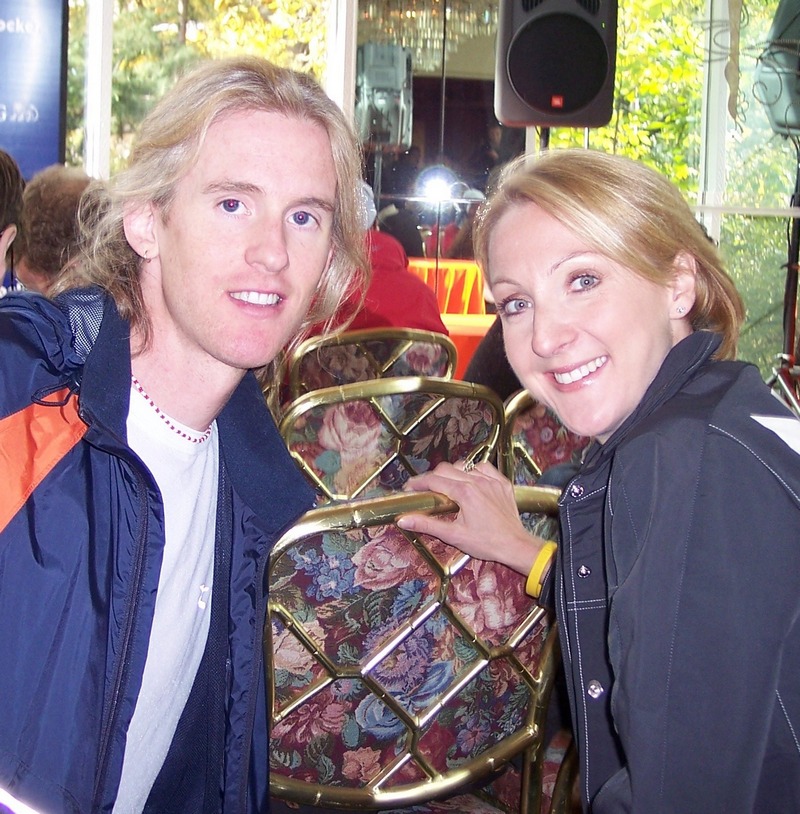
Above: When planning the Manhattan Marathon, I reached out to the World Record Holder, Paula Radcliffe, and asked if she would consider running the NYC marathon and throwing her shoes into a container after finishing, to help kickstart a movement to collect 10,000 pairs of shoes. Not only did she agree (and she did go on to win that race, as we collected 12,800 pairs), but she also canceled the race organizers obligations, so as to join us at our private Shoe4Africa post-marathon party.
Paula has been a friend since the days I met her in Albuquerque in the 90s, and her support has meant the world to the charity. She’s not only helped us with that first big collection but is also continuing to guide and came to Kenya to take part in our Children’s Cancer Hospital launch. Her generosity and dedication to our cause are truly inspiring.
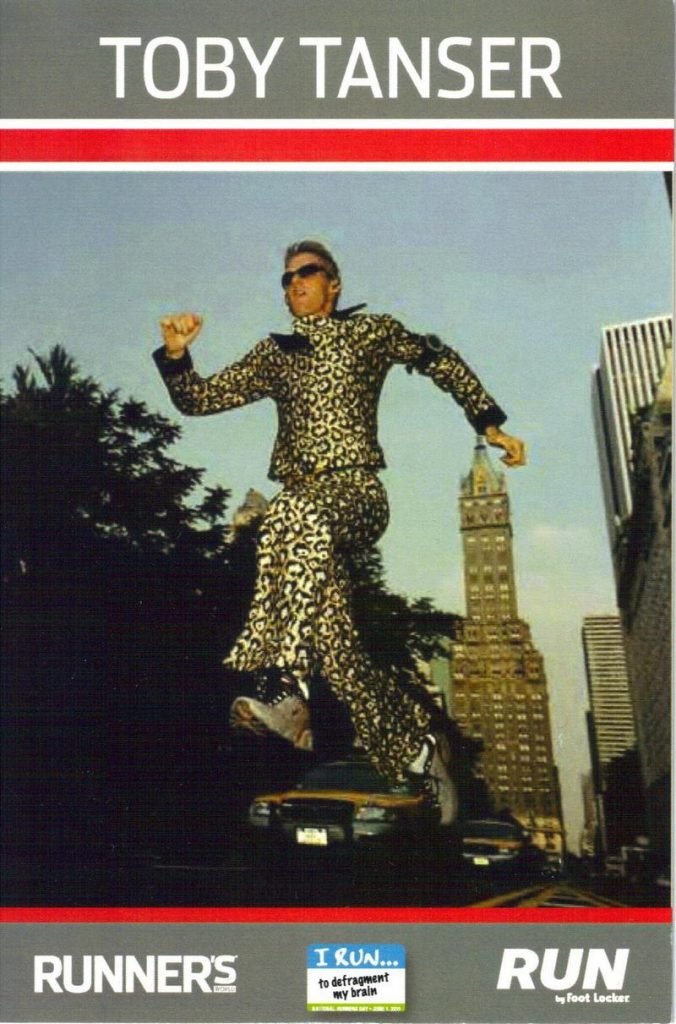
Above: World Running Day, I was a Runner’s World Ambassador. They asked for a photo, so I submitted this photo. For many years, this was the only suit I ever owned.
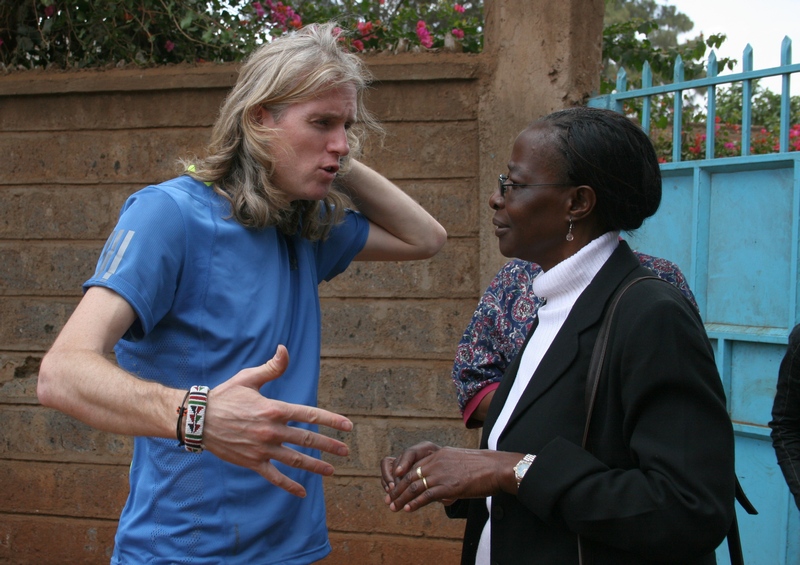
Above: When we planned to distribute 5,800 pairs of shoes in Kibera, I knew we needed the community’s trust and support for it to be truly impactful. I approached Helen Otieno, the formidable headmistress of Kibera Primary School. Her response was blunt and eye-opening: “Aid has made Kibera worse—turning us into beggars, no longer relying on ourselves. We’ve been trained to wait for the next boat of support to arrive from Mombasa. Kibera was much better before you people came.”
Her words stayed with me. And yet, despite her skepticism, Helen agreed that a one-off distributing of shoes to combat hookworm after women completed a 5k run wasn’t a bad idea. She quickly agreed to host our event at her school. Still, she left me with a challenge I continue to reflect on: “Show me a Kenyan NGO charity that survives without any foreign support—then you’ll see the only true progress.”
Chapter Thirteen. The Kenyan Clashes.
It happened so quickly. One moment there was peace, and the next, absolute mayhem. We were stunned, disoriented—how could this be happening so close to home? Then came the horrifying news: just twenty miles from our doorstep, a church had been set on fire with 35 to 50 women and children forced inside. The brutality was unimaginable. It shook everything—our sense of safety, of community, of humanity itself. Moments like these carve scars into the collective memory, demanding not just grief, but action.
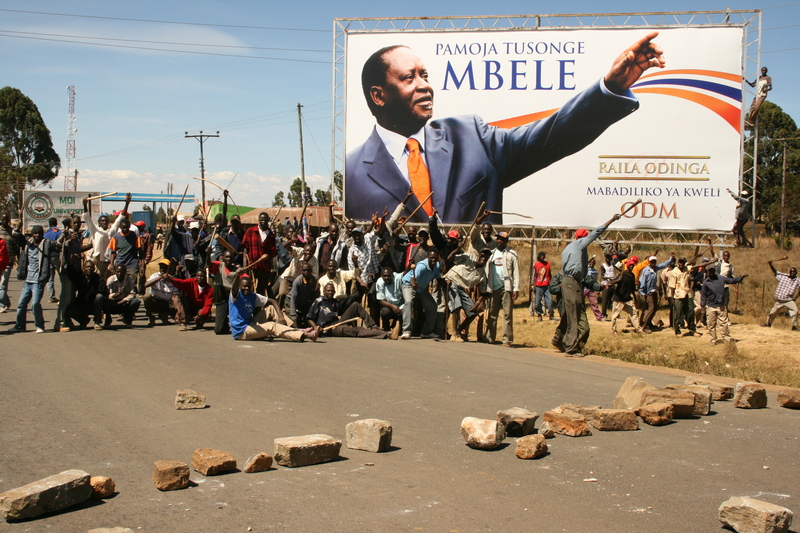
Above: Roadblocks were hard to navigate, and those deadly arrows are poisoned. First hand, I can tell you those machetes hurt! Credit: Thilo Thielke
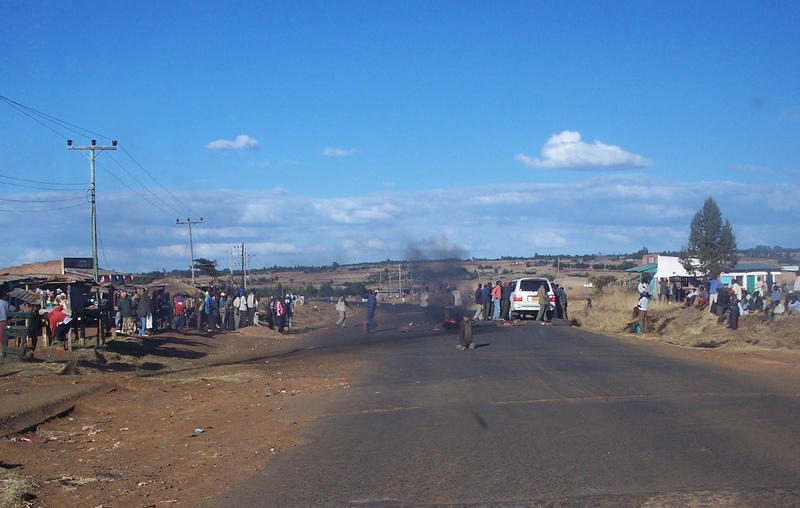
Above: Here, following World Record holder Saif Saaeed Shaheen’s white car, I was trying to drive home just as the clashes erupted—moments after dropping Douglas Wakiihuri at the airport. We thought we’d made it through safely… until we were forced to stop. Then, out of nowhere, a mob surged from the right side, angry, chaotic, and unseen until the last moment. They tried to drag me from the car. It was one of those terrifying split-second decisions where your survival depends on instinct and speed. Kenya was home, but in that moment, everything felt violently unrecognizable.
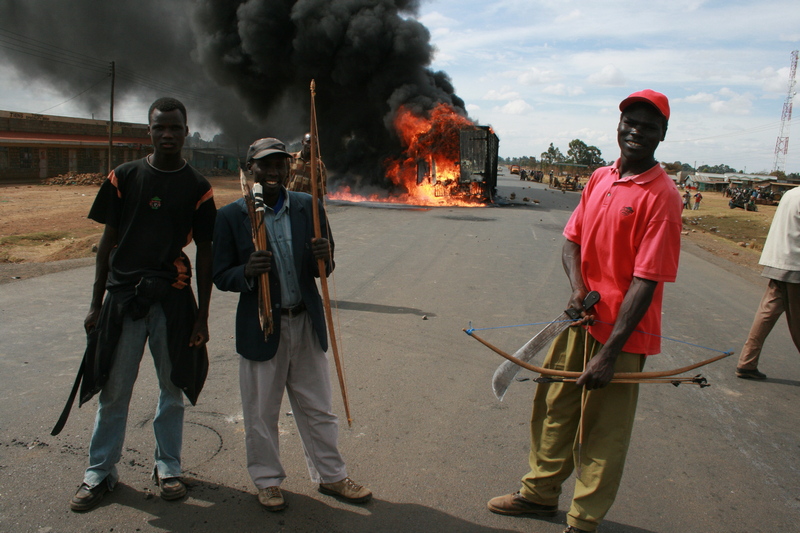
Above: An example of a truck that did not get through the road block Credit: Thilo Thielke
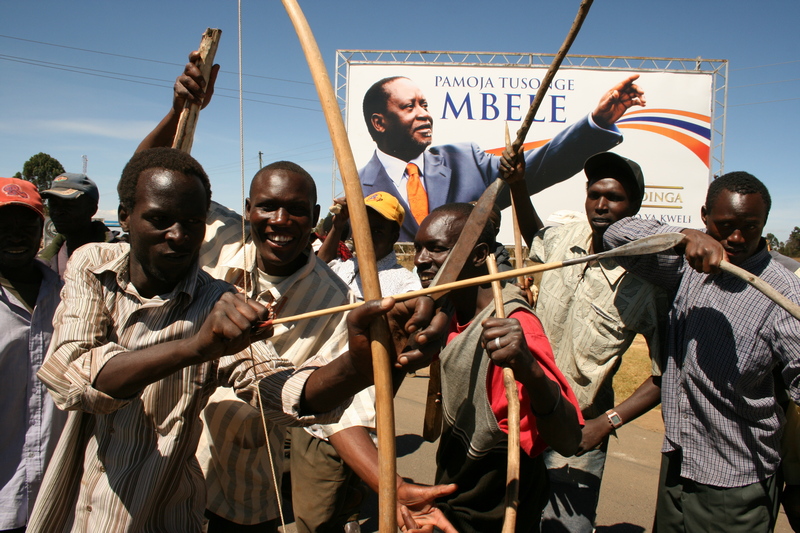
Above: Arrowheads were dipped in a deadly poison. Credit: Thilo Thielke
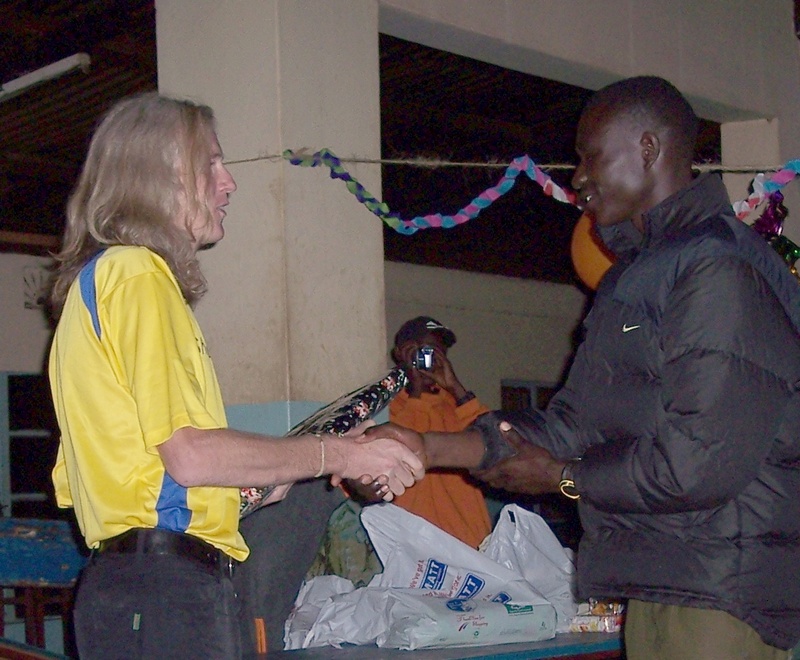
Above: In 2006, I had the honor of giving a young David Rudisha an award for being a promising upcomer. At the time, no one could have predicted the scale of what was to come—least of all me. In 2007, his father, Daniel, told me with absolute certainty that it was David’s destiny to bring the 800m world record back to Kenya. ‘It was taken by Denmark,’ he insisted. I smiled politely, but honestly, I had my doubts—David wasn’t even the best runner in his own village back then. But Daniel’s conviction was unwavering: “Rudisha means ‘bring back’ in Swahili,” he said. “It is written in his destiny.” Years later, the world watched as David fulfilled that prophecy, becoming a legend. And now, in a poetic twist, he’s my next-door neighbor in Eldoret.
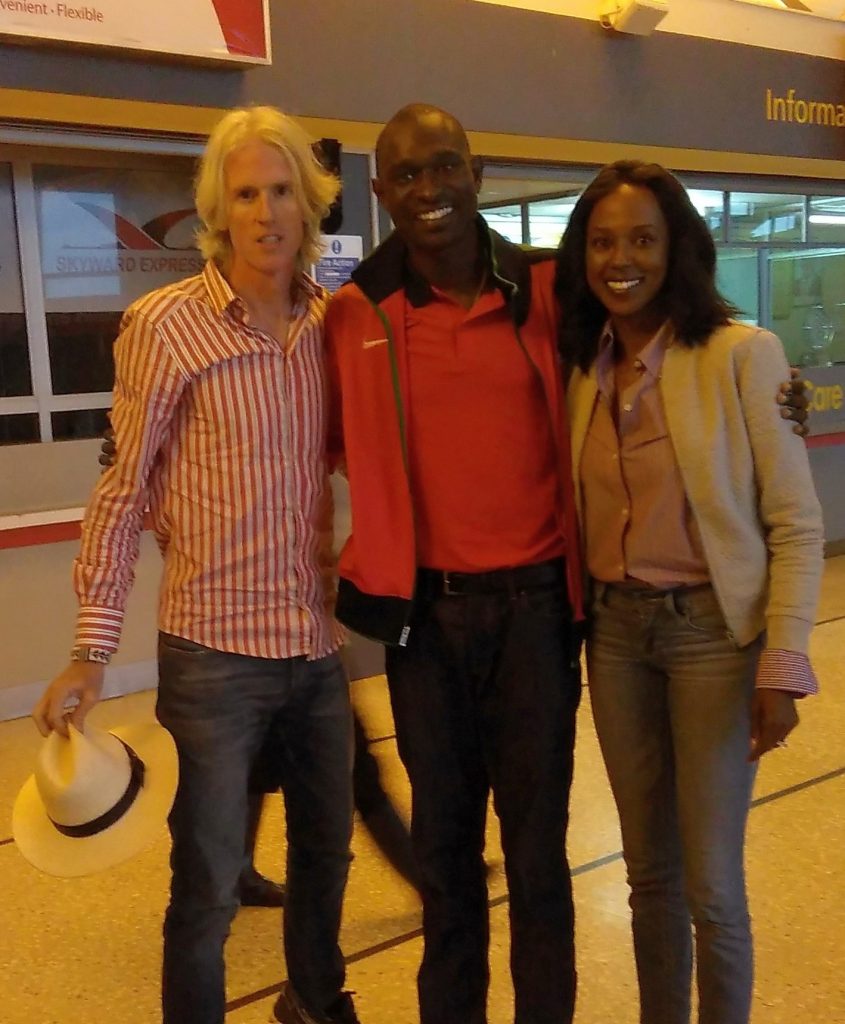
Above: And here we are wishing David a safe journey as he departs Eldoret to defend his Olympic title in 2016…and he did win Gold #2.
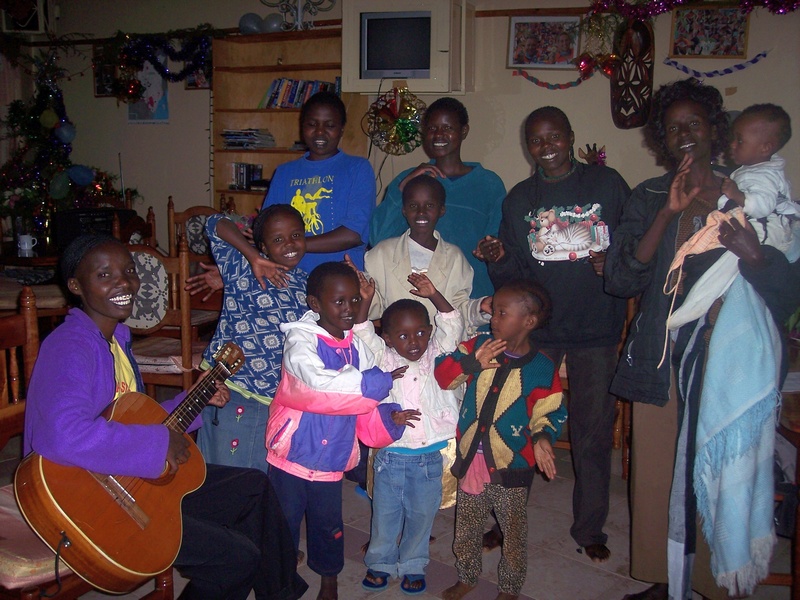
Above: During the clashes, when fear and tension were thick in the air, we turned to music—holding nightly singalongs as a form of therapy to uplift traumatized children. The mother and her kids, like many we sheltered, were from what was considered the “rival” tribe. Naomi, standing in black, wasn’t thrilled about us hosting those she saw as enemies. It was a time of deep division. And yet, out of that moment came a powerful thread of hope: the young girl in the back center, became our coach for our All4Running Boys & Girls Club in Iten, launched in 2023. Full circle moments often rise from unlikely beginnings.
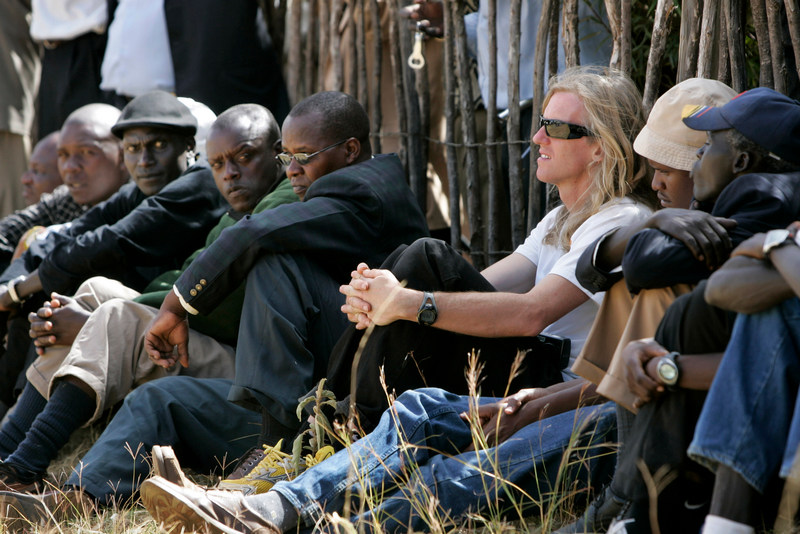
Above: At Lucas Sang’s funeral in Kuinet, I quietly slipped in, choosing to sit at the edge of the field in case I needed to make a quick exit—the atmosphere was still tense from the clashes. By pure coincidence, Robert Cheruiyot, the four-time Boston Marathon winner (in the cap), had the same idea and sat nearby. To the right of him, keeping a low profile too, was another world-class runner with the same instincts: Martin Lel. It was a quiet, somber gathering. Again, it was a launch moment of an idea that would be dreamt up that evening.
Credit: AP Photo/Ben Curtis
Chapter Fourteen. Love. Peace. Unity.
What can I do to help? The country has descended into chaos—but is there something, anything, I can do to make a difference? Kenya has 42 tribes, and a marathon is 42 kilometers long. What if we united those symbols—42 world-renowned Kenyan runners, each representing one tribe, coming together from every corner of the nation to run for peace? And it happened, Kenyan Olympians from every decade—starting with the 1950s, when Kenya first entered the Games—stood shoulder to shoulder with 600 school girls trailing behind, then all marched for unity.
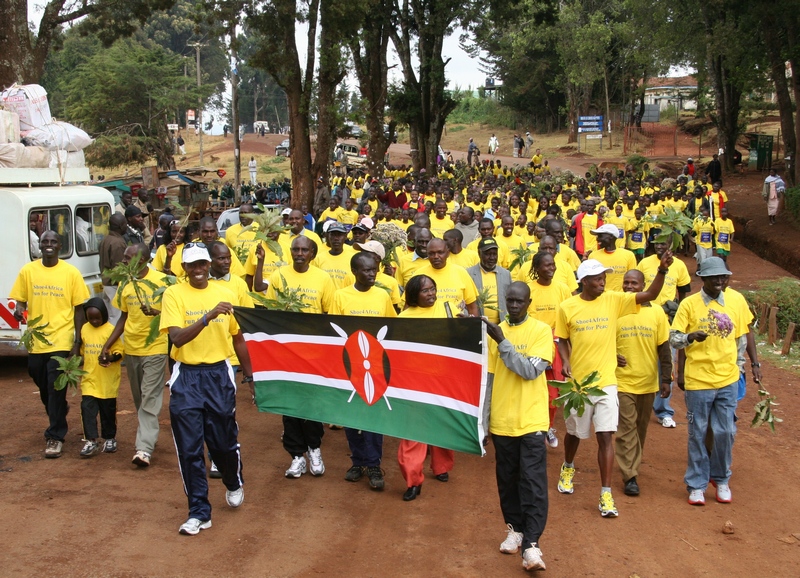
Above: Over 42 Olympians and World Championship runners are joined by 600 school girls to march for peace led by Marathon world champions Douglas Wakiihuri from the Kikuyu tribe, and Luke Kibet, from the then opposing Kalenjin. Too many champions marching to list here, World Athletics site
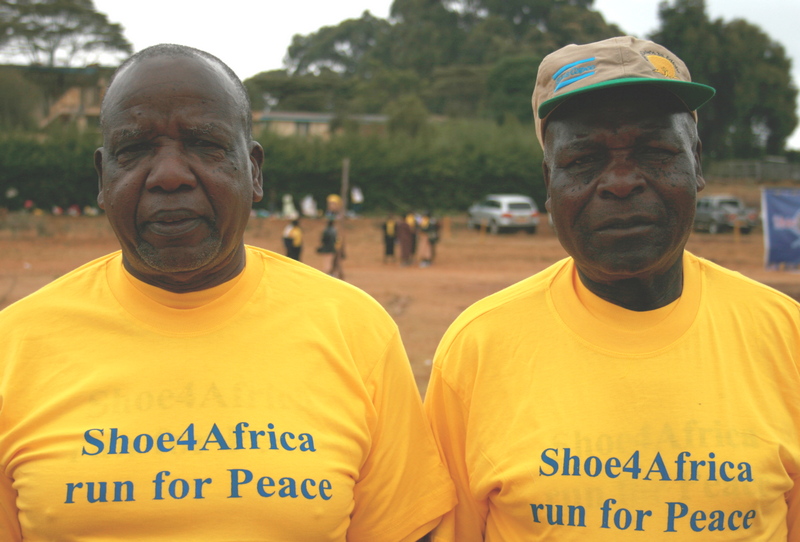
Above: Our Grand marshals: The first person to win a medal at the Olympics for Kenya, Wilson Kiprugut (left), and Nyandika Maiyoro, right, part of the inaugural Olympic team Archie Evans formed in 1956, were our very special VIPs at this amazing peace march.
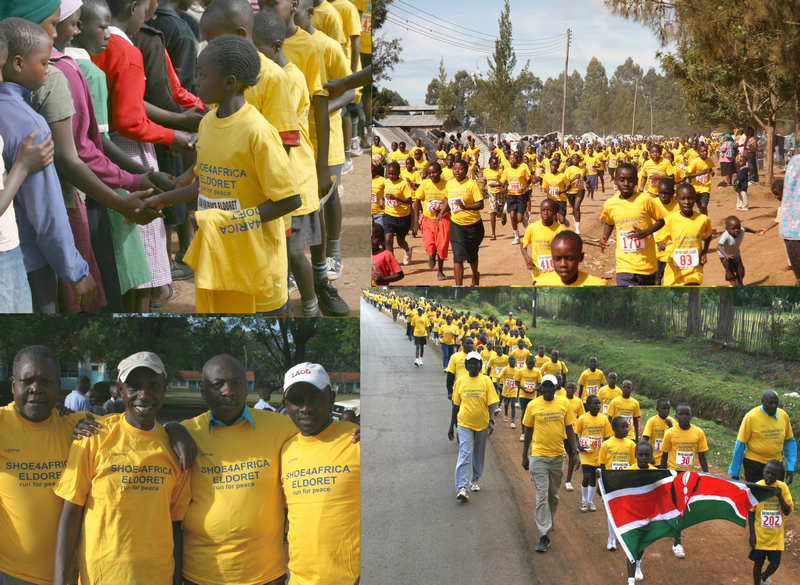
Above: One of my favorite events. Marching Hill School into an Internally Displaced Peoples’ camp of 20,000 (mainly) Kikuyu’s. The Kalenjin kids wore a run for peace T-shirt and carried one T-shirt to give to a new ‘friend’ then, united, we held a race weaving through the slums. Bottom left, Ben Jipcho, former world record holder was shot in the clashes through the knee, but he still came and marched with the kids, here joined by Moses Kiptanui, John Ngugi, and Matthew Birir. Check out the VIDEO
Chapter Fifteen. East & Central Africa’s 1st Children’s Hospital?
How did I decide to build a hospital? It was one crazy morning in Eldoret meeting a grieving lady, then bumping into a friend in a random café owned by a former training partner, Moses Tanui.
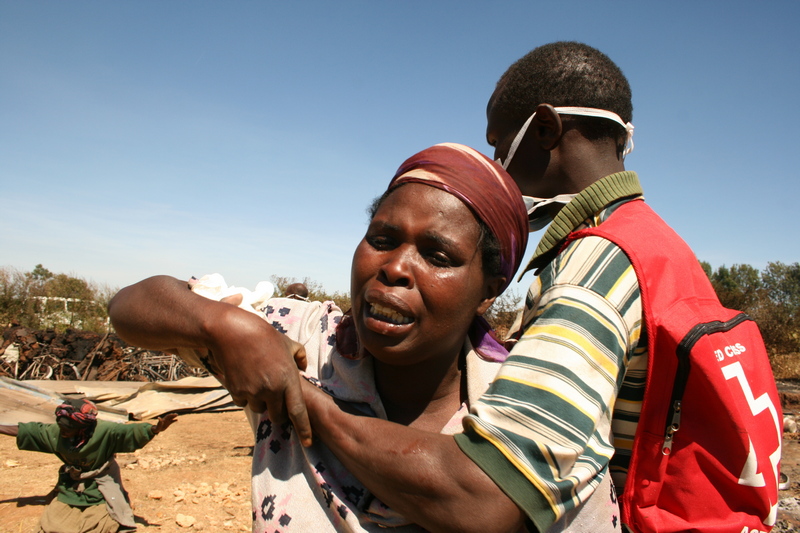
Above: Grace’s three-year-old child Miriam did not die in vain, as she told me.
Philip’s Grandma in the background. Credit: Thilo Thielke
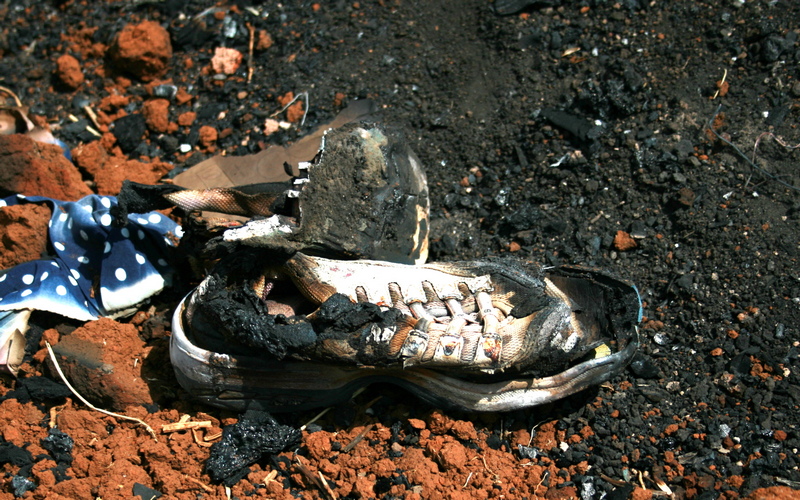
Above. “Nearby, in a bed of ashes, I spied a ruined shoe. With both the toe-box and heel part burnt, the charcoal remains of a shin bone protruded from the shell. “
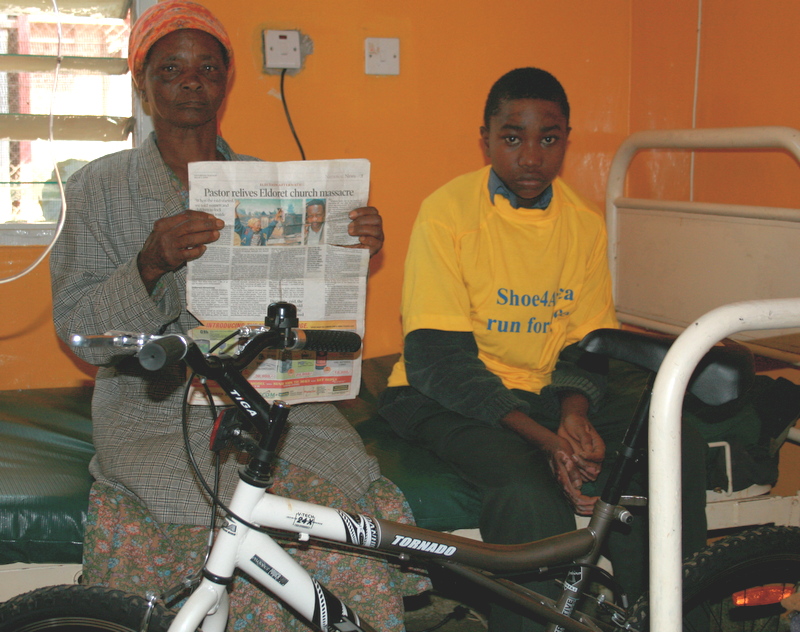
Above. “I rushed to the shops to buy Philip Kimunya a new bike…” His grandmother, who was also at the church, holds the newspaper with a picture of herself. Leaving the hospital I ran into trouble, being called a traitor and a bad man for helping a child from the ‘wrong’ tribe.
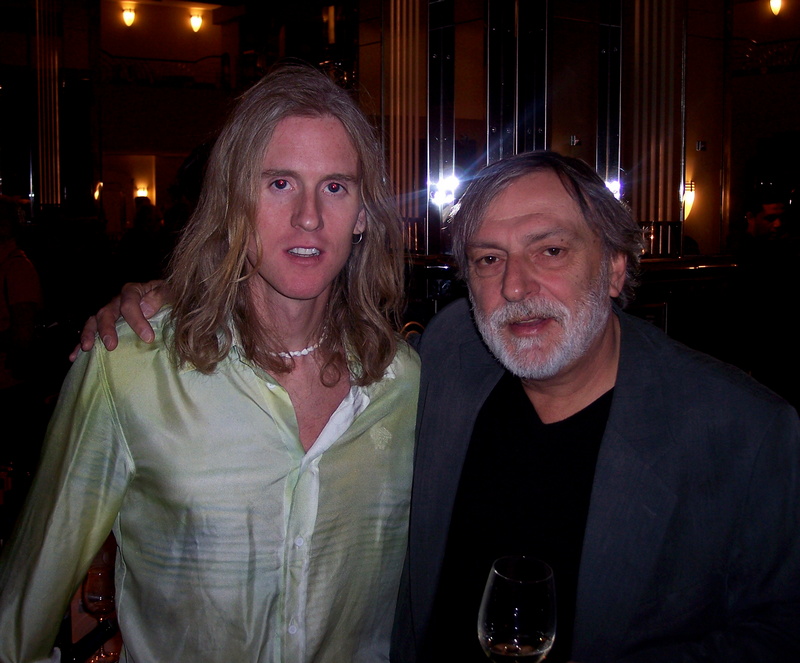
Above: Once I decided to build a hospital, every chance I got to meet anyone who had built a hospital I took to gain knowledge. I was honored to meet the amazing Dr. Gino Strada!
Chapter Sixteen. Kibera Revisited with 5,800 Friends.
The slums are so congested that when the gun went off for our peace race the lead runner shot off and completed the course before all of the women had managed to cross the starting line. Kibera is a maze, but we formed a yellow RUN FOR PEACE ribbon throughout the 2 1/2 mile course of ladies celebrating that peace had returned to Kenya.
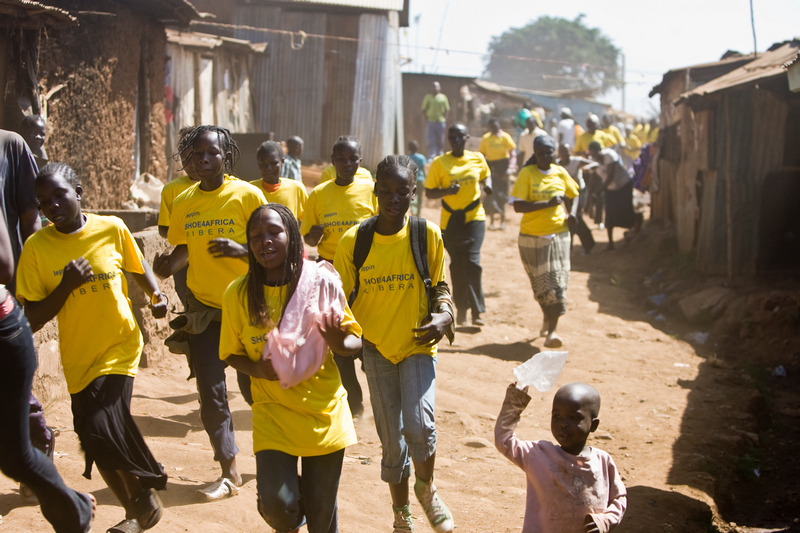
Above: Kibera’s Peace Run. Because of the narrow trails, we had over two miles of ladies streaming through the slums, a bit like the ‘The Gates’ site-specific work of art by Bulgarian artist Christo Yavacheff and French artist Jeanne-Claude in NY’s central park a couple of years earlier. Sadly, I could not get aerial shots. Click here for the VIDEO
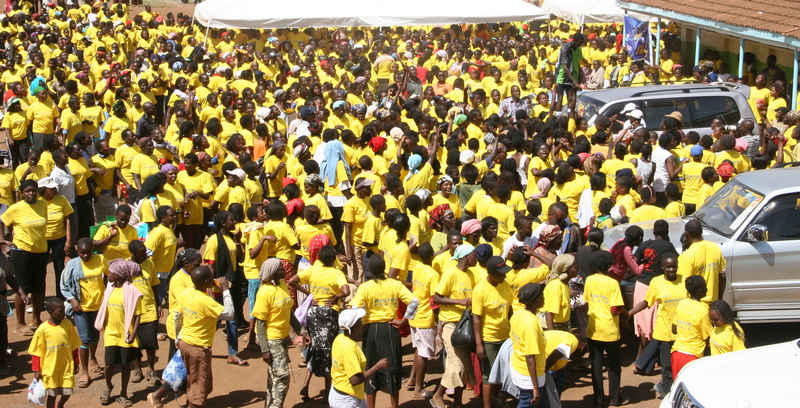
Above: The man in the Green, on top of the Land Cruiser, is the world marathon record holder Paul Tergat ready to play soccer in the Kibera slums.
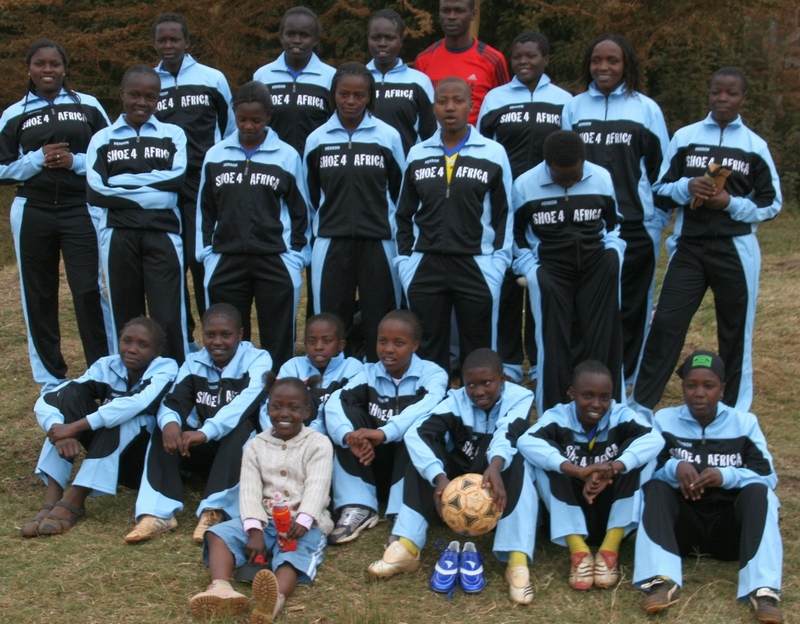
The Shoe4Africa All-stars women’s football team, in Kibera.
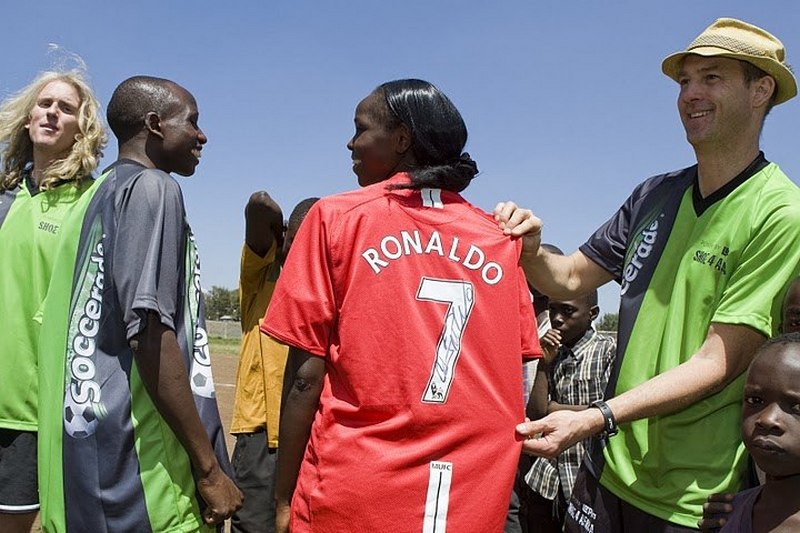
What a prize, Ruth gets a signed shirt from Cristiano Ronaldo!
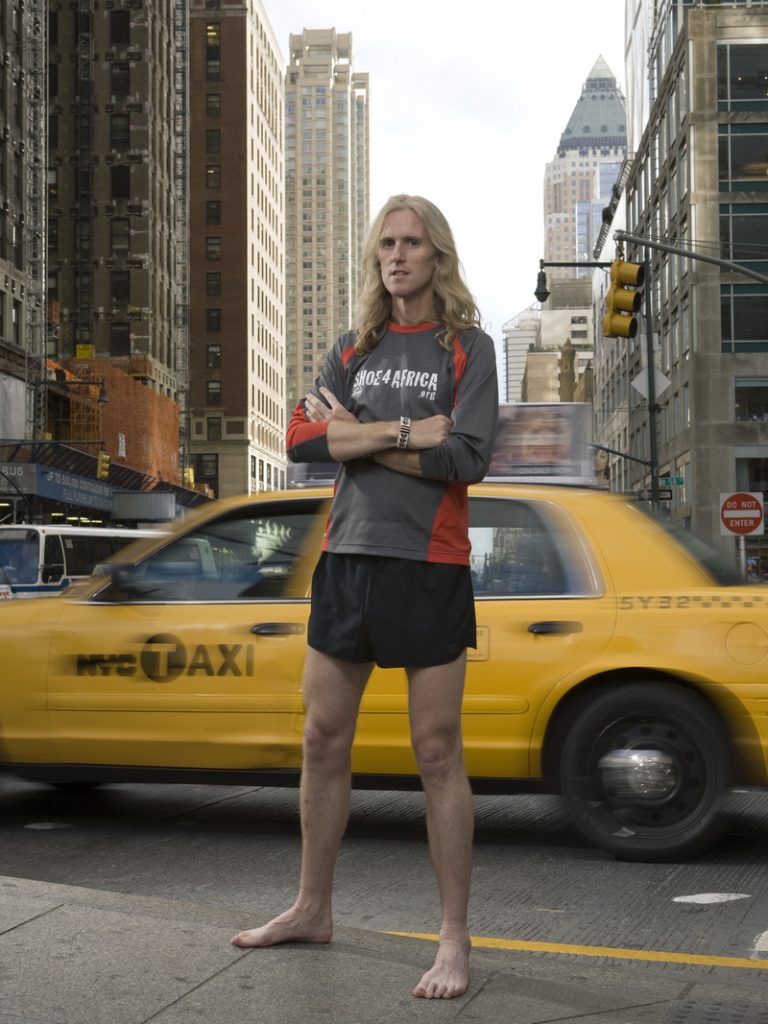
Above: A grateful recipient. Runner’s World Heroes Humanitarian Award. RW Video
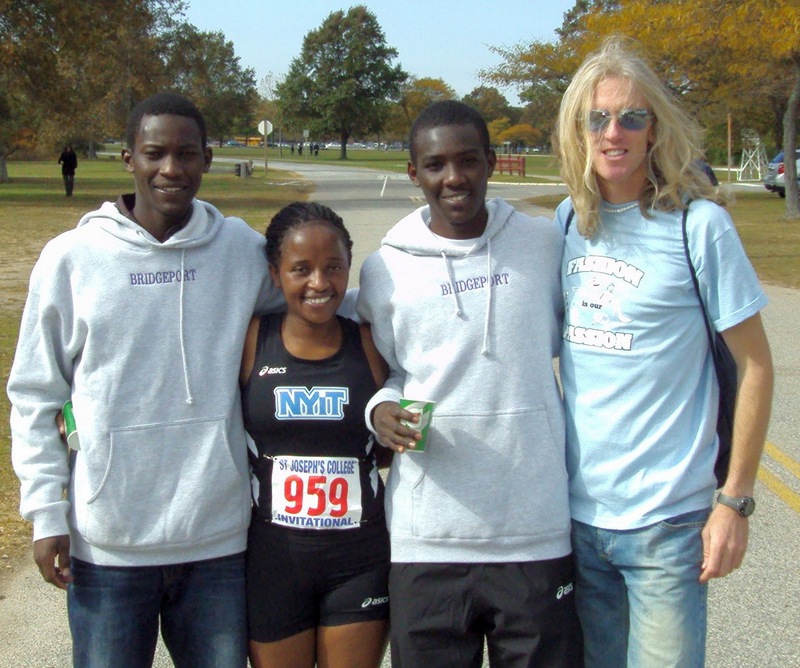
Above: As the coach of Fashion Institute of Technology, NYC’s most famous fashion school, whenever I went to XC or track meets, the Kenyan students always found me!
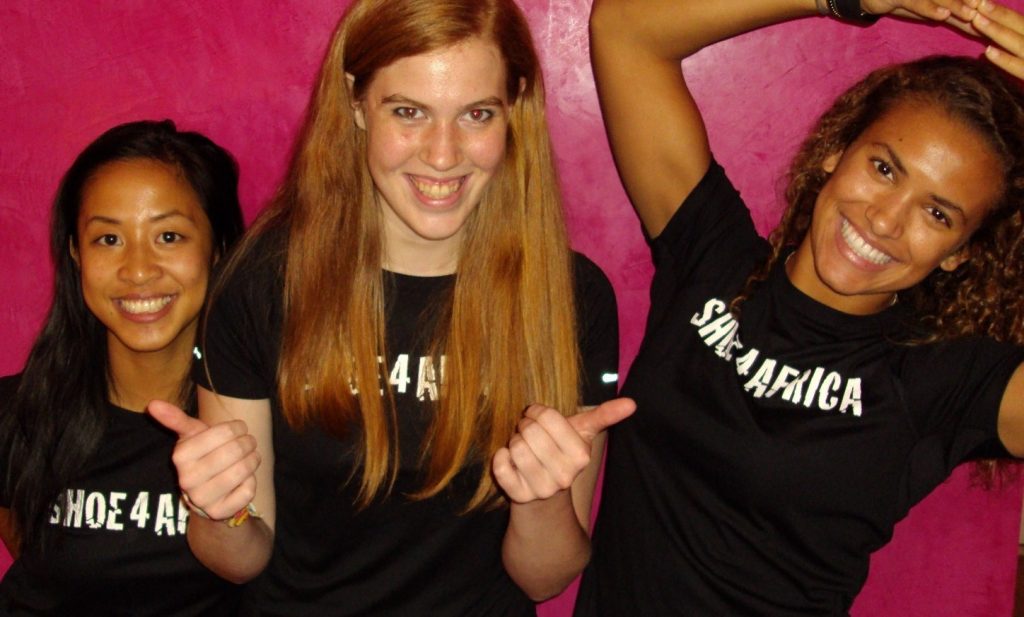
Above: And of course I had to kit out my own Fashion students in Shoe4Africa gear! Krystelle, Morgan, and Casey come to hang out at a Shoe4Africa party at Goose’s house.
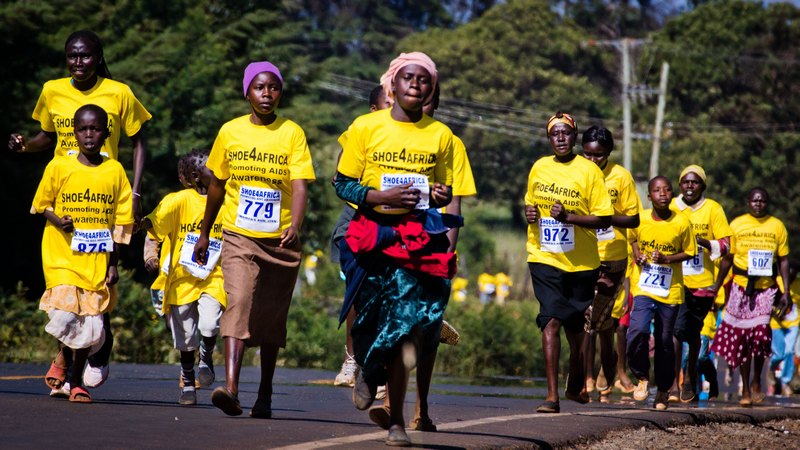
Above: Community races continued, promoting AIDS awareness are great celebrations where villagers run with elite athletes (Viola Kibiwott to the left of the pic is a 14-min 5000m runner!)
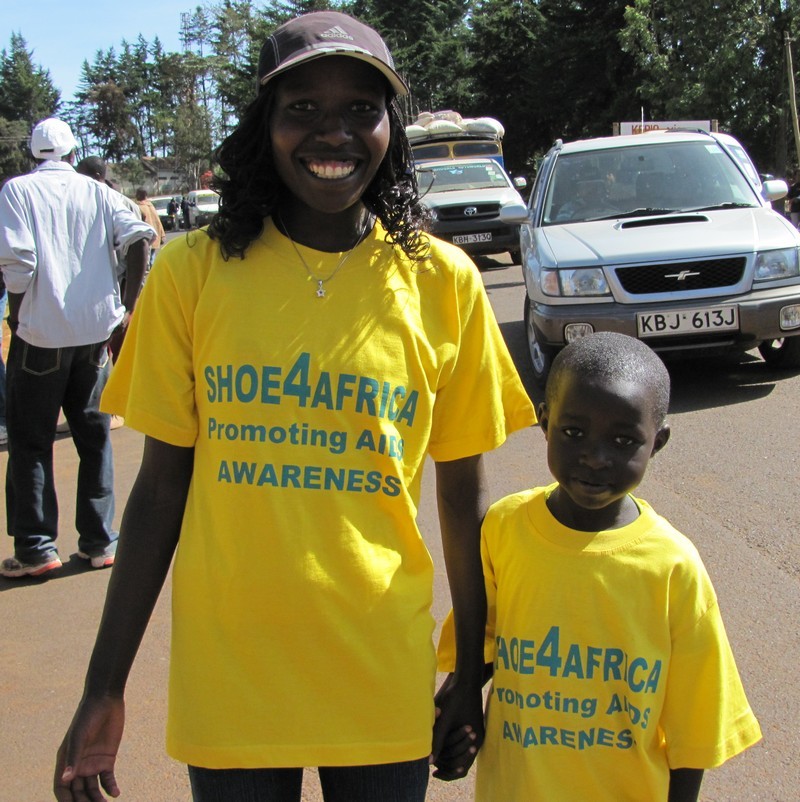
Above: World Champion Florence Kiplagat comes to run with her daughter in a Shoe4Africa race.
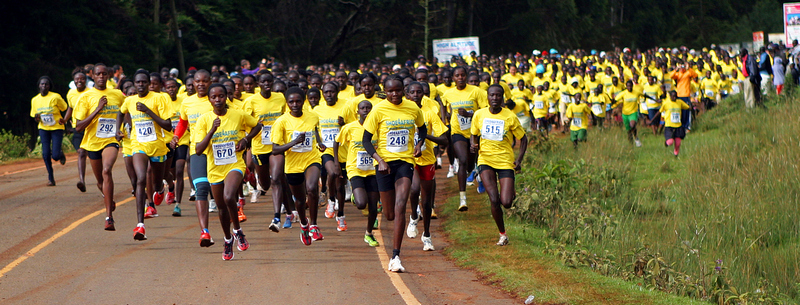
Above: And off the ladies go! So many of Kenya’s top ladies have made breakthroughs at these free to enter Shoe4Africa events. Thousands getting shoes!
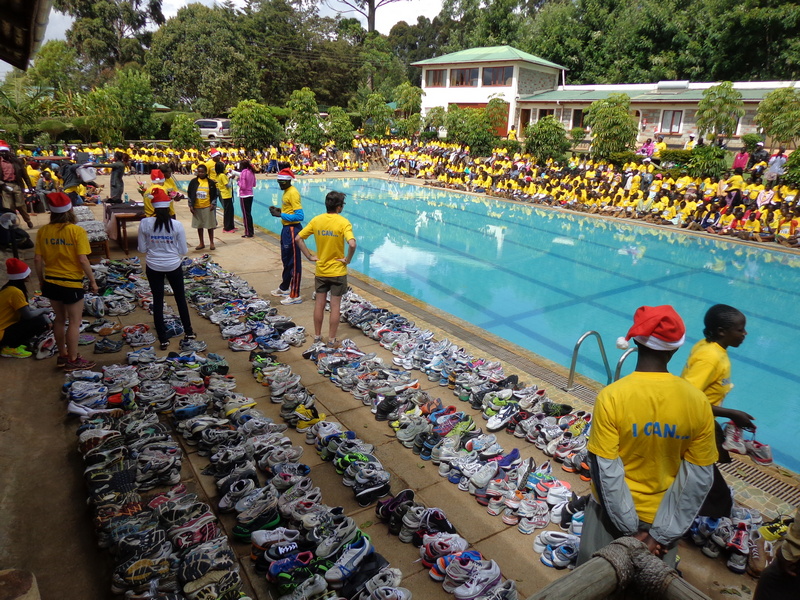
Above: Handing out the shoes with the guests of High Altitude Training Camp.
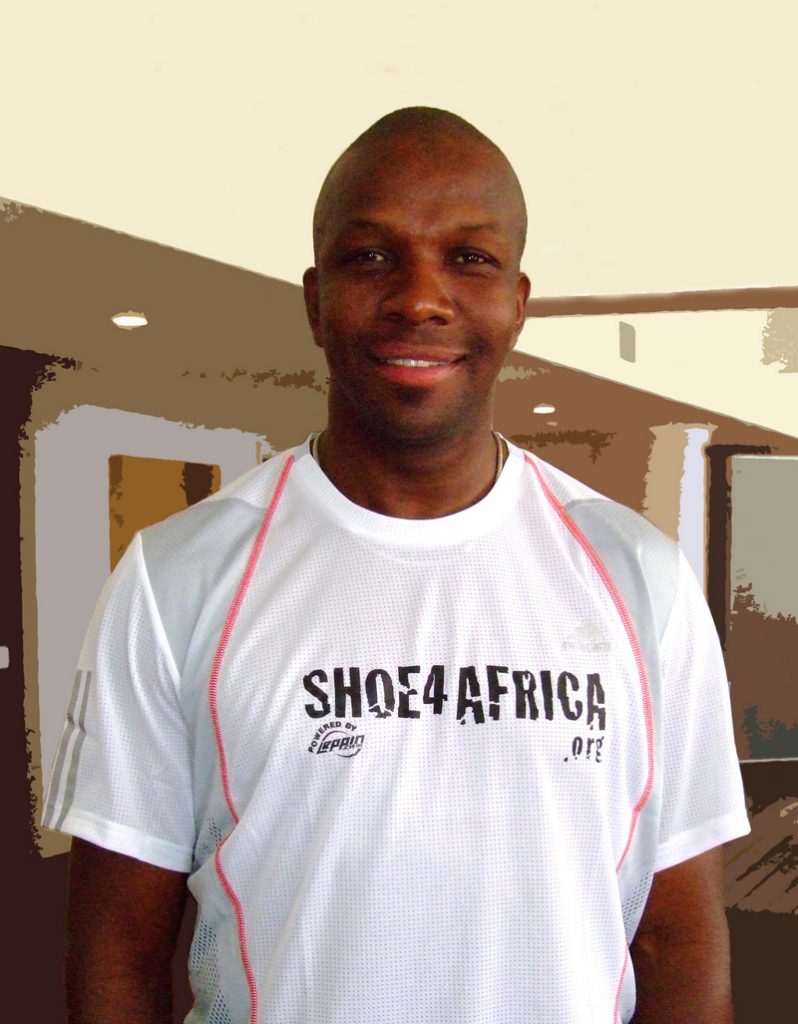
Above: Ambassador Donovan Bailey, world and Olympic Gold 100m
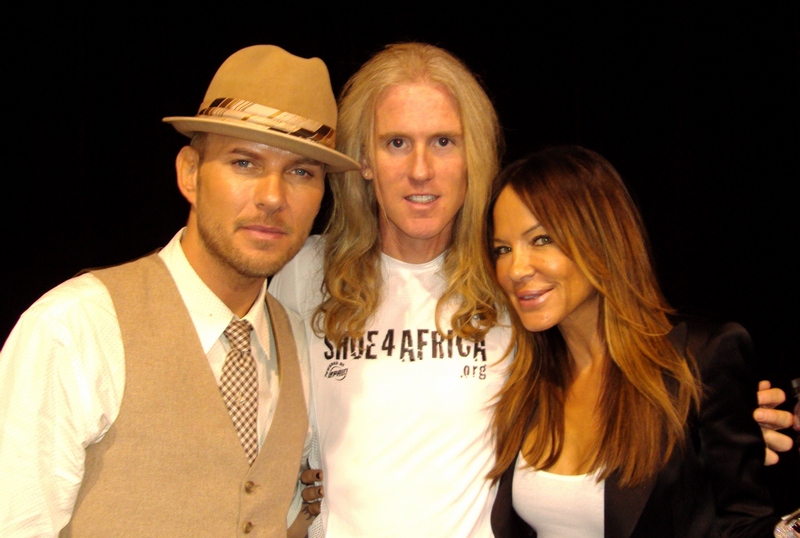
Above: Matt Goss offered to sing Song4Africa for us….a Musician making a comeback, gets a Christmas #1? Another crazy fundraising idea.
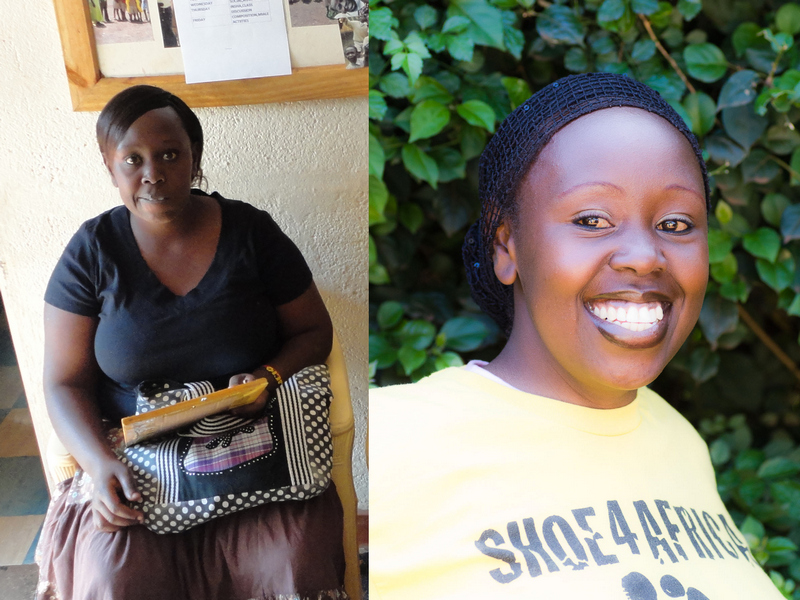
Above: Our Kibera make over programs, in the slums, were a huge hit. Thanks to fashion model IMAN and Kevyn Aucoin for the products!
Chapter Seventeen. The Benefits of Begging in Manhattan.
When you need a few million dollars and you don’t have any experience in how to fund raise it can be quite a trip. Try it yourself. When I said Yes to building the hospital I had no idea how to raise money. The first three donations totaled $400!
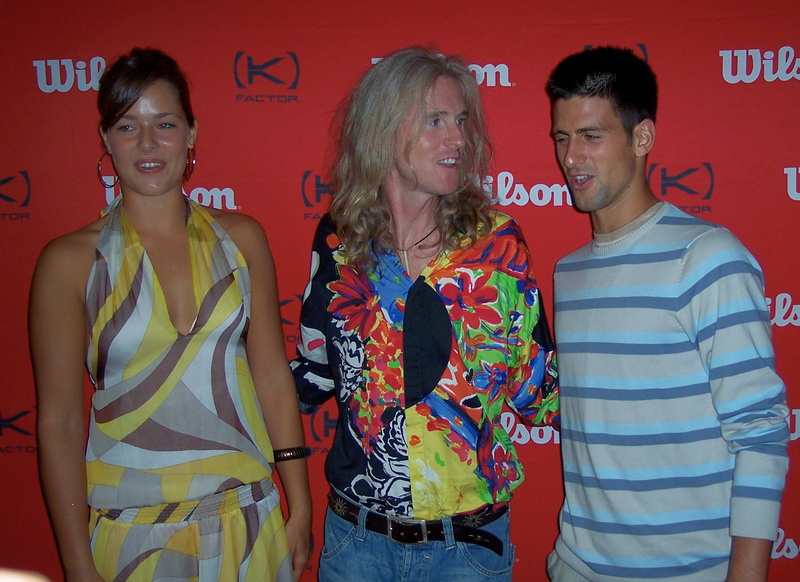
Above: The benefits of begging in a place like Manhattan? You bump into people like Novak.
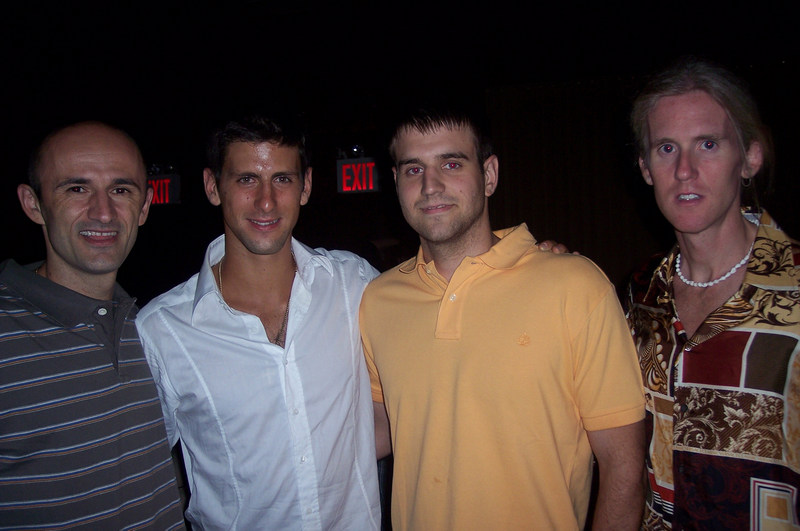
Novak Djokovic; The greatest male tennis player of our era.
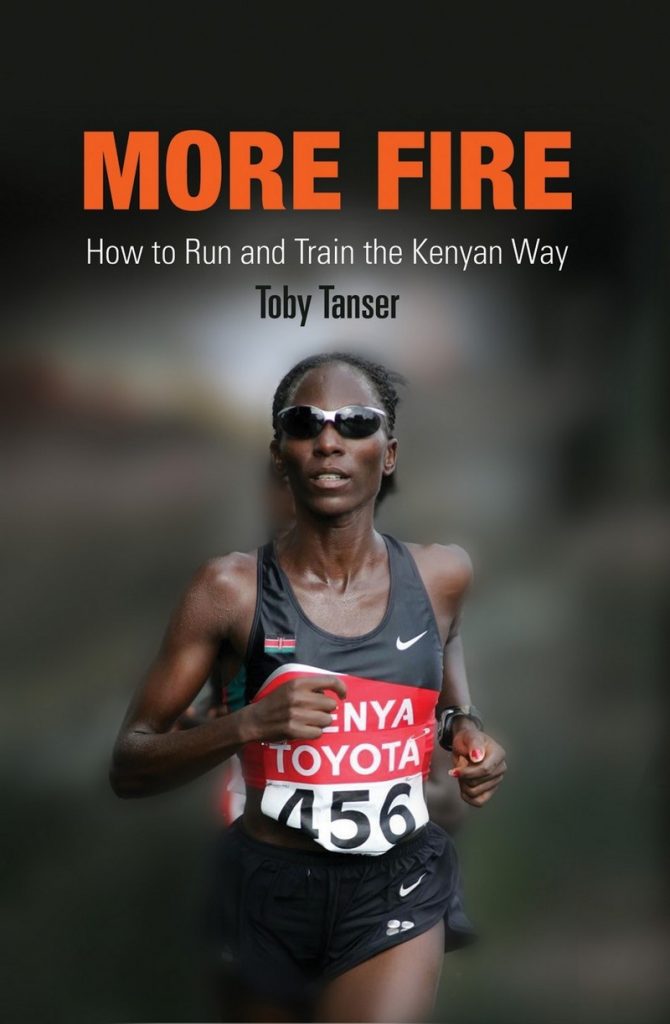
Above: Looking for extra funds, I wrote a book pledging 100% royalties to Shoe4Africa. credit: Giancarlo Colombo
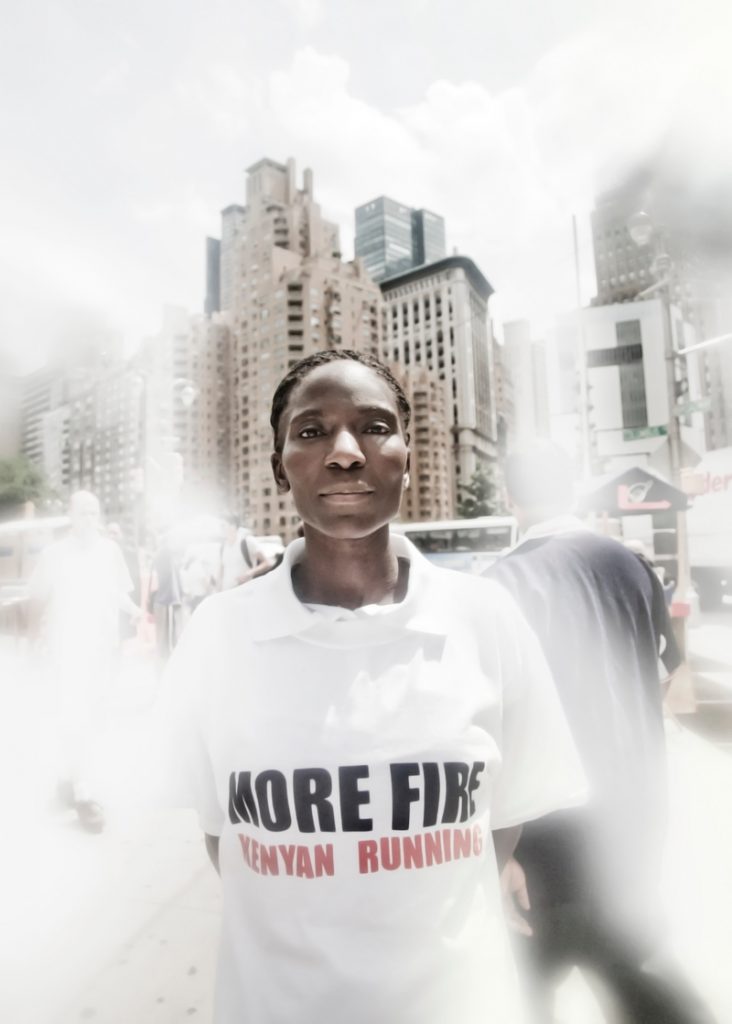
Above: Catherine Ndereba, was a longtime friend who was the cover shot for More Fire. Here my photo-whizz, Mike Kobal, did a great back up cover shot on Central Park South just incase Giancarlo, the photographer, would not allow me to use his pic for free; luckily he did. This way, 100% of all monies from the book, went to charity!
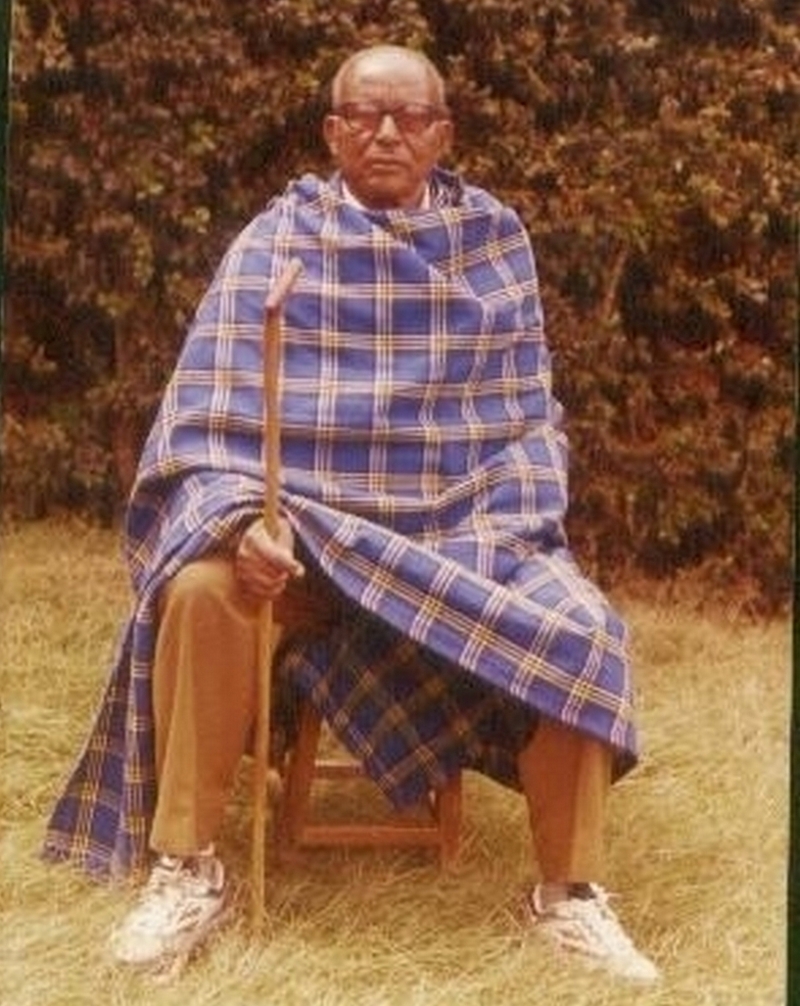
Above: One of the greatest joys of writing about running is the chance to meet extraordinary people. Among the most inspirational stories from the 1968 Olympics is that of John Stephen Akhwari. Once a frontrunner in the marathon, he fell, severely injuring his leg, and limped across the finish line over an hour after the winner. When asked why he didn’t just quit, he replied, “My country did not send me 5,000 miles to start the race. They sent me 5,000 miles to finish it.” A timeless reminder of courage, pride, and perseverance. Bud Greenspan Video
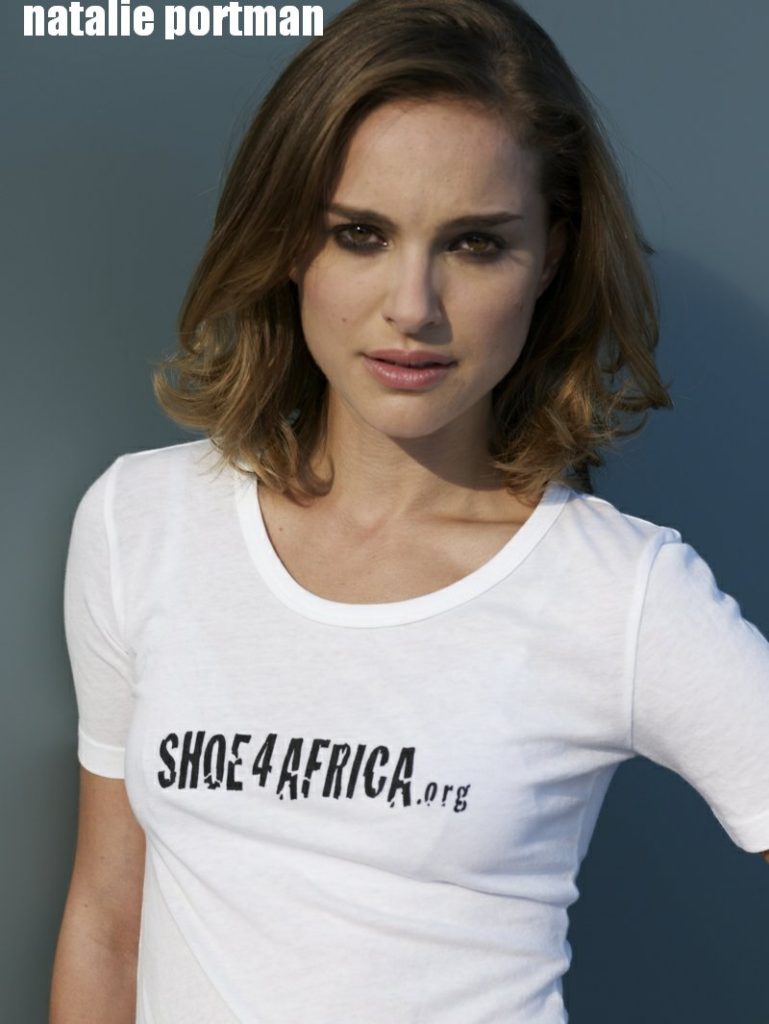
Above: Benefits of living in NYC? Inez & Vindoodh shooting Natalie Portman #natalieportman for our ‘Natty Shoe4Africa T-shirt.’ Another, great ambassador with a heart for Africa!
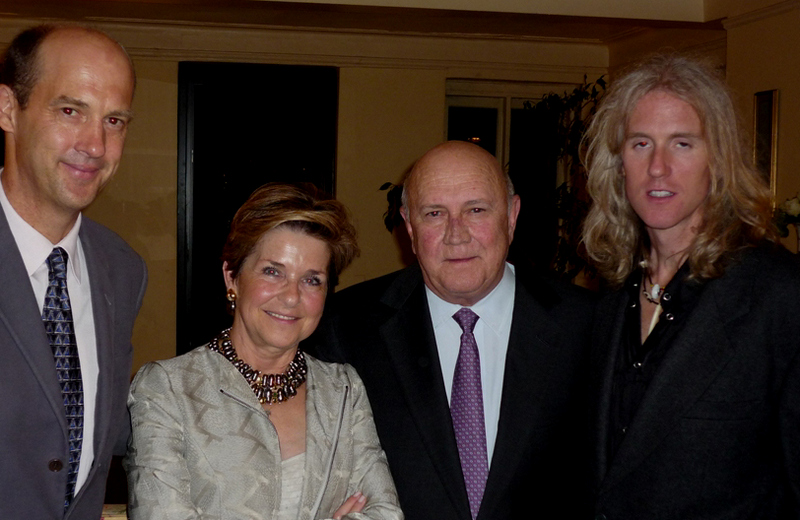
Above: Meeting Nobel Prize-winning President F.W.de Klerk of South Africa, I had hoped to beg for money from him at a private dinner, but, during the dessert, he turned the tables on me and became the night’s beggar.

Above: After the Richard Branson Virgin disappointment, we tried men’s underwear! C-In2 even spelt our name wrong.
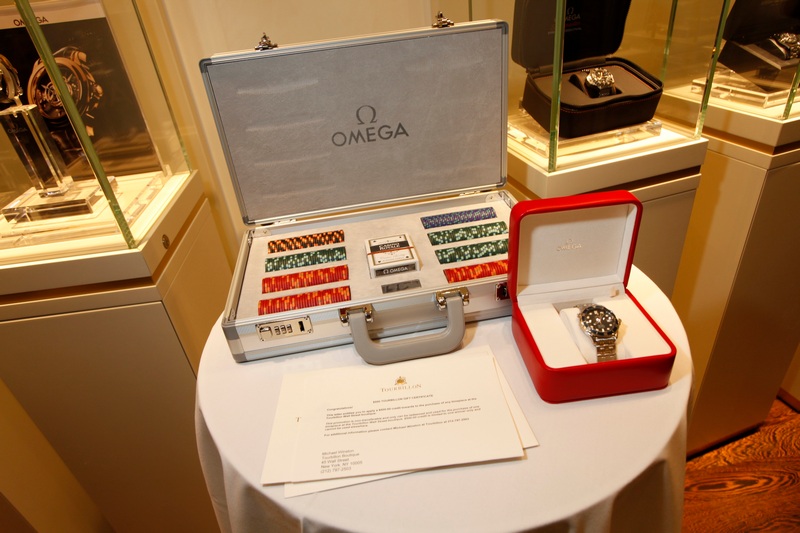
Above: The closest I got to Mr. James Bond: Omega sponsored a Poker Night for us and donated Chips used in the Official 007 Casino Royale Movie, and a James Bond watch. The two prize winners of the night were actually the only two players who didn’t pay the $500 suggested buy-in. As the Casino Chips winner had lost his job that day, it seemed good karma that he ended the day a winner.
Chapter Eighteen. Now A School?
Why would someone who has committed to building a hospital for millions of dollars, and not having the funds, suddenly start fundraising to also build a school? It does not make sense, right?
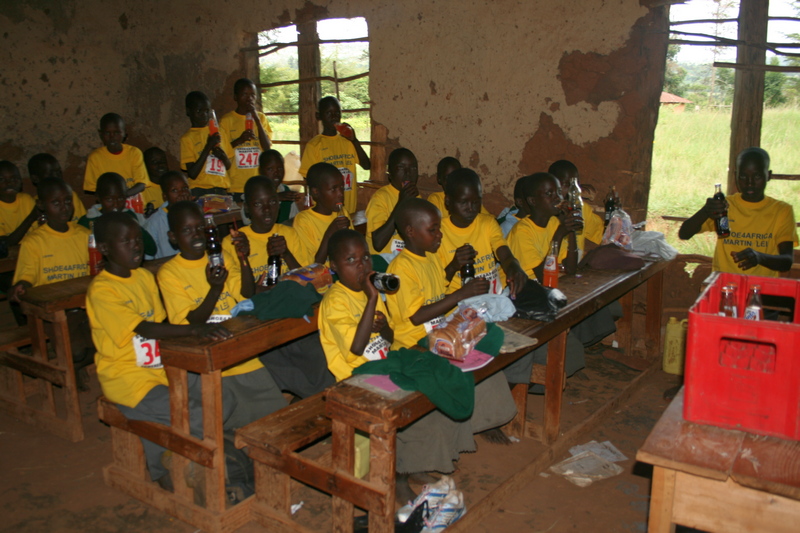
Above: Glass was missing from the windows, sticks were used for frames, mud was on the floor…and I wanted to help these kids and give them a better place to learn.

Above: Okay, we never planned to build a school as we started fundraising to build a hospital, but…we built four schools (and classrooms in other schools and WCs) before even starting the hospital construction.
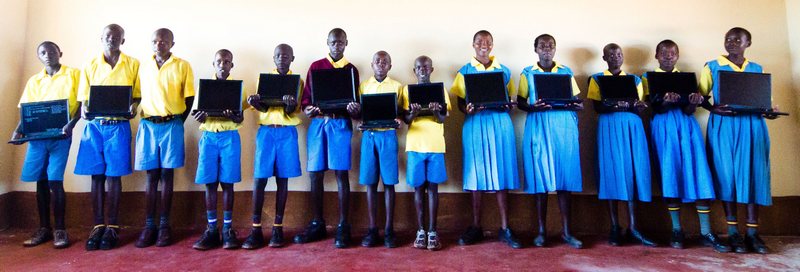
Above: For our second school, ‘Mr. Schools’ organized a donation of 15 laptops. Saving money, and to get them there without shipping, I carried them in my hand luggage (with my own). All was well and good till I arrived at the X-Ray machine at the airport; as I threaded laptops in trays, a near disaster happened on the far side of the conveyor belt! And my arms literally fell off.
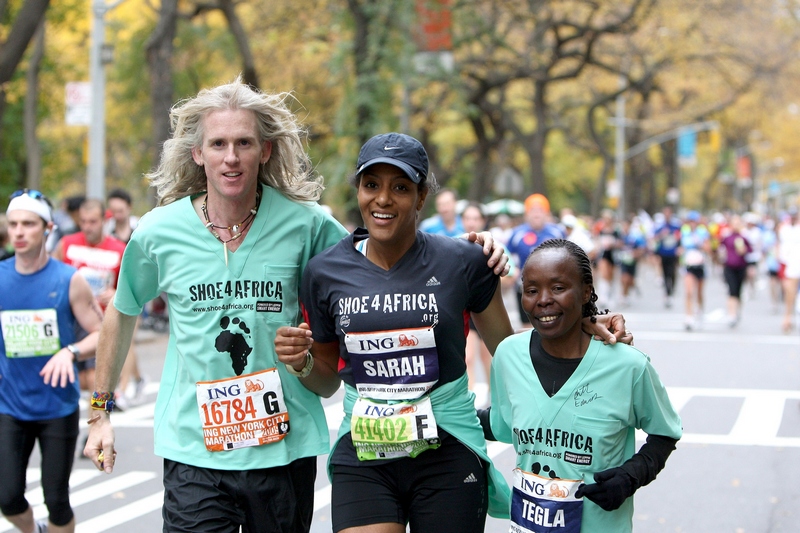
Above: Competing in Hospital Scrubs! A great form of fundraising for us was running. Actress Sarah Jones, and 2 x Winner Tegla Loroupe join me in the NYC marathon in our 1st Marathon fundraising team. Credit: NYRR
Chapter Nineteen. From The Sea to the Stars.
2010 was quite an unforgettable year. The highlight had to be running from the shores of the Indian Ocean, to the peak of Mt. Kilimanjaro!
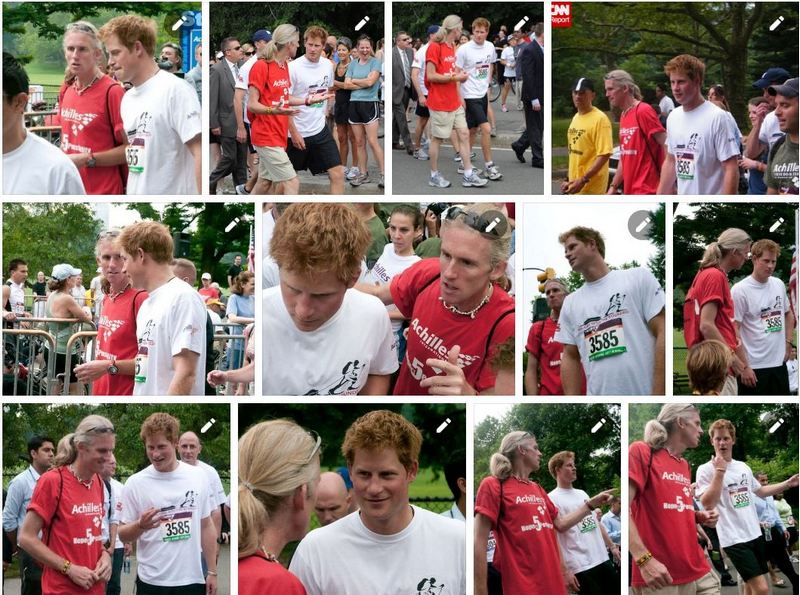
Above: Hanging out with a Prince for a morning.
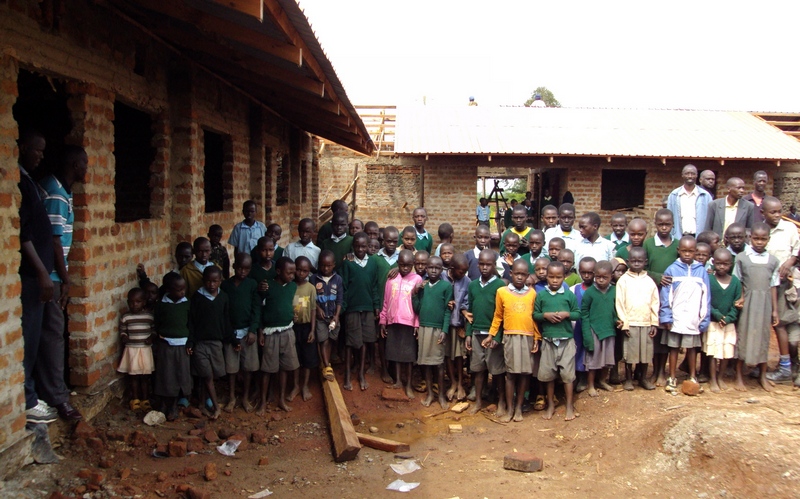
Above: I turned up in the school holidays, to check on the workmen and found so many local school kids on site. They came each day to watch the workmen build their new school, always offering to carry a bucket of water, or lug a piece of timber. Very humbling for me to see how excited they were for this, a decent place (at last) for them to study in.
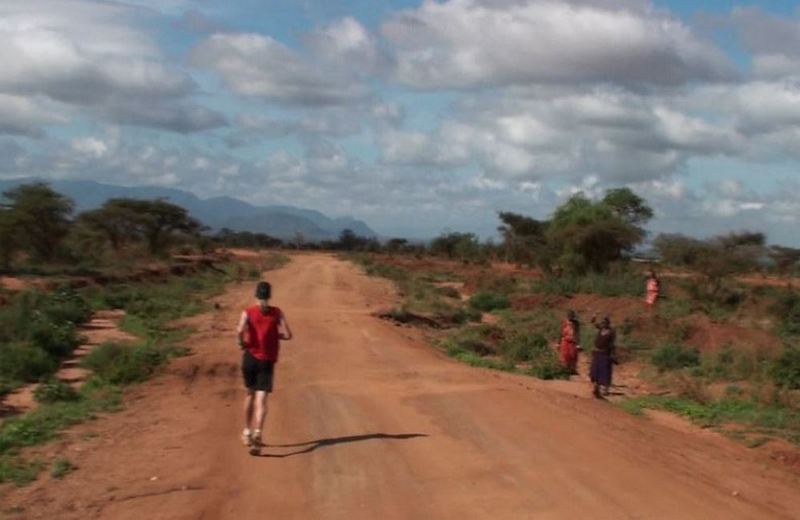
Above: I will never forget running from the Sea to the Stars
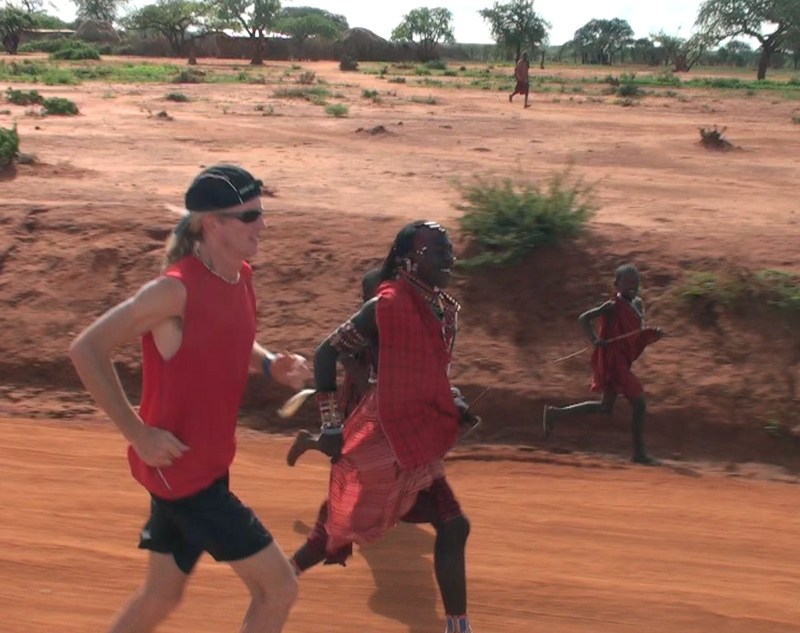
Above: Impromptu moments on the journey, like running with the Maasai, brightened my days. Looks like we were all on the same page in regards to the dress code…
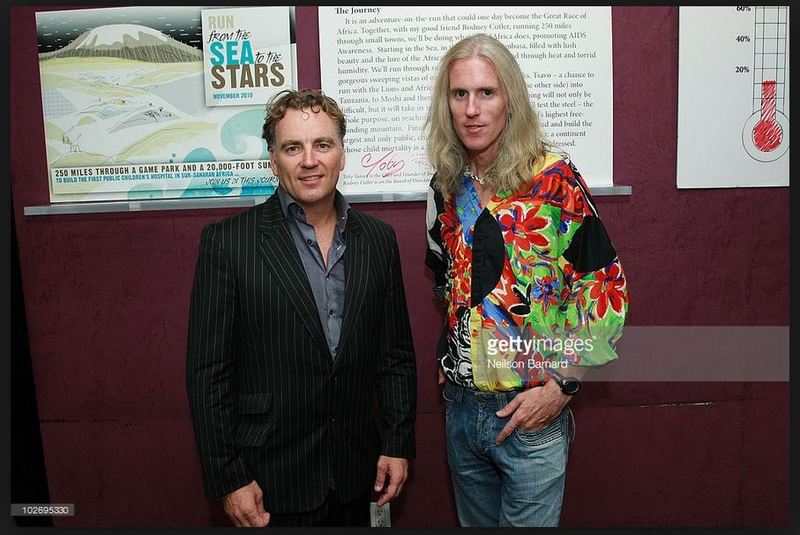
Above: One of NYC’s most talented Hair Clippers, Mr. Rodney Cutler of Cutler Salons who was really a fab, fab help with the Sea to the Stars run. Here at his West Broadway Salon launching the run.
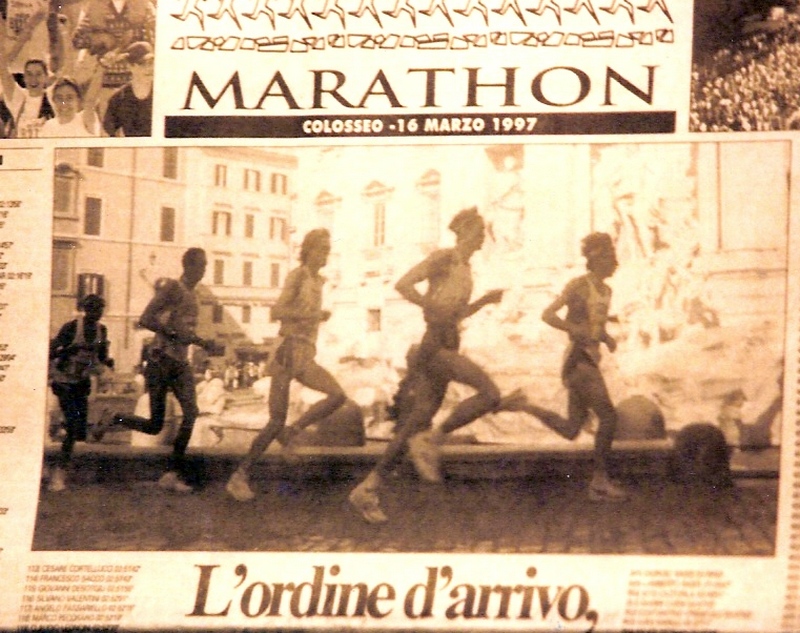
Above: A picture from the Rome Newspaper (I’m in #3), when I was running the marathon – boiling hot and not a drop of water the whole way. So when I saw that famous fountain I wanted to jump in to grab a drink. But, the run to Kilimanjaro, across the TARU desert, was even hotter, and 40 miles, not 26.2.
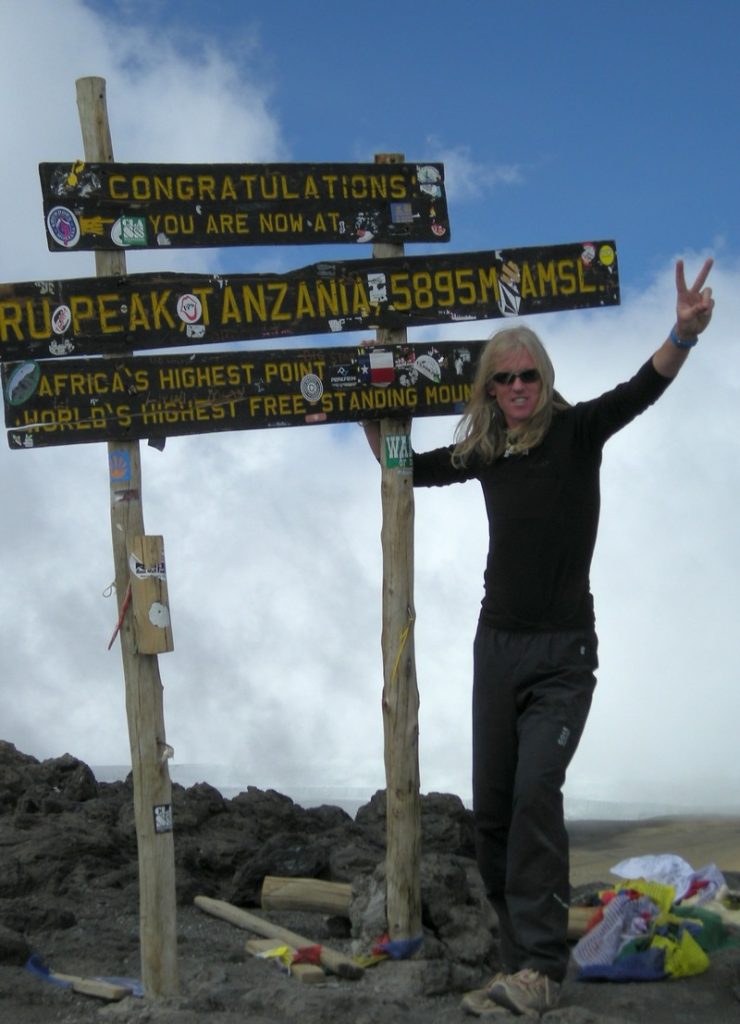
Running after standing with my feet in the Indian Ocean, up to the stars; the summit of Mount Kilimanjaro.
A once-in-a-lifetime fundraising run, crossing scorching plains, verdant valleys, and cloud-kissed highlands, all to raise the funds needed to build a children’s hospital where hope could be restored for needy kids. It was definitely much more than a simple endurance ultra run—it was my pilgrimage of purpose. An unforgettable, awe-inspiring journey that blended sweat, soul, and sky in a mission to heal. VIDEO of the Run.
Chapter Twenty. Stoning in Turkana.
Again, what does getting pelted with stones—yes, with real, hard stones—have to do with raising money to build a hospital?
Turns out, quite a lot.
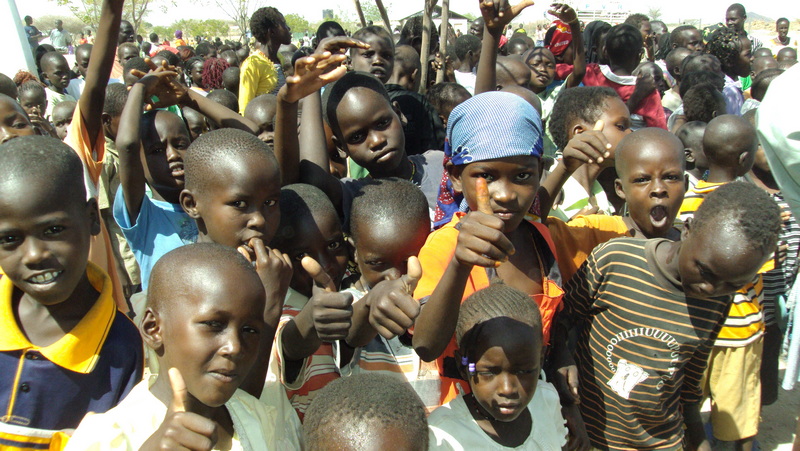
Above: Although I had been pelted with stones the night before by both men and women, by morning everything changed—the fear faded, replaced by the laughter of children. When I met the kids, it was all smiles, all light.
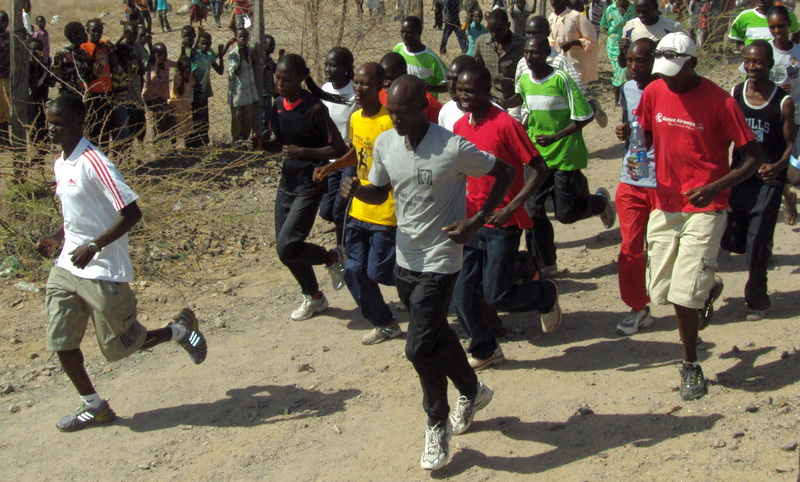
Above: In the scorching, desert-like heat of Turkana, we hosted a grassroots training forum led by newly crowned Commonwealth Games marathon champion John Kelai (in white), hoping to inspire local youth to take up running. Behind him in black runs Zipporah, who gave it her all and even competed internationally—proof that determination lives here. Yet, Turkana remains a region where long-distance running is rarely nurtured. A powerful reminder that while talent is universal, opportunity is not.
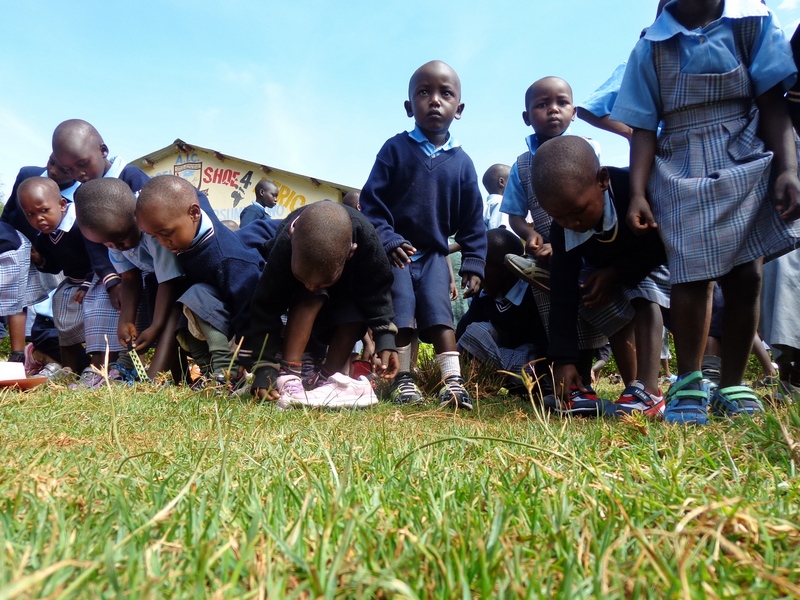
Above: Little kids are gifted shoes at our second school, the Shoe4Africa Janeth Jepkosgei School.
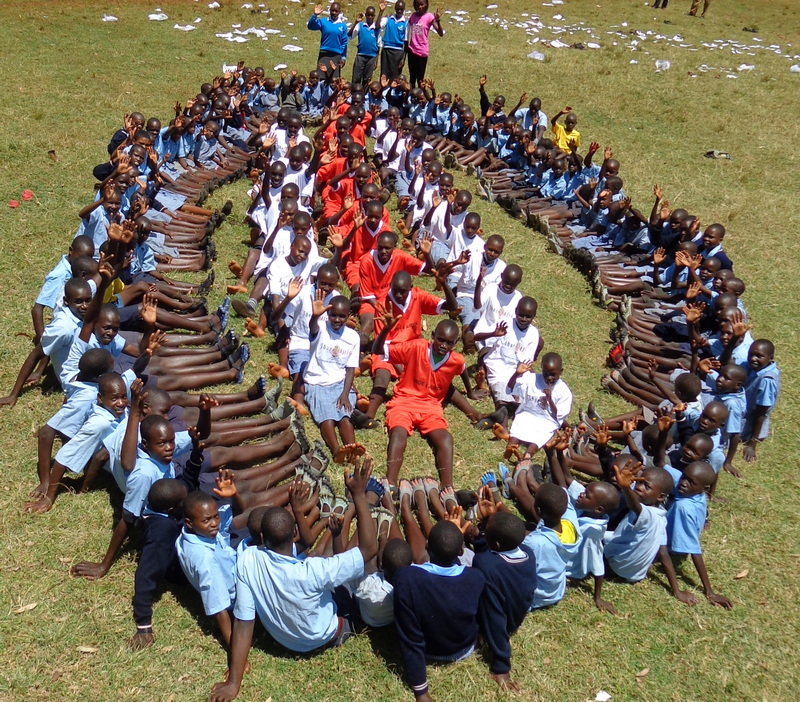
Above: Remember the barefoot running craze? It didn’t last long, but for a brief moment, many people thought ditching shoes was the key to speed. We were gifted a huge batch of Vibram ‘barefoot’ shoes during the hype—and the kids were utterly baffled. If you zoom in, you’ll spot them all wearing the rubber-soled shoes, which they mistook for special bathing socks! Nobody believed these were running wave running shoes. It was a comical moment in the journey of shoe donations—and a lesson in cultural context when introducing “innovative” gear.
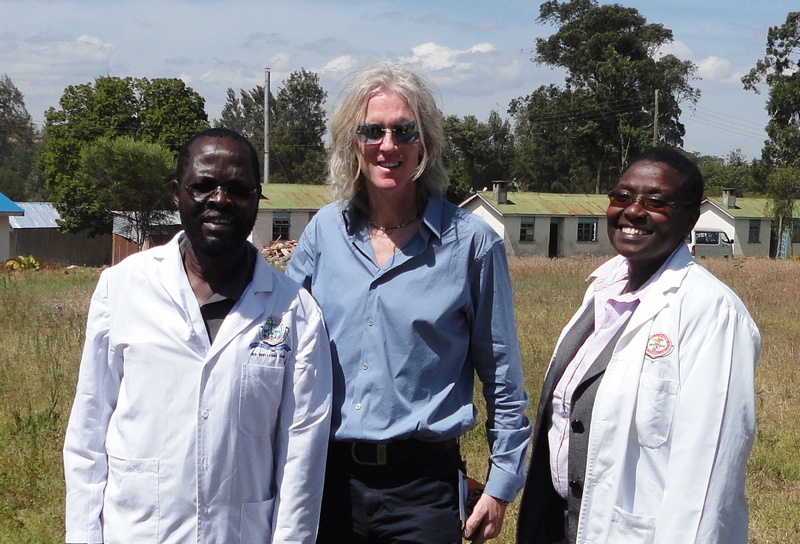
Above: When I first set out to build the hospital, the then-Minister of Medical Services, Professor Peter Anyang’ Nyong’o—father of actress Lupita Nyong’o—was the first to hand me the official letter granting permission to begin. Four years later, in 2012, he returned to stand on the very field where we would soon break ground. It was a powerful full-circle moment that marked the transition from vision to reality.
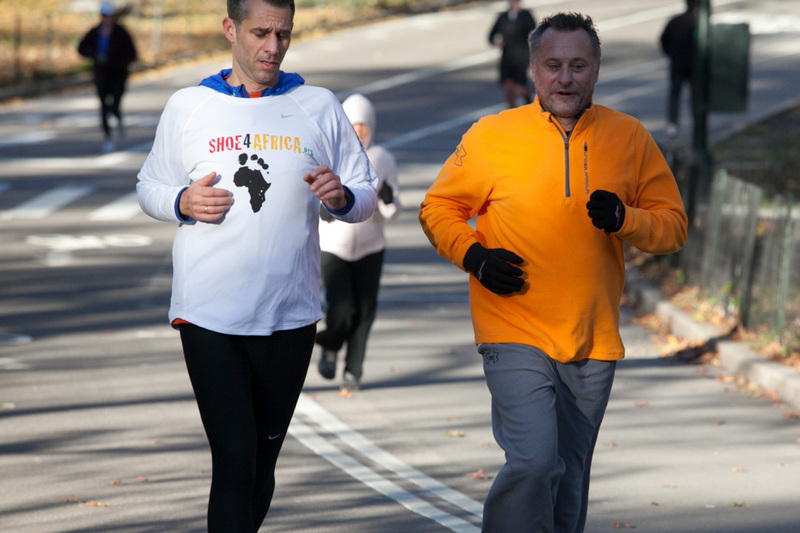
Above: The late Swedish actor Michael Nyqvist—best known for The Girl with the Dragon Tattoo and Mission: Impossible – Ghost Protocol—joined our group runs for the 2012 Marathon Team, seen here running alongside Axel Wiedenmann. Michael, who sadly passed away in 2017 after a battle with cancer, was a warm and gracious presence. I’m certain he would be proud of the work we’re doing today to fight this devastating disease, especially through our children’s cancer hospital.
Chapter Twenty One. Problems, Problems, and Solutions.
The road was never smooth—right from day one in 2008, when all but one of my board members resigned. But that’s the strange thing about problems: sometimes, they crack open the space for unexpected solutions. What seems like a breakdown can become a breakthrough. And more often than not, the right people show up just when you need them most.
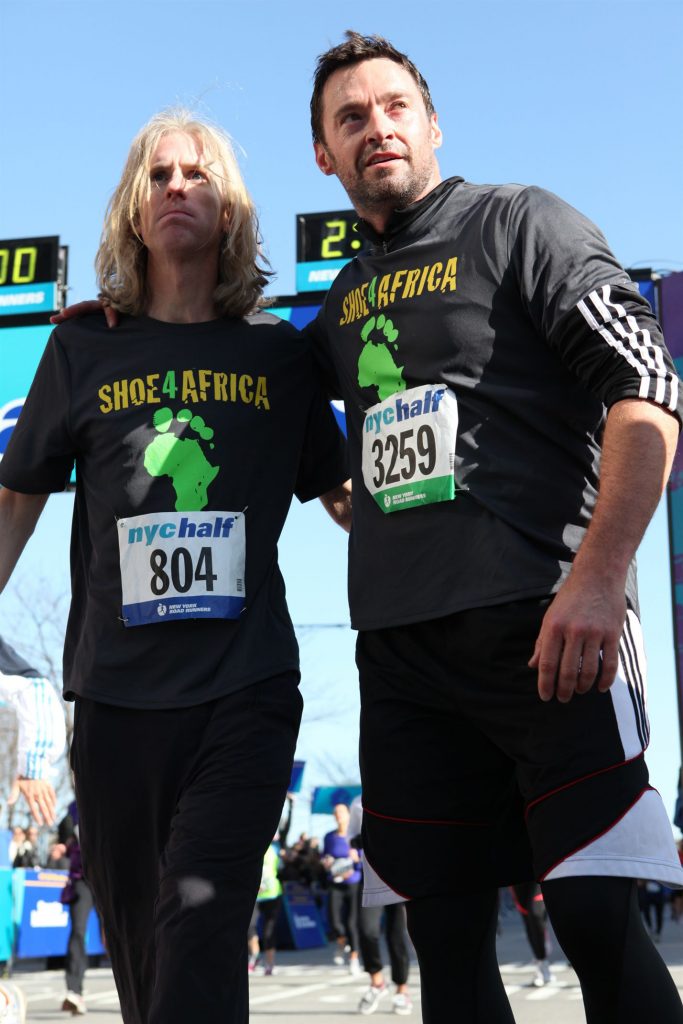
Above: We were honored when Hugh Jackman made his half marathon debut running for Shoe4Africa. Whether or not he regretted saying yes somewhere along those 13.1 miles, we’ll never know—but we were deeply grateful. True to his Wolverine spirit, Hugh ‘warmed up’ the day before the race with 300-pound leg presses. Now that’s dedication!
Photo credit: NYRR.

Above: Problems and solutions. When doors closed, creativity opened others. Here’s Chelimo sporting the limited edition Shoe4Africa x Rodarte “Tux Tee” — our cheeky “Boycott the Gala but Buy the T-shirt” campaign. Having a top fashion house design for our cause was a blessing in disguise, and a powerful reminder that even unconventional paths can lead to incredible support.
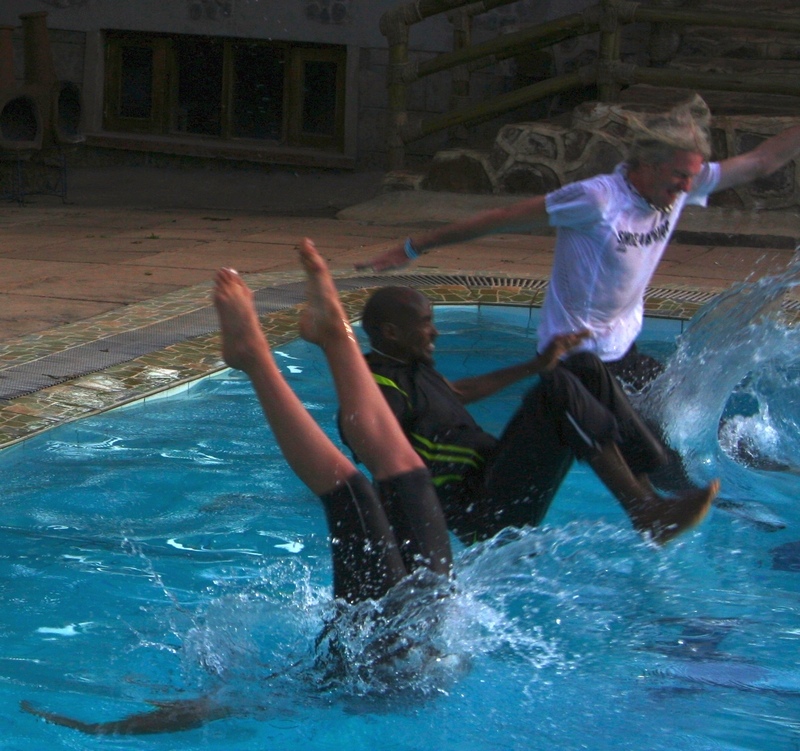
Above: When lawyers told me they’d shut down SHOE4AFRICA to tweak our mission statement, I thought, “Okay, time for Plan B!” So, I asked Mo and Tania Farah about starting Health4Africa in the UK. After getting the go-ahead, we set up a meeting with Dr. Stone on Harley Street in London. But, of course, we couldn’t just go straight to business! We kicked things off with a long jump competition into the pool. Spoiler: Even with his four Olympic Golds, Mo couldn’t out-jump Tania, who was a long jump champion in school! It looks like I was third from the photographic evidence.
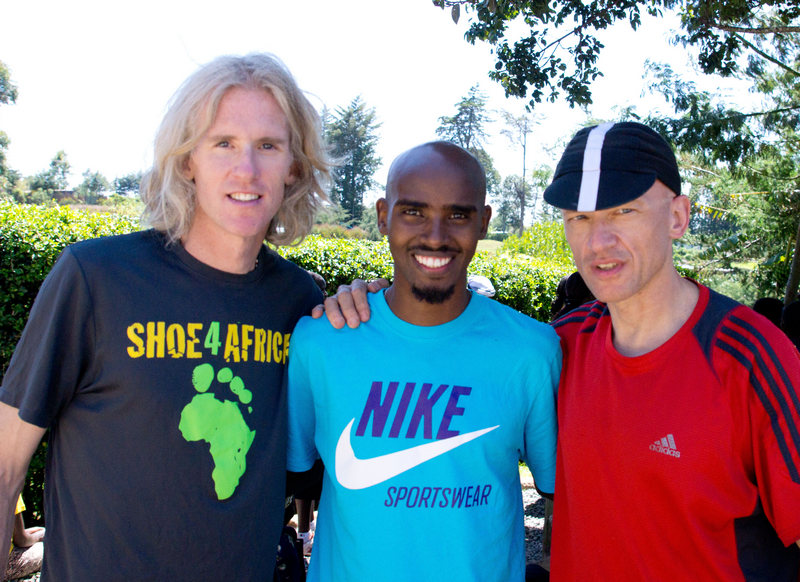
Above: The man on the right, MikeKobal.com, has provided me with many beautiful photos. And the man in the middle? Highly recognizable, ‘Mo Fire’ Farah.
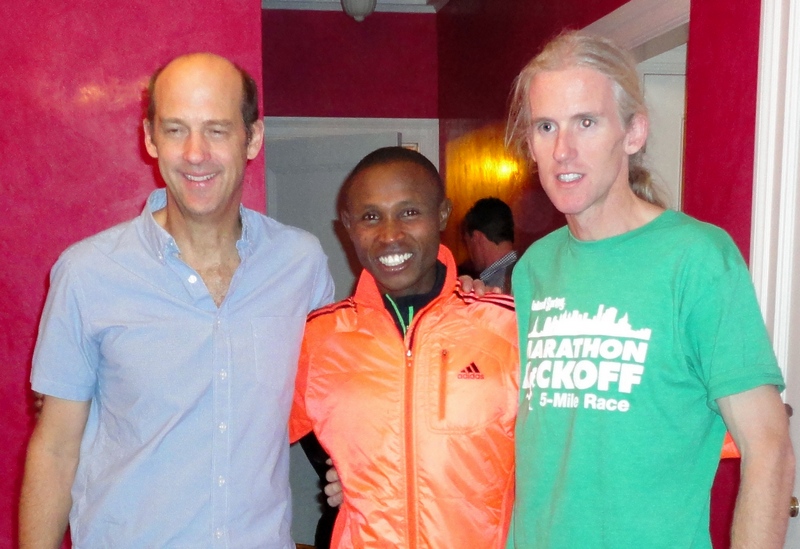
Above: The incredibly generous Anthony Edwards went above and beyond to support us. Here, like for many years, he offered his house for our Shoe4Africa pre-race dinners. Geoffrey Mutai came by to meet our runners, and we treated him to some traditional Ugali (Kenyan running fuel). That same fuel would help him set the New York City Marathon course record the next day, which stood for well over a decade. Must have been our cooking!
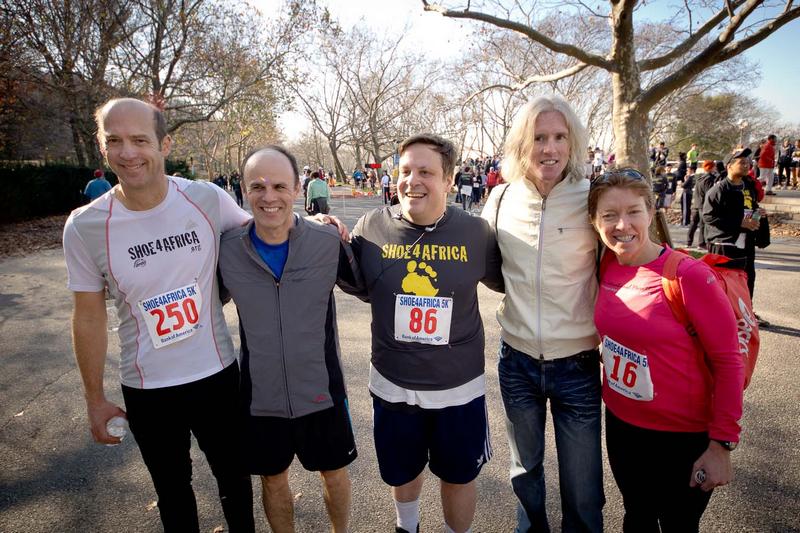
Above: The first ever person to donate to Shoe4Africa was Chris Bilsky, who sent me $500 in 2001 to help with postage for sending shoes to Kenya. She also, along with Marty Levine and me, made the initial donation of $400 for the hospital project—something I’ll never forget. Here, I’m with Chris, her husband Mark, Anthony Edwards, and David Hirsch (George’s son), all of whom played pivotal roles in supporting this journey from the very beginning.
Chapter Twenty Two. With A Little Help From A JCB Digger.
Right when we are about to start, Hurricane Sandy hits NYC. The marathon is canceled, we have a 5km Manhattan race planned and we switch it to be a NYC fundraiser.
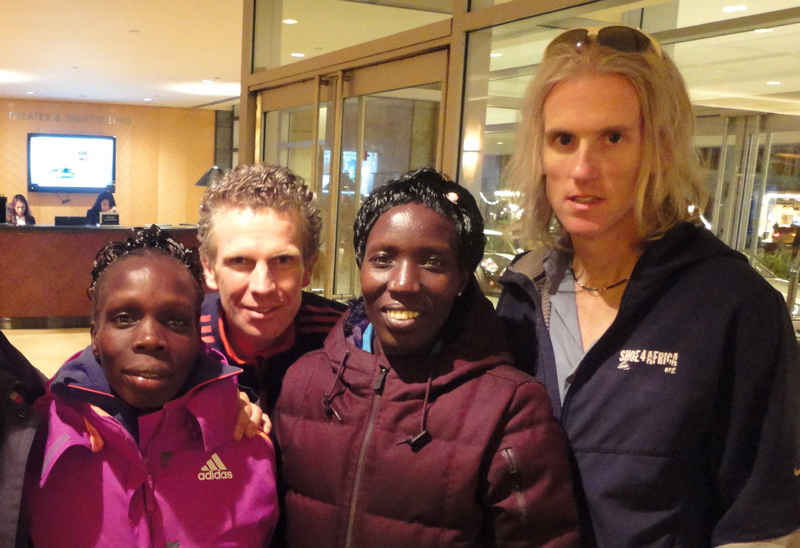
Above: A little unknown story. When the NYC marathon was canceled due to Hurricane Sandy, and all the Kenyan elite runners were in town, they called me, “Can we help the Americans? We are ready now to go downtown and assist with the clean-up.” Truly humbling that the elite runners then assembled in the Hilton Hotel lobby and we were ready to roll up their sleeves and set to work… until a gentleman, who was contracted by the race organization, stated ‘they didn’t want the liability for the runners’ thus blocking our well intentioned plans. Turns out he didn’t want the athletes to get the credit, the race org had no idea what was going on.
Sharon Cherop, Boston Champ to the left, and Edna Kiplagat, double World Champ, ready to get to work…and Jeroen Deen of Holland and Kenya/Ethiopia, photobombing the picture!
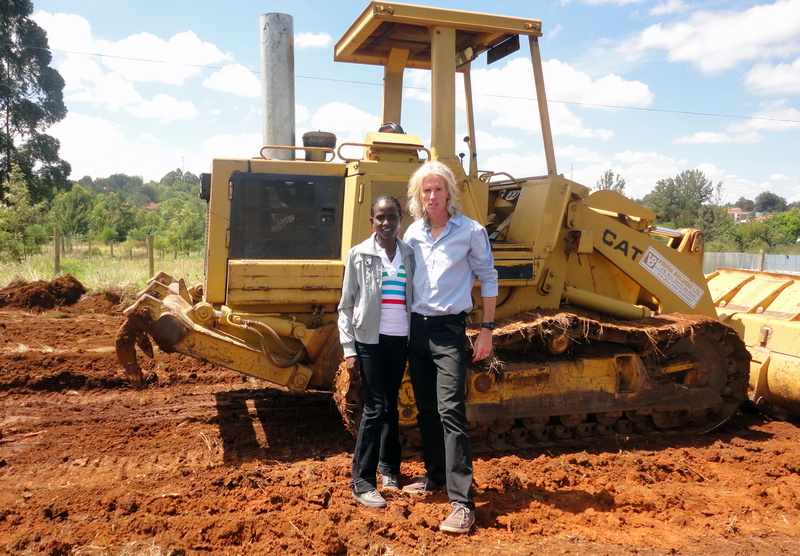
Above: Finally—years after that very first email that raised just $400—you’re ready to begin building a hospital. It’s a surreal feeling, standing on a patch of scrubland and imagining a thriving children’s hospital soon rising from the dust. Here I am with the 2008 Olympic 1500m gold medalist, Nancy Langat, moments after I climbed into the digger to physically break the ground. December 31st, 2012—a day of quiet triumph and unforgettable hope.
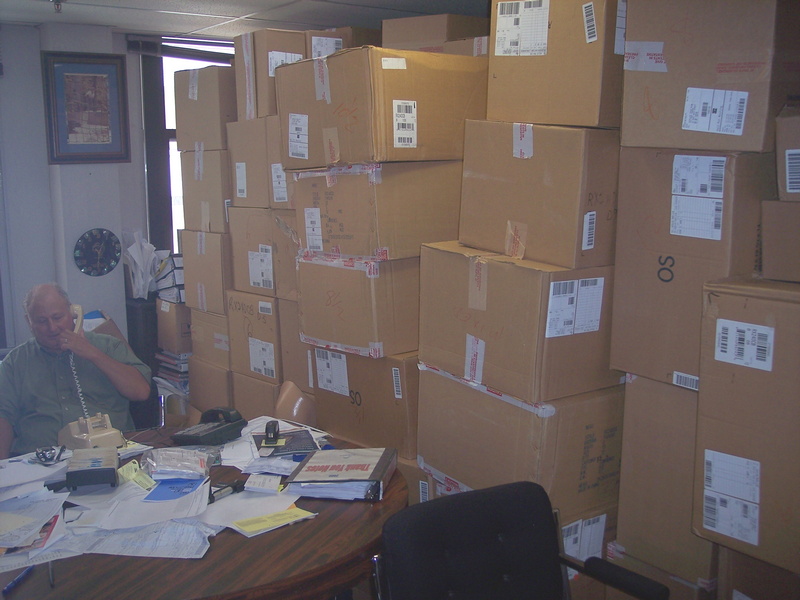
Above: After the groundbreaking on December 31st, 2012, more complaints began trickling in—just as they had since day one. Ever since launching Shoe4Africa, I’d received hate mail accusing me of “not helping with problems at home,” or focusing too much on Africa. But Shoe4Africa was never a narrow directive; it was a spirit of giving that traveled continents—Asia, Europe, Africa, and beyond. Case in point: I donated 1,000 pairs of brand-new running shoes to Dr. Dick Traum’s Achilles organization in New York City, where I served as Vice President for eight years and earlier as a board director for an additional eight years. In true Shoe4Africa style, we skipped the storage fees and stacked the shoes floor-to-ceiling in his office. Where I could help, I did. Let’s forget the boundaries.
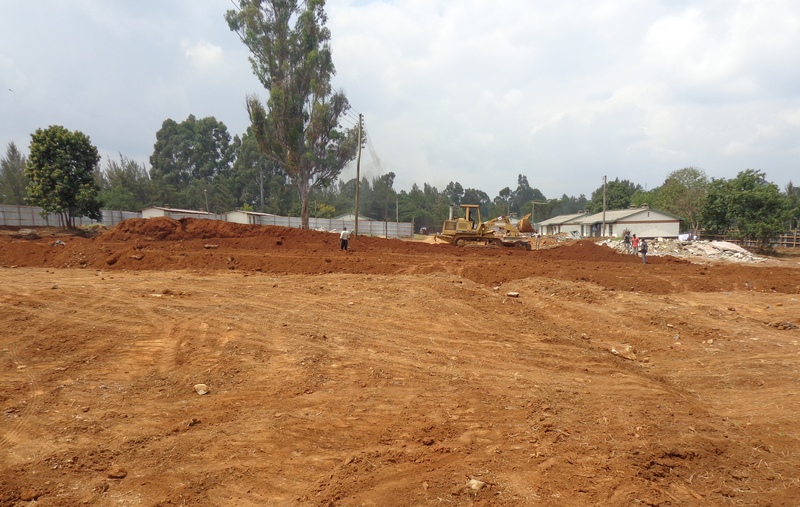
Above: I call this the Field of Dreams. July 2013, clearing the site for the planned hospital before the heavy construction began.
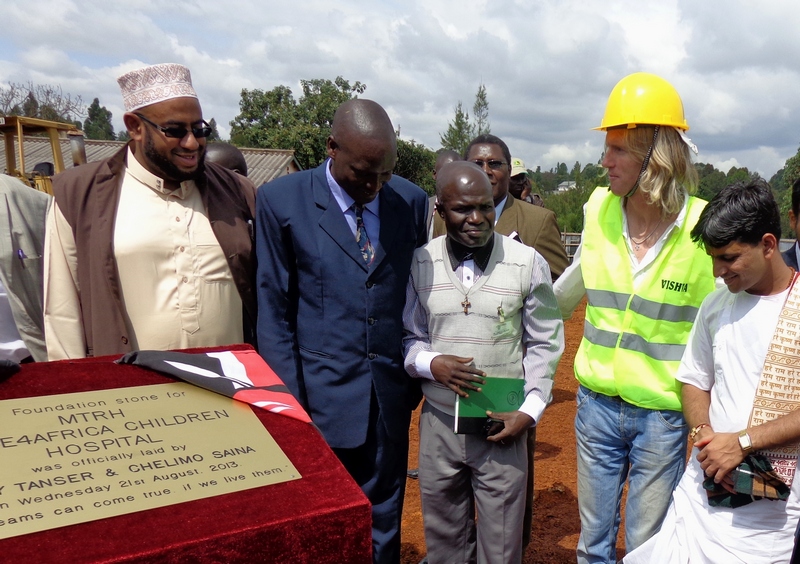
Above: At the laying of the foundation stone in August 2013, I wanted the moment to stand for more than bricks and mortar—I wanted it to represent unity. So I invited voices from across Kenya’s rich religious spectrum: an Imam, a Catholic priest, a Baptist minister, and a Hindu temple priest, each offering words of peace, hope, and harmony. The Rabbi? He was on his way, but got stuck in Eldoret’s notorious traffic. After the Kenyan clashes and division, it felt like the beginning of something bigger—what better place than a hospital where all faiths come together, not just to bless a building, but to uplift a nation with its first public children’s hospital.
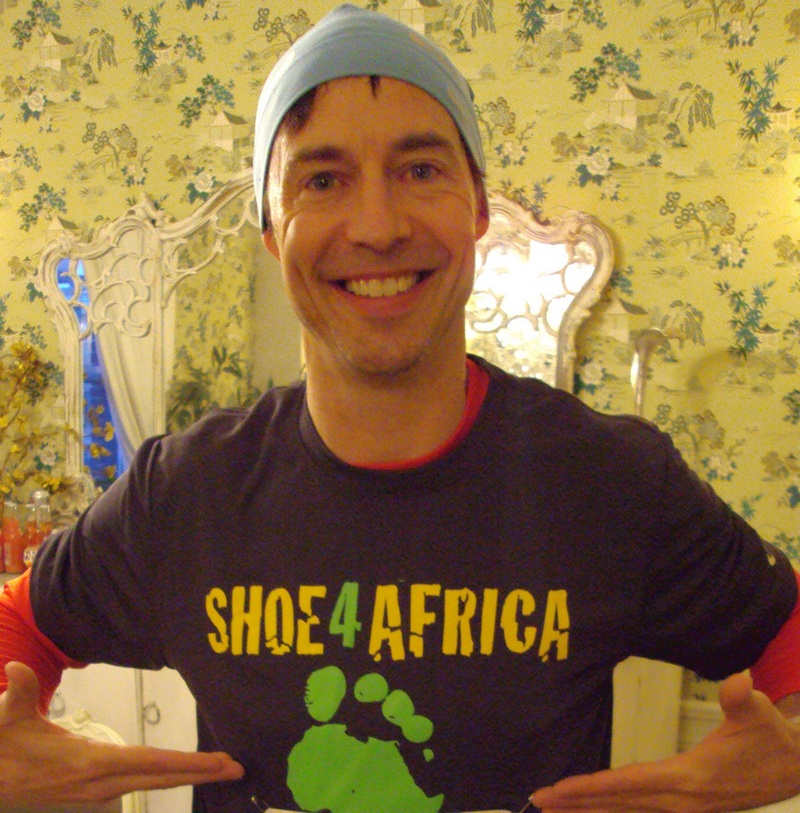
Above: Tom “FLASH” Cavanagh running for Africa! Tom, a Canadian, was actually born in Africa.
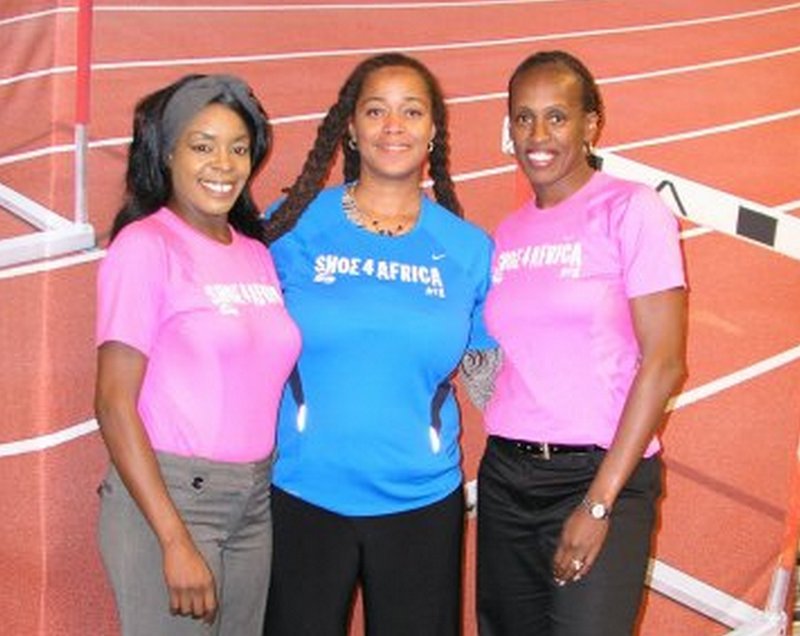
Above: Shoe4Africa Angels. Diane Dixon, the legend of Millrose & Dapper Don, Malaak Shabazz (Malcolm X’s daughter), and Jackie Joyner-Kersee, who has won six individual Olympic track & field medals (three gold); an American record.
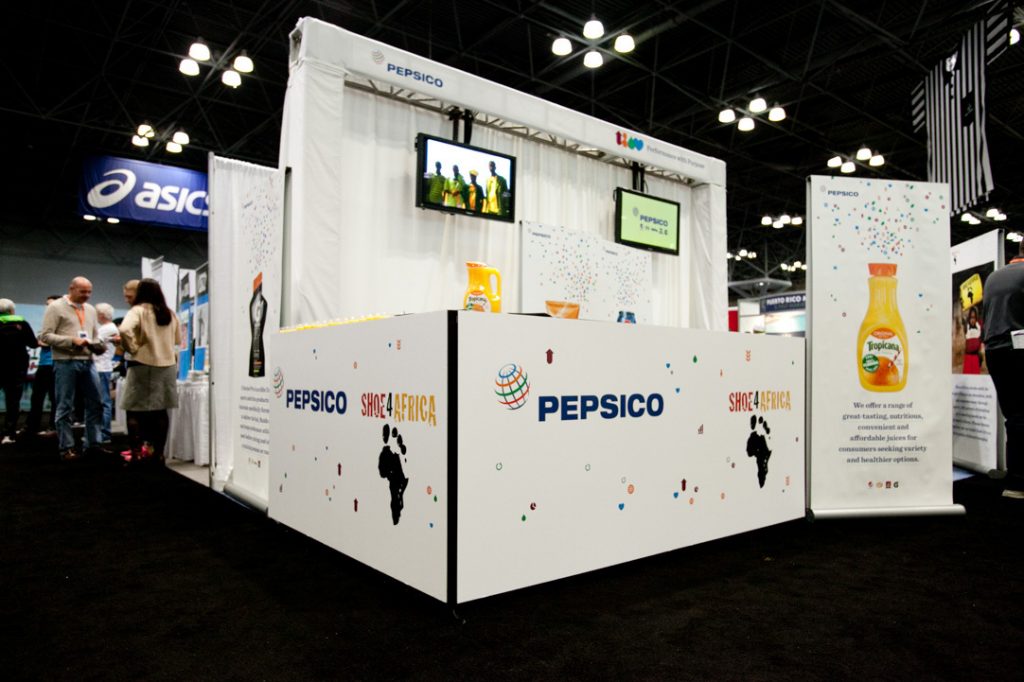
Above: One of PEPSI SHOE4AFRICA booths. Here at the New York City Marathon. With loads of product for the hungry runners, our booth was the #1 visited display in 2012 before the marathon was canceled on Friday night. True Pepsi/Shoe4Africa style, when the marathon was canceled $25,000 worth of product stored at the expo was sent to hungry mouths in Staten Island at makeshift homeless shelters.
Chapter Twenty Three. Love Is. A Nandi Elder, and Poison.
If this book is all about destiny, then read about Chelimo. I thought the chances of meeting her were slim (involving the CEO of T-Mobile, John Legere), but the story of her father, born in a cornfield in a long destroyed mud-hut, close to where I build my first school, miles away in the middle of nowhere…what that a coincidence?
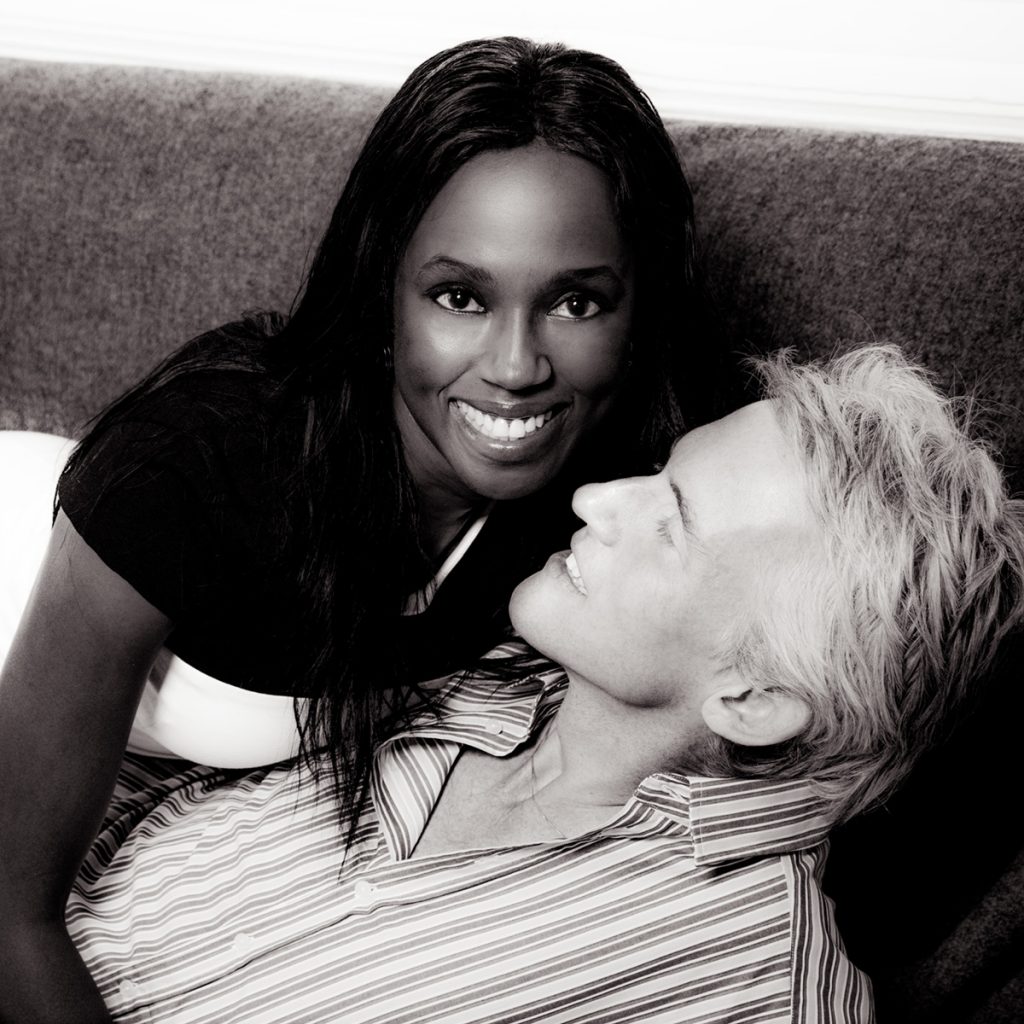
Love is…My favorite portrait of my wife. Credit: Mike Kobal
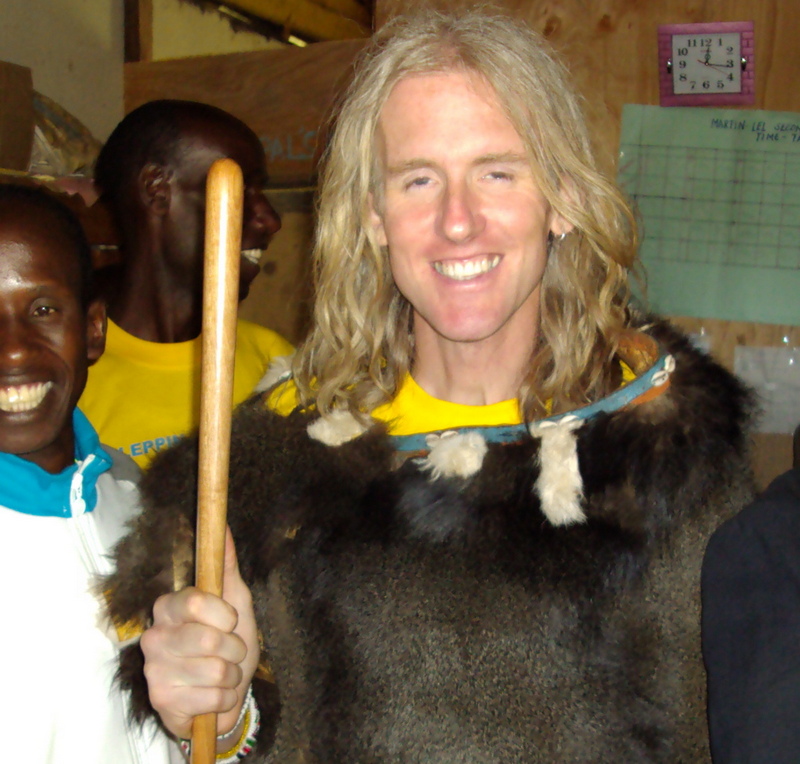
Above: Koitalel kept on creeping back into my story, hence I was honored, when the Nandi community initiated me as a ‘Nandi Elder’ (the highest tribal honor, I am told). Here, Martin Lel helps me dress into the Sambut (monkey skin) before the ceremony.
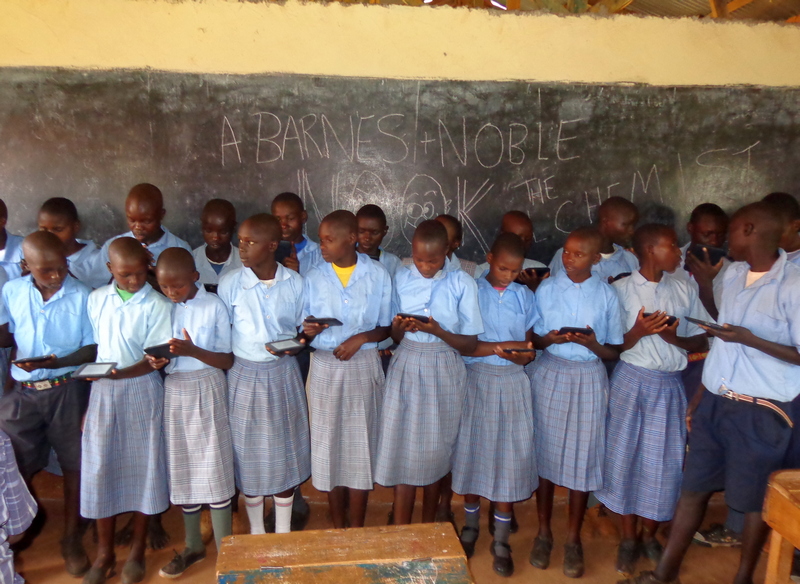
Every trip we started new projects, here with Peter Farago’s help we got tons of NOOK e-readers. Each book was preloaded with 300 books! Kids who had never owned a single book, now owned a library in their palm. Plus the charge held for months and was the same adapter for a common mobile phone. The kids loved them.
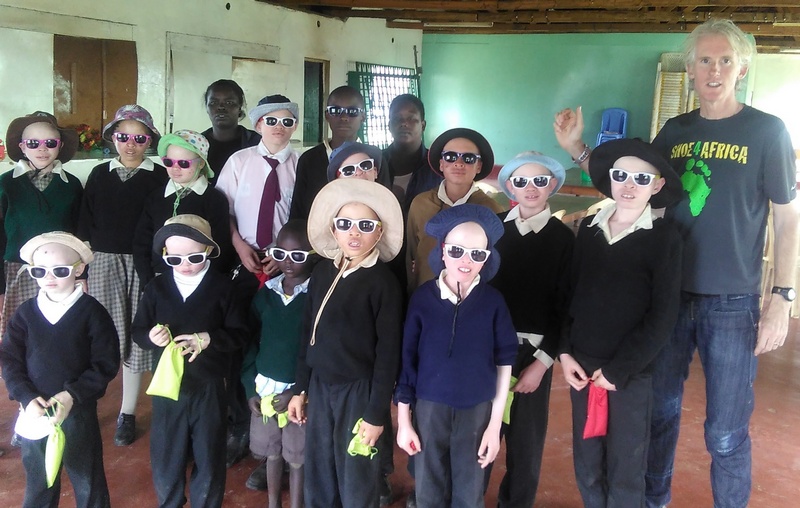
Above: Or other projects like giving hats, T-shirts, and UV sunglasses to every kid at a special Albino School in Eldoret.
Chapter Twenty Four. Flat Out On Fifth.
Just when I thought it would be plain-sailing, all the funds raised, construction had just started, on my way to some great meetings cycling down 5th Avenue, the unexpected happened.

Above: Brain Surgery to balance out the surgery I had at the millennium, on the other side of my skull. The fractures on the left side are from the picture that is above this one, (2013), and the fractures on the right side are from Zanzibar (1999).
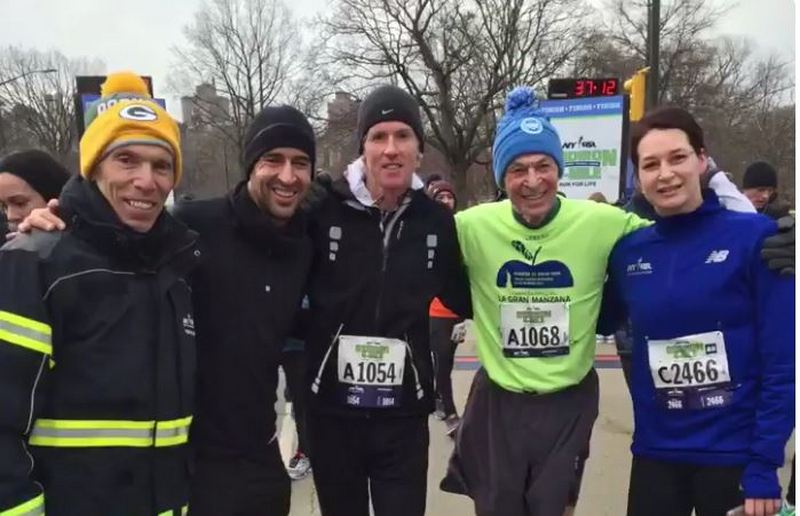
At a 4-miler with Raúl, a legend of the Real Madrid football club, with Peter Ciaccia, NYC marathon race director, NYRR Chairman George Hirsch, my running partner (green), and Erica Wolff. Every time after brain surgery, or any set back, I revert to running to get my life back on track again.
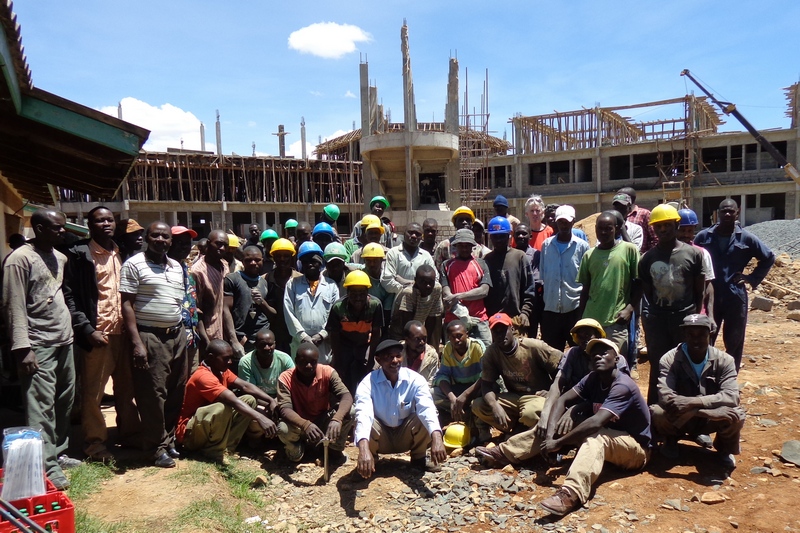
Above: On hots days, I liked to carry a few crates of soda over for our construction team. My site manager, Kimani, is center front in a white shirt.
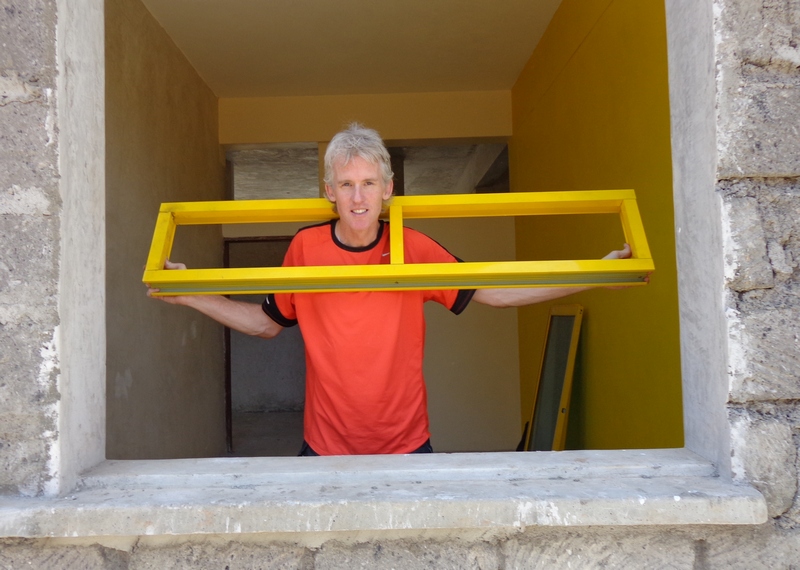
Above: Placing the very first window in the Hospital building.
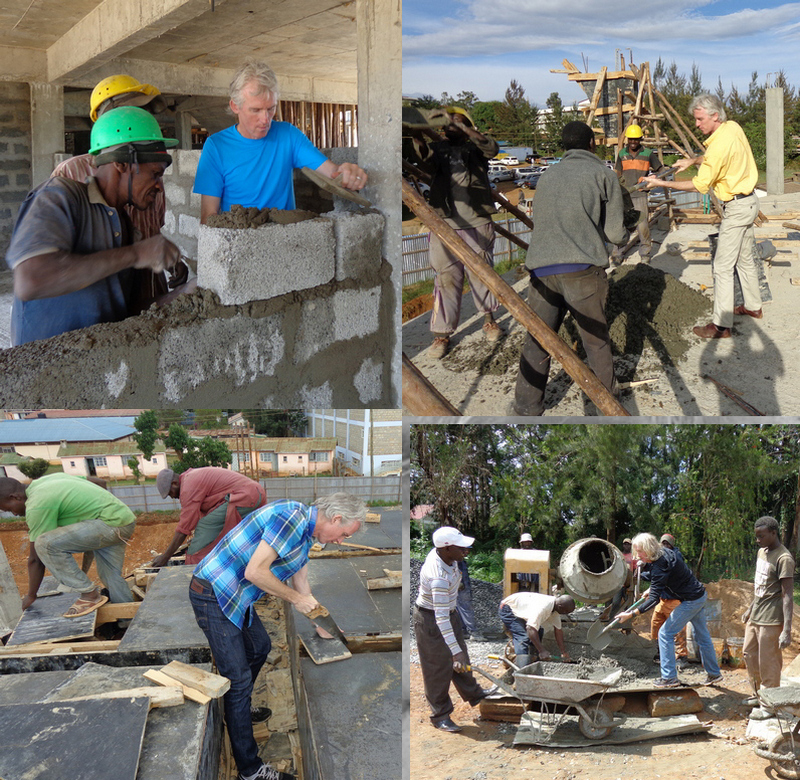
Above: Of course, whether I helped or not, I had to take part in every task! As many days as possible, I was a laborer on site.
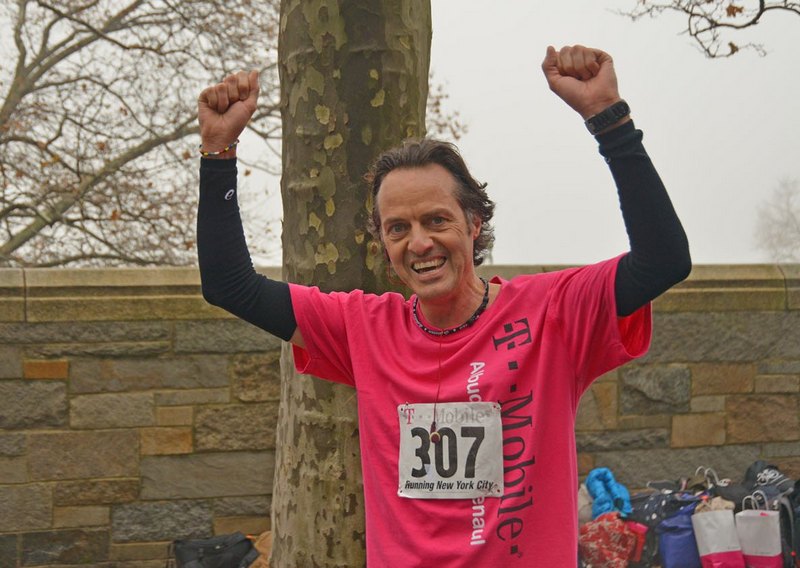
Above: John Legere was a tremendous help for us bringing in funds from T-Mobile and Samsung. T-Mobile sponsored this Shoe4Africa T-Mobile Manhattan 5k for us, and John almost won the whole race; he was a national class runner before he turned into business man extraordinaire.
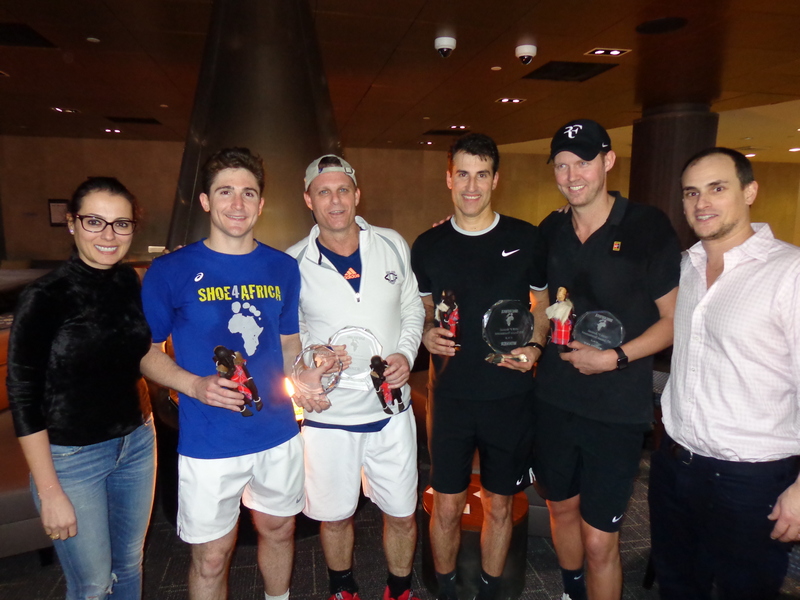
Above: Zeynep, left, a great board member and the founder of our tennis tournament Aces4Africa in 2017. Right-Her husband, Dave Siegel, who has been our chairman for the past decade. Billie Jean King, stepped forward and for the first three years of the tournament donated a signed racquet.
Chapter Twenty Five. No Finishing Line.
You think you will celebrate, relax, sit back, but in reality achieving something often opens your eyes to how much more is needed to be done, and a day of celebration turns to a day of reflections.
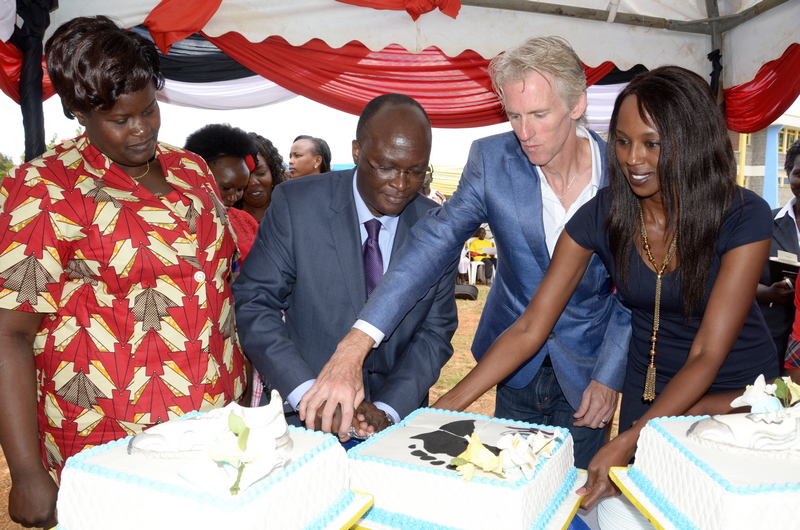
Above: Cutting of the cake at the Grand Opening of East & Central Africa’s 1st Public Children’s Hospital with both the Permanent Secretary, and the Cabinet Secretary of Health for Kenya. Note the Shoe logo on the cake.
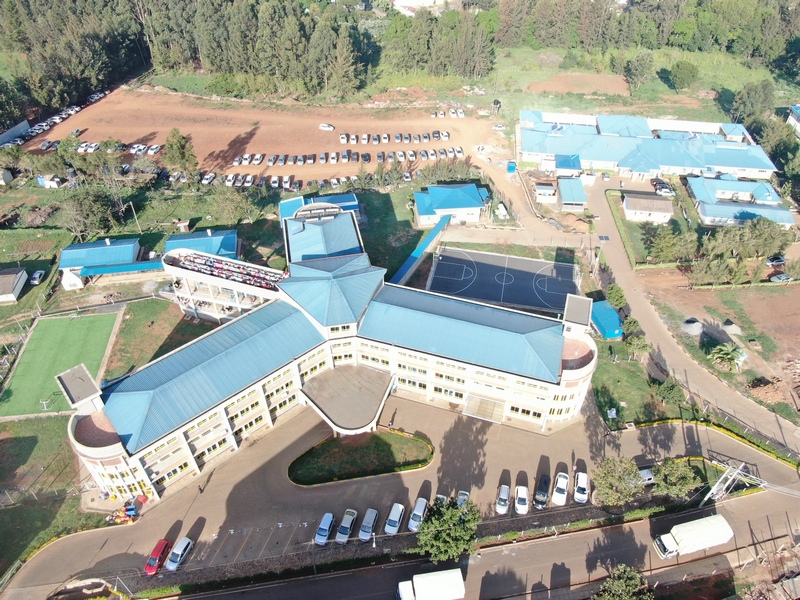
Above: A sky view of the finished Shoe4Africa Hospital. The red dirt (top), where the cars are gathered, is the site for the Shoe4Africa Juli Anne Perry Children’s Cancer Hospital.
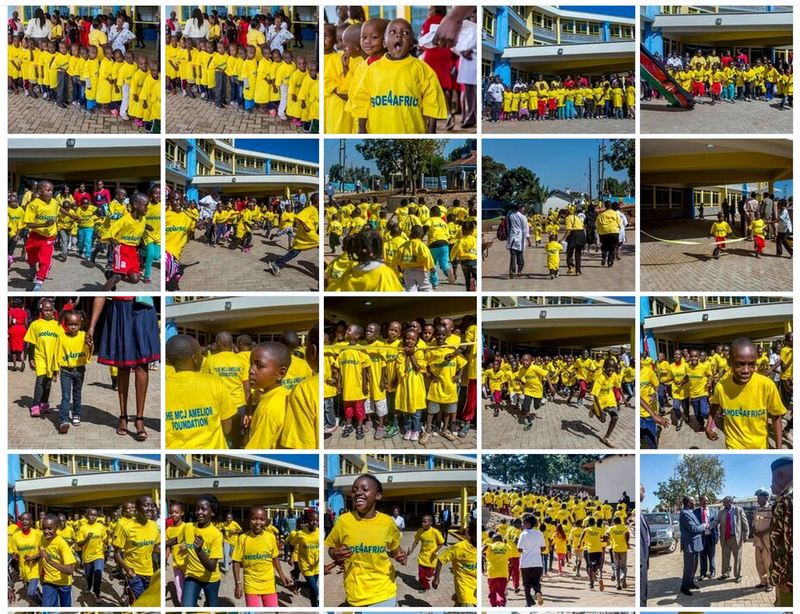
Above: A kids fun run at the opening day. One of the many events sponsored by the MCJ Amelior Foundation who started helping us in 2009 – Huge thanks to Michael Chambers.
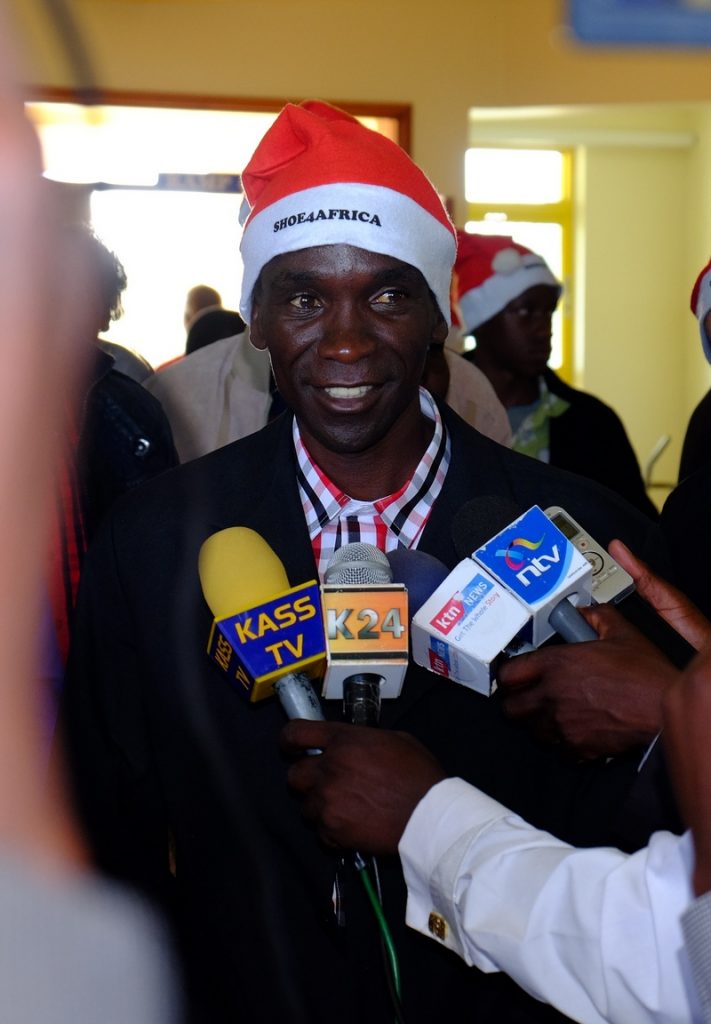
Above: In 2015, Eliud Kipchoge became our first Hospital Ambassador. A couple of years later, he got very famous and suddenly everyone wanted him as their ambassador. Yup, proud to say also, he’s my in-law (Nandi: Bomuru).
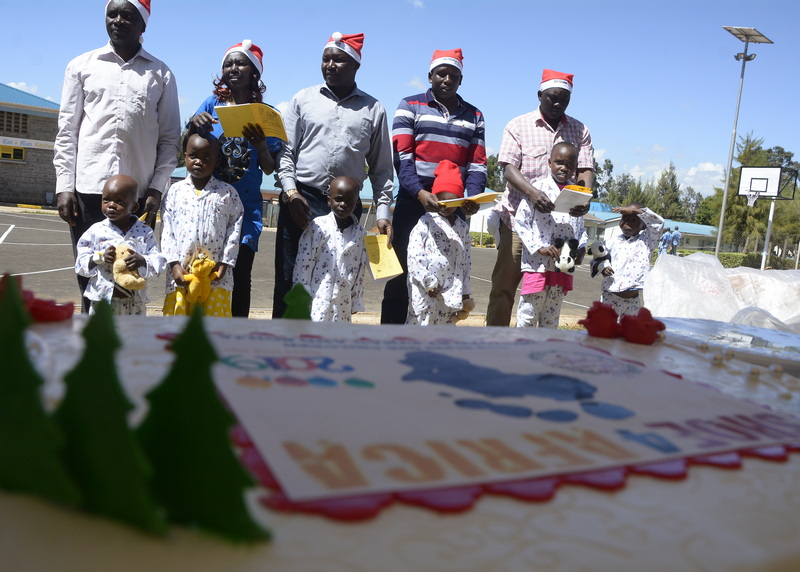
Above: Opening the Basketball Court, Ethan Michaels donated a nice cake, and Jonah Birir, Mary Keitany, Moses Tanui, Martin Lel, and Matthew Birir (famous runners all), came to sing carols with the kids and hand out gifts…before shooting hoops.
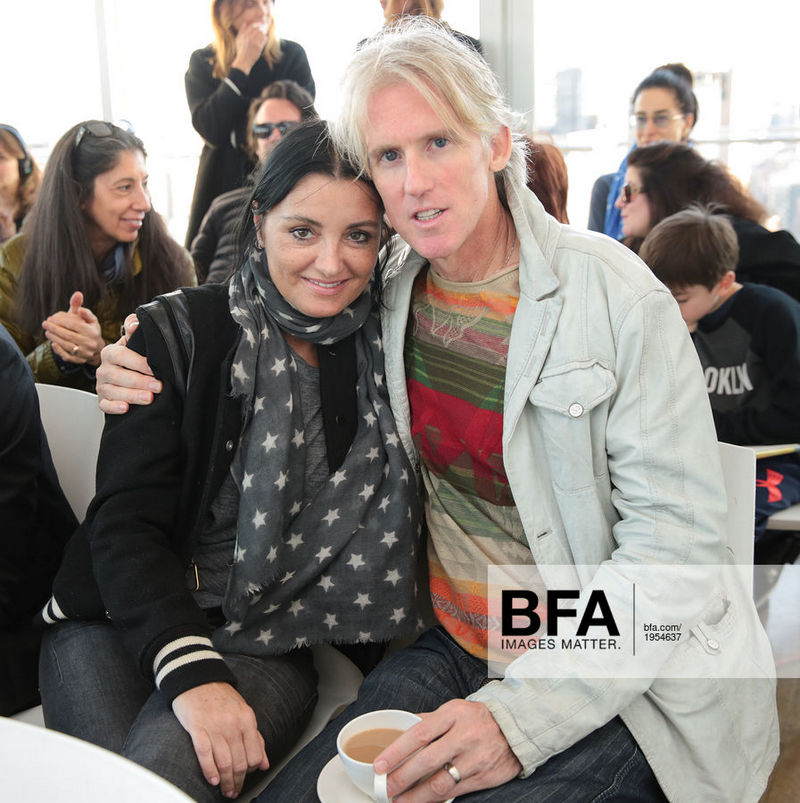
Above: After the hospital was opened, there are many people I had to thank, so I was happy to bump into Jeanine Lobell, at a District Vision event in NYC. Jeanine was so helpful in the early days and apart from drink her Gevalia coffee, I did little to say thank you. Once again, Thank you Jeanine, and not just for the $125,000 you donated with Anthony either; thank you for so much more!
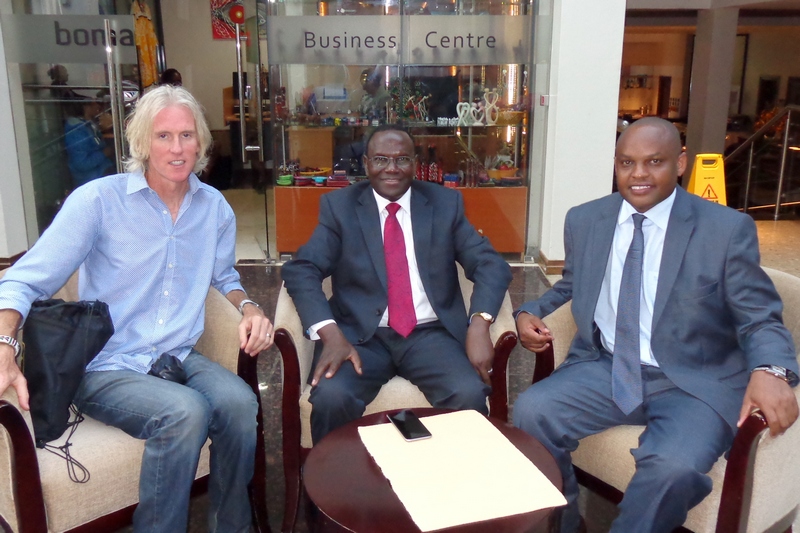
Above: Myself, Minister of Health Dr. Cleopa Mailu, and the wonderful Dr. Wilson Aruasa, the CEO of MTRH who governs and runs the Shoe4Africa Hospital. Dr. Aruasa was one of three original Hospital Board members from back in 2011, along with me and Dr. Kibosia.
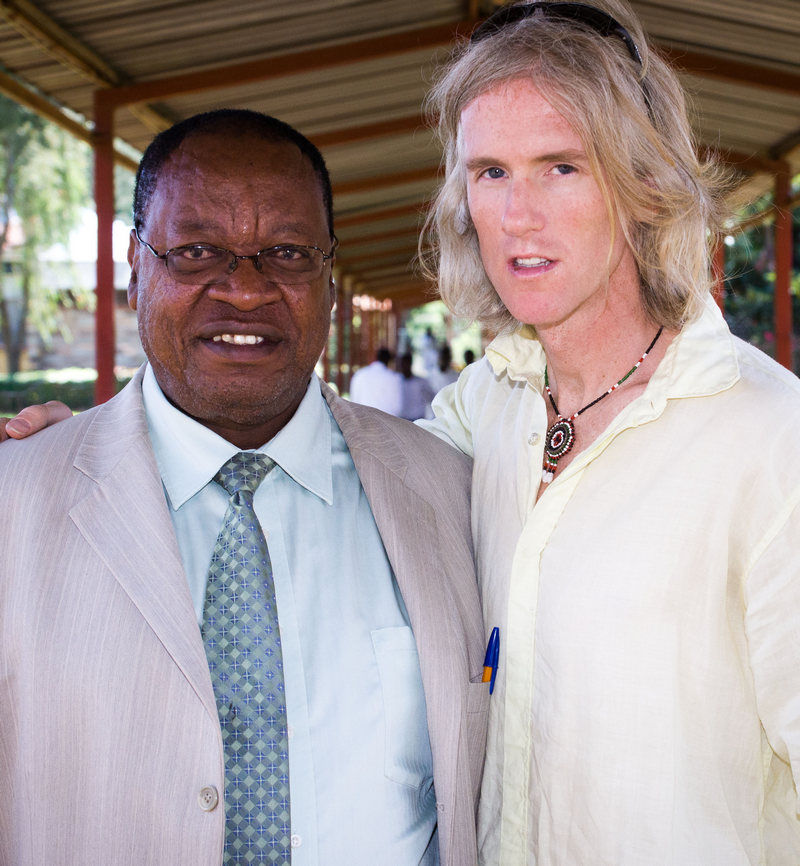
And the third board member, Dr. John Kibosia; also the man who told me about the 9/10 deaths for kids with cancer in sub-Saharan Africa.
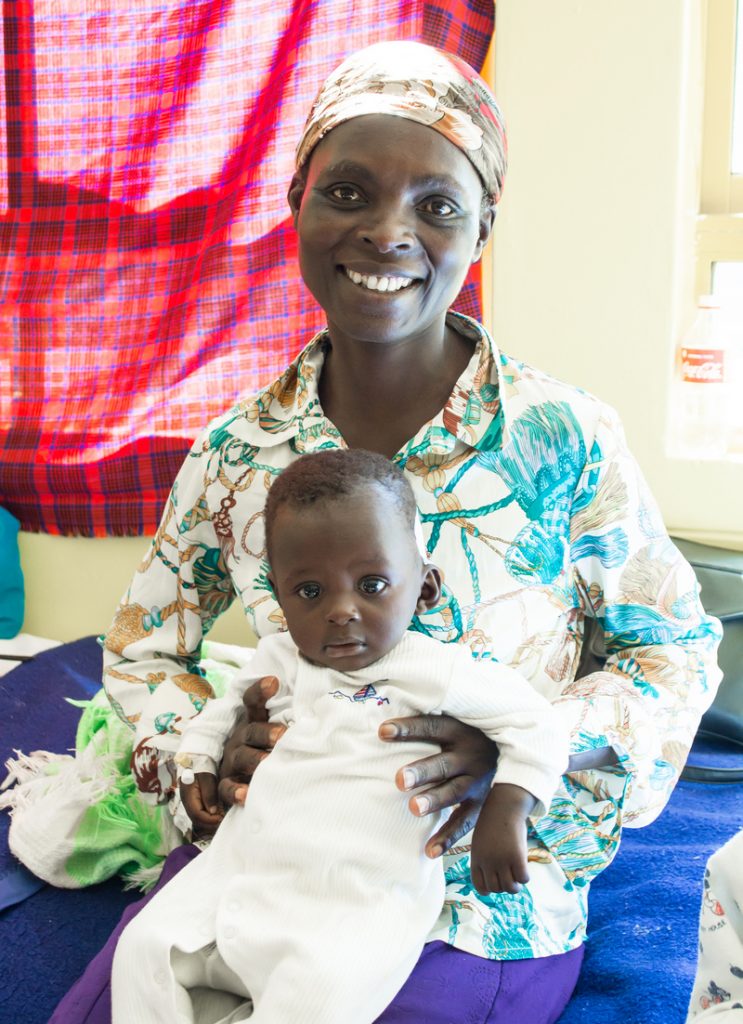
Above: A happy patient and Mom!
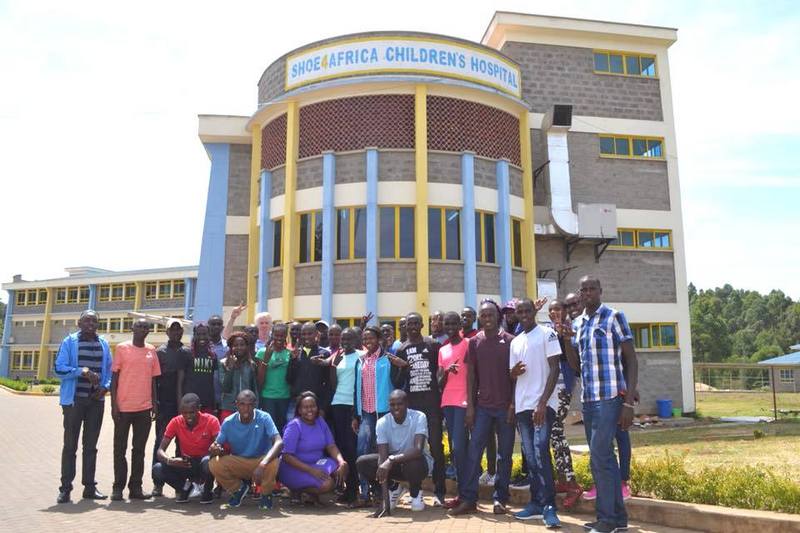
Above: Every year, the 2 Running Club brings a team of around thirty world-class athletes. With more distance stars than you’d find at a typical European Grand Prix meet, it’s a day our young patients never forget. The athletes always arrive with gifts—and big hearts—to inspire the kids and bring genuine joy. Thank you, 2 Running!
Epilogue. Ever Onward.
And just when I thought the story had ended, someone whispered something that seemed impossible. It would take a miracle—but like all the best stories, that miracle came.
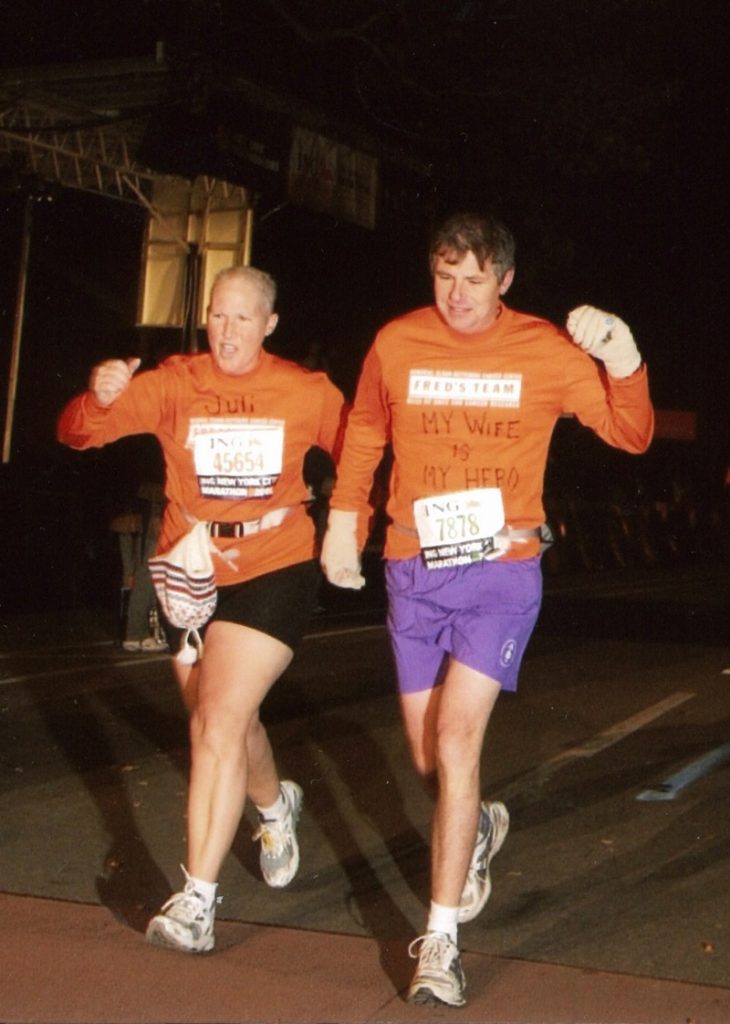
Above: Juli Anne and Doug. You’ll find the deeper meaning of this moment in the Epilogue—but for now, let’s look ahead with hope. The Shoe4Africa Juli Anne Perry Children’s Cancer Hospital will soon become the first public children’s cancer hospital in sub-Saharan Africa. A hospital for every child, not just a privileged few.
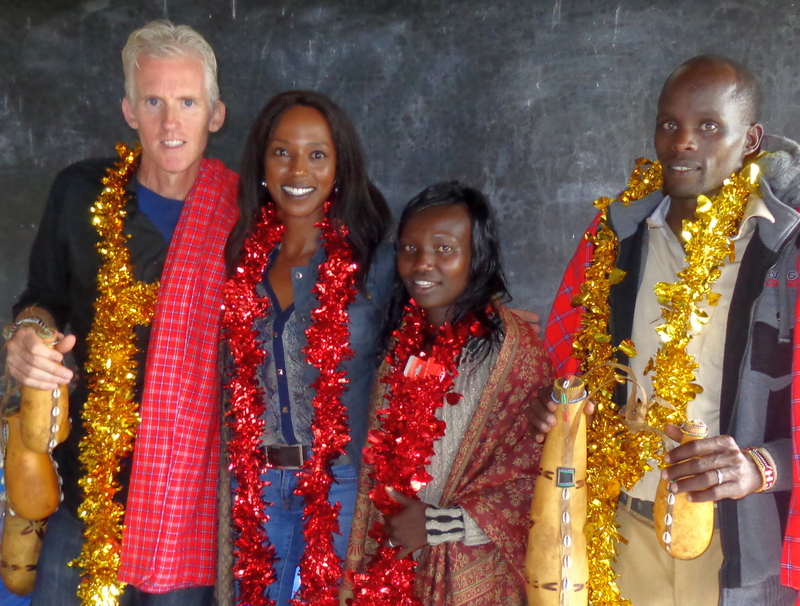
Above: In 2018, I had no plans to build another hospital—I was fully focused on helping build a school for Mary Keitany, one of our longtime ambassadors. Pictured here with Paul Chelimo, Mary, and her husband Charles Koech—whose brother, Benson, once held the world junior 800m record and trained with me in Colm’s group back in 1995.
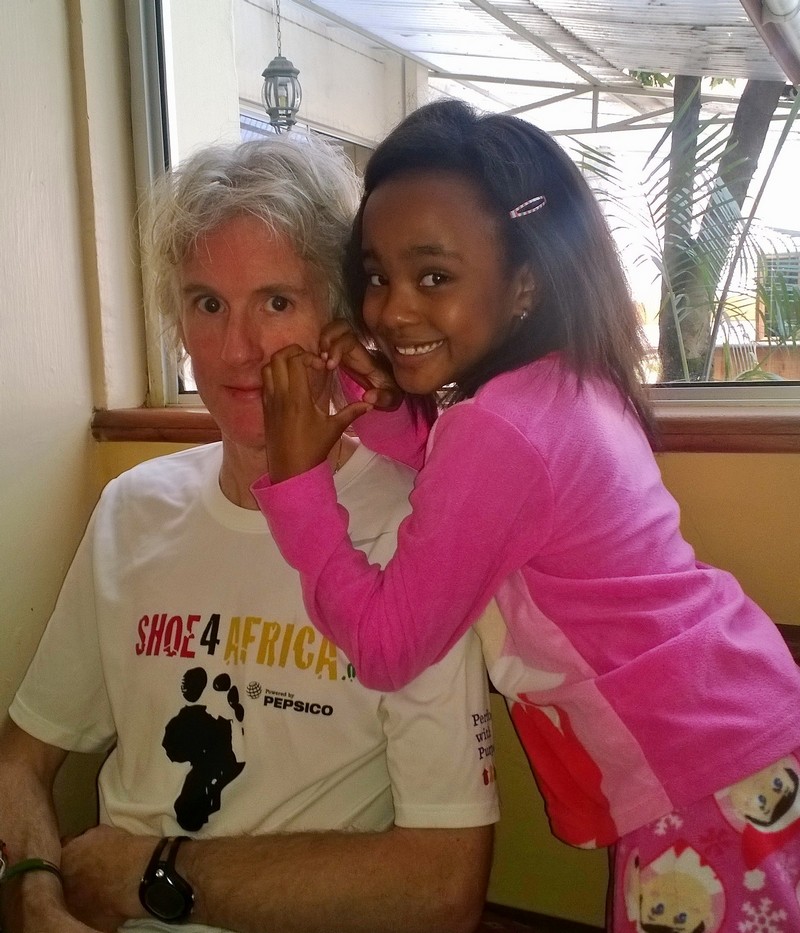
Above: Family shots. My stepdaughter, Lindi Tele. Here in Nairobi, Kenya. On this trip, she opened her first school!
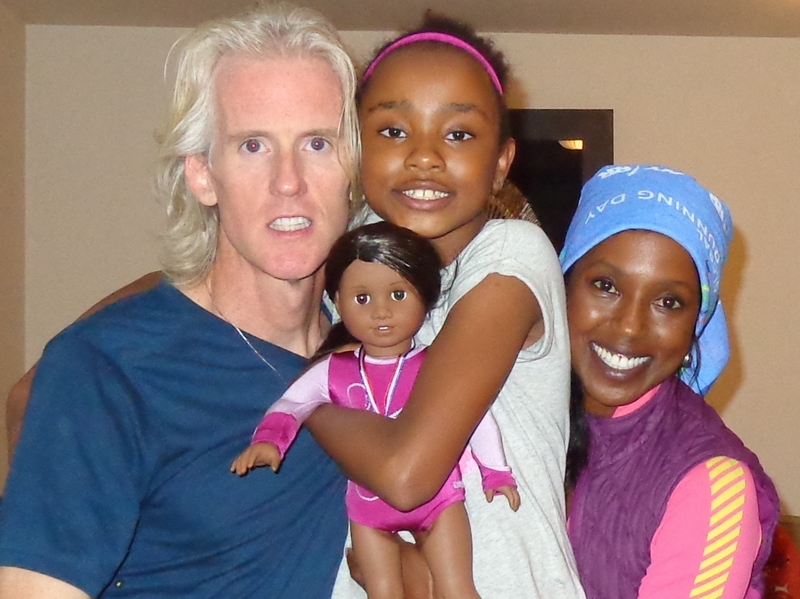
Above: And a family shot here in America.
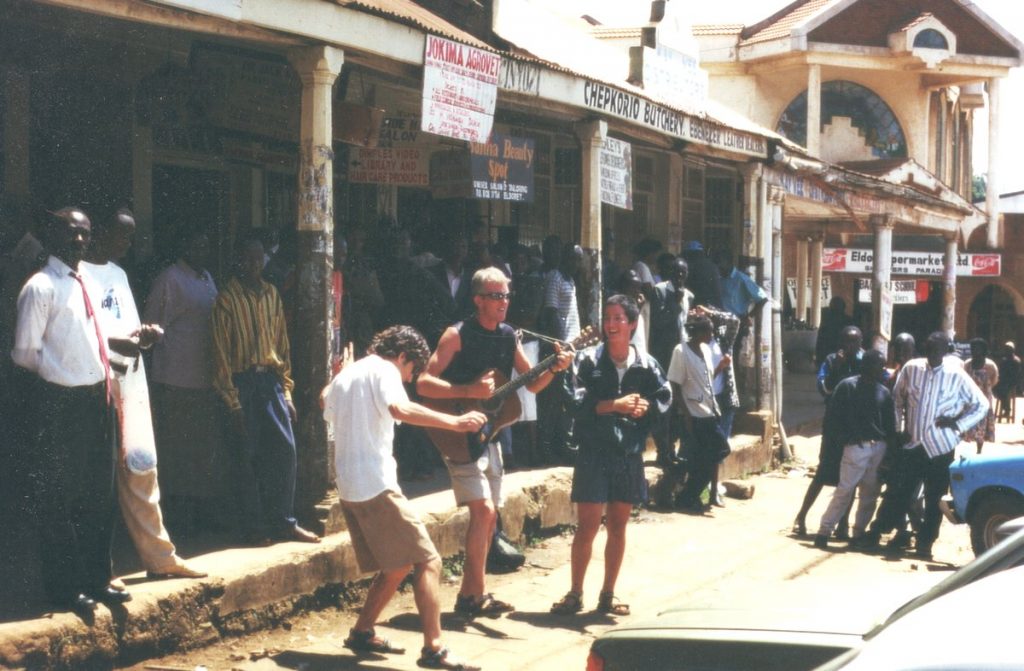
By the way, Noel did make it to Eldoret a couple of years later—and what did we do? We earned 390 KSH in twenty minutes busking on Eldoret’s main street, belting out Rolling Stones songs. I sang, Noel danced, and most of the town smiled!
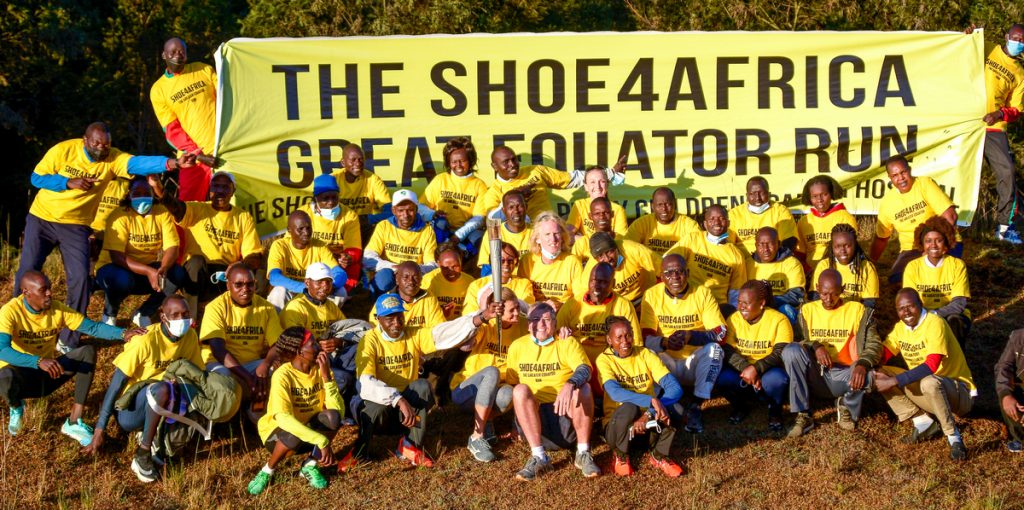
Above: And yes—this was the Amazing Greater Equator Run I spoke about in the Epilogue. A fun day, with a host of running legends joining us: Paula Radcliffe (back row center, next to Moses Kiptanui), Paul Chelimo (far left squatting), Daniel Komen (far left standing), Sally Barsosio, Janeth Jepkosgei, Lydia Cheromei, Matthew Birir, and many more. A celebration of unity, purpose, and the unmatched spirit of running!
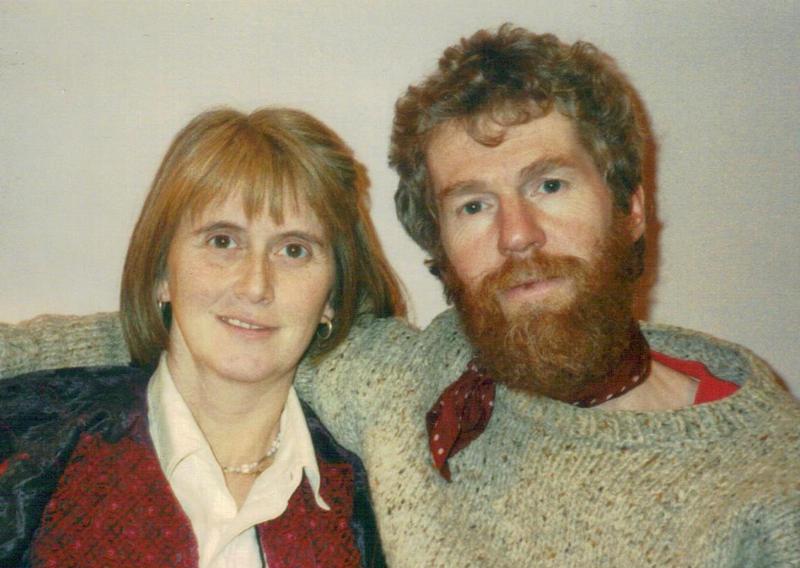
Above: Jennie and Colin—my parents in their forties. They married in 1963 and stayed devoted to each other until my father passed away in 2021. In all my life, I never once heard them argue. I couldn’t have asked for better life teachers. Because of the COVID-19 travel restrictions, I wasn’t able to be by his side when he died, but I’m grateful for a beautiful week we shared just before the outbreak. As I sat at his bedside, one thought struck me deeply: I had never heard him say a single bad word about anyone. Not once. A quiet legacy of a life filled with kindness and grace.
The story: What happened? Zanzibar, Tanzania. December 29th, 1999. Two malicious men viciously attack the runner, Toby Tanser, with a machete and a baseball bat as he runs along the Indian Ocean shoreline. Escaping with a fractured skull and his severed wrist, he must run to save his life.
Arriving at a dilapidated clinic with no antibiotics or anesthetics, it takes Toby eleven days of suffering before he can fly to England for brain surgery. Before traveling, on the night of the millennium, an Indian doctor insists of a greater meaning why he traveled to Africa; time would reveal this purpose.
Back in New York, Toby wants to assist the people he left behind. His friends do not understand the compulsion to help a region where he almost died. Fantastic opportunities arise in the Big Apple; why not prioritize a personal life? He is a columnist and author, befriends movie stars and coaches athletic teams, and a state university. He sits on the board of directors hosting the world’s largest marathon, but he never forgets Africa.
Eight years later, after hosting a peace movement with dozens of Olympians in a conflict zone, the meaning surfaces on a morning like no other. Hearing of a three-year-old’s murder inside a burning church, the repeating of the doctor’s prophetic sentence, and being handed a proposal to build a giant hospital make for one crazy day. Connecting the dots, he knows, this is a call of destiny. But accepting the plan will mean abandoning the lucrative launch of the Manhattan Marathon, a venture created with his billionaire partner. Should he take the money and run, or serve as an unpaid volunteer, and attempt building East & Central Africa’s 1st public children’s hospital?
